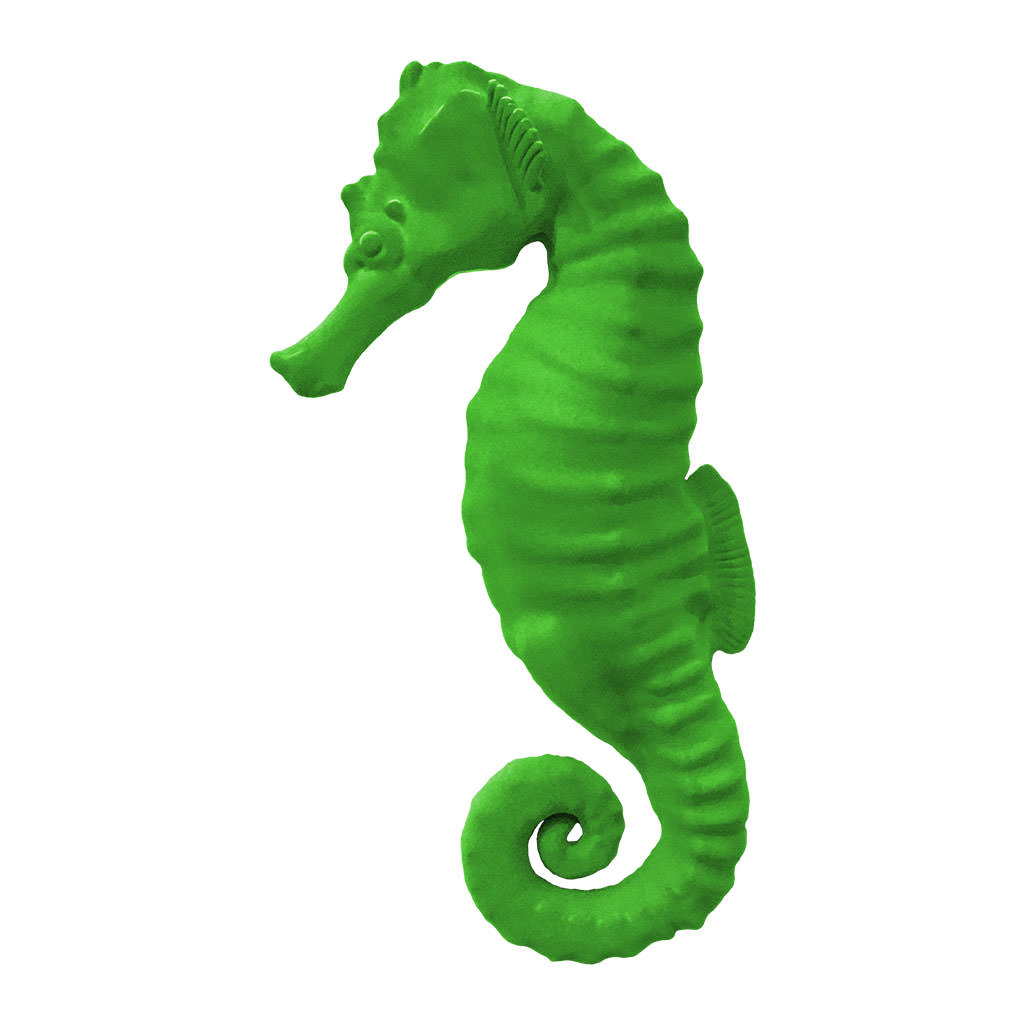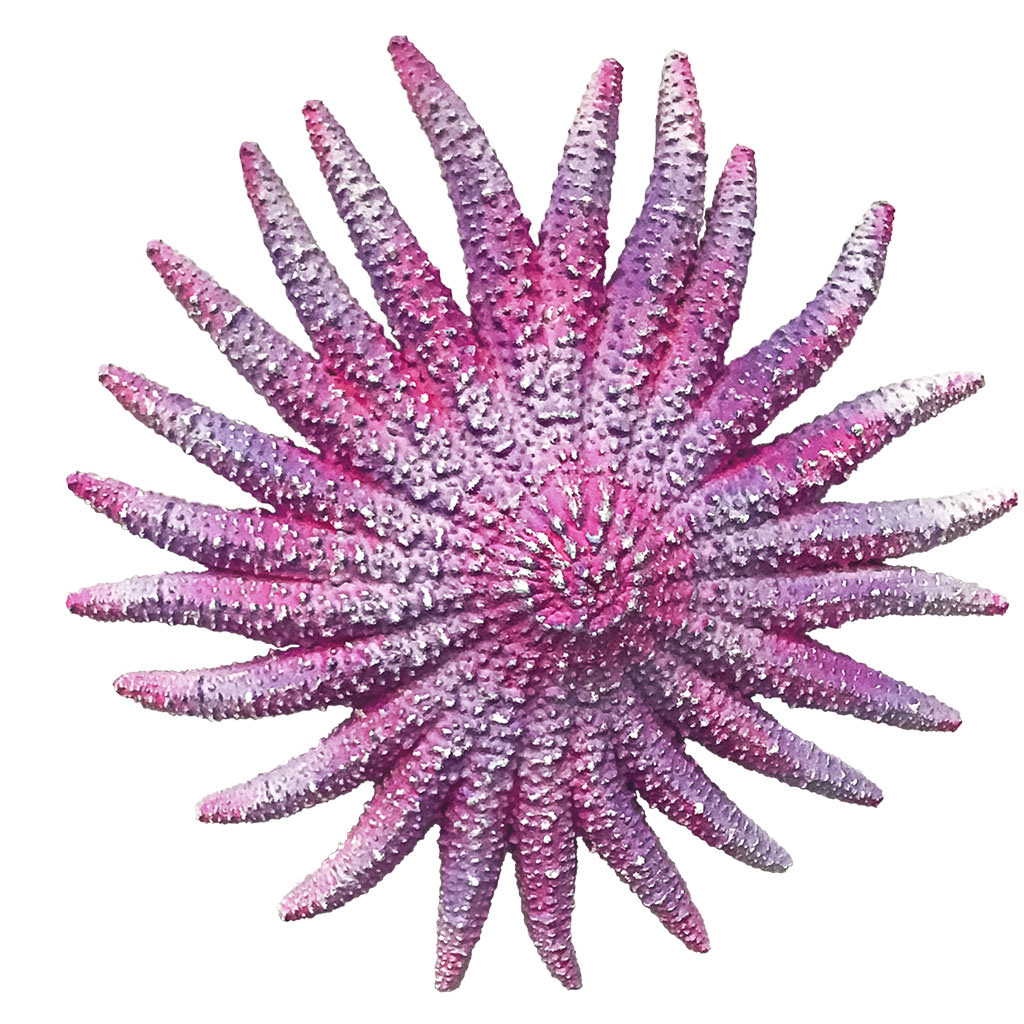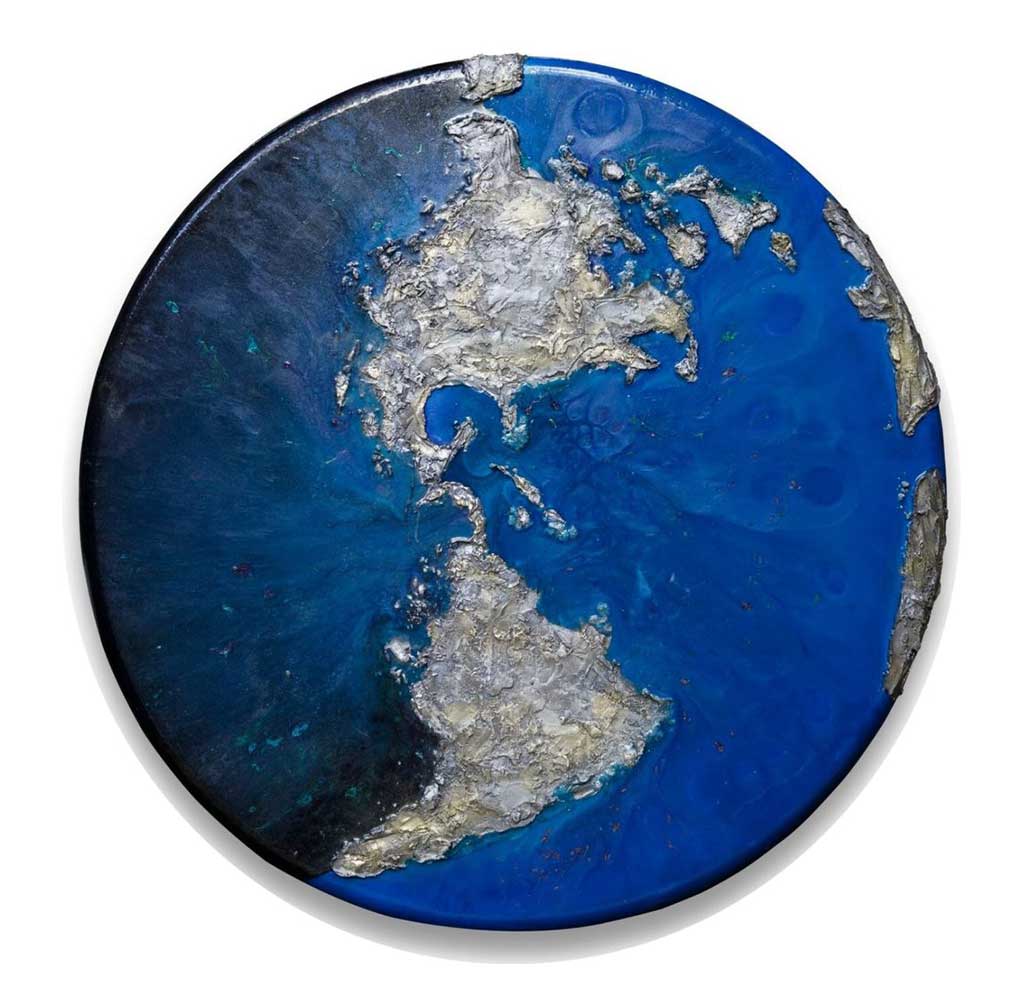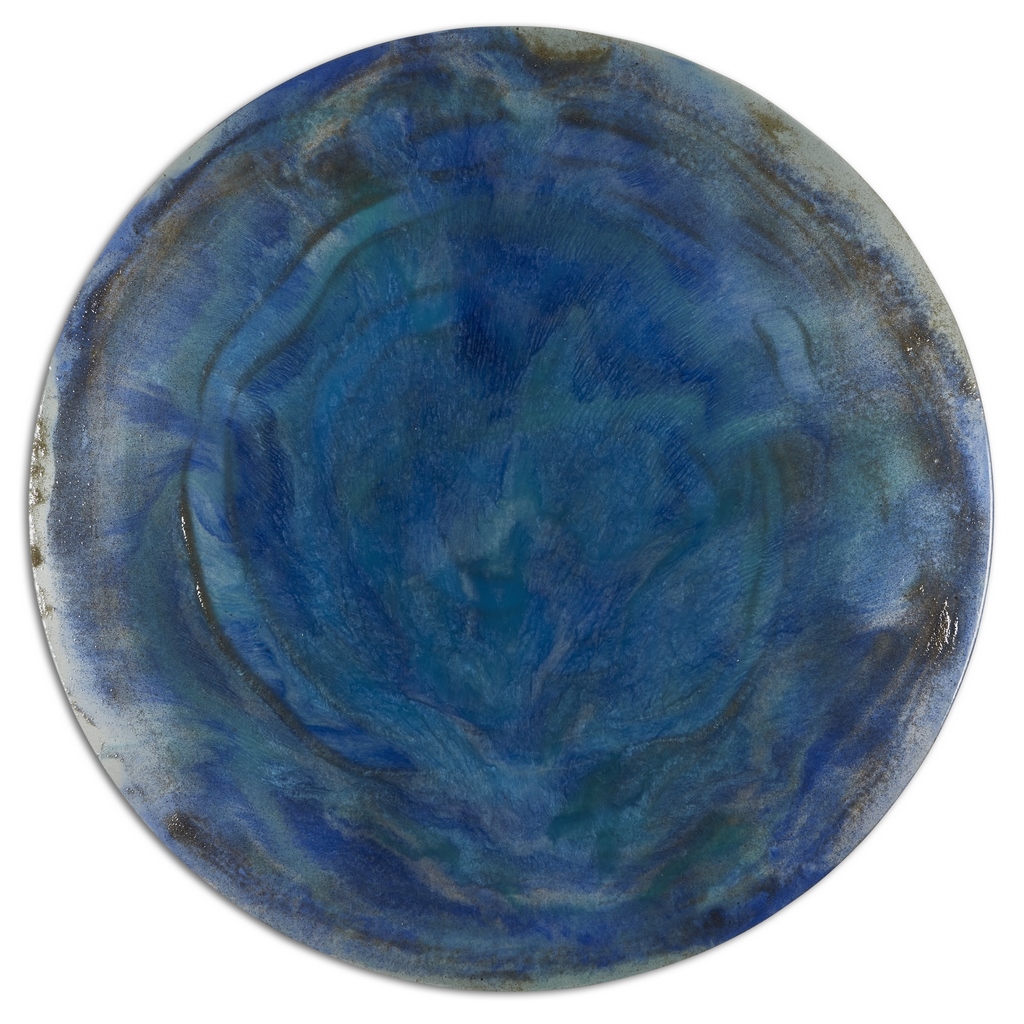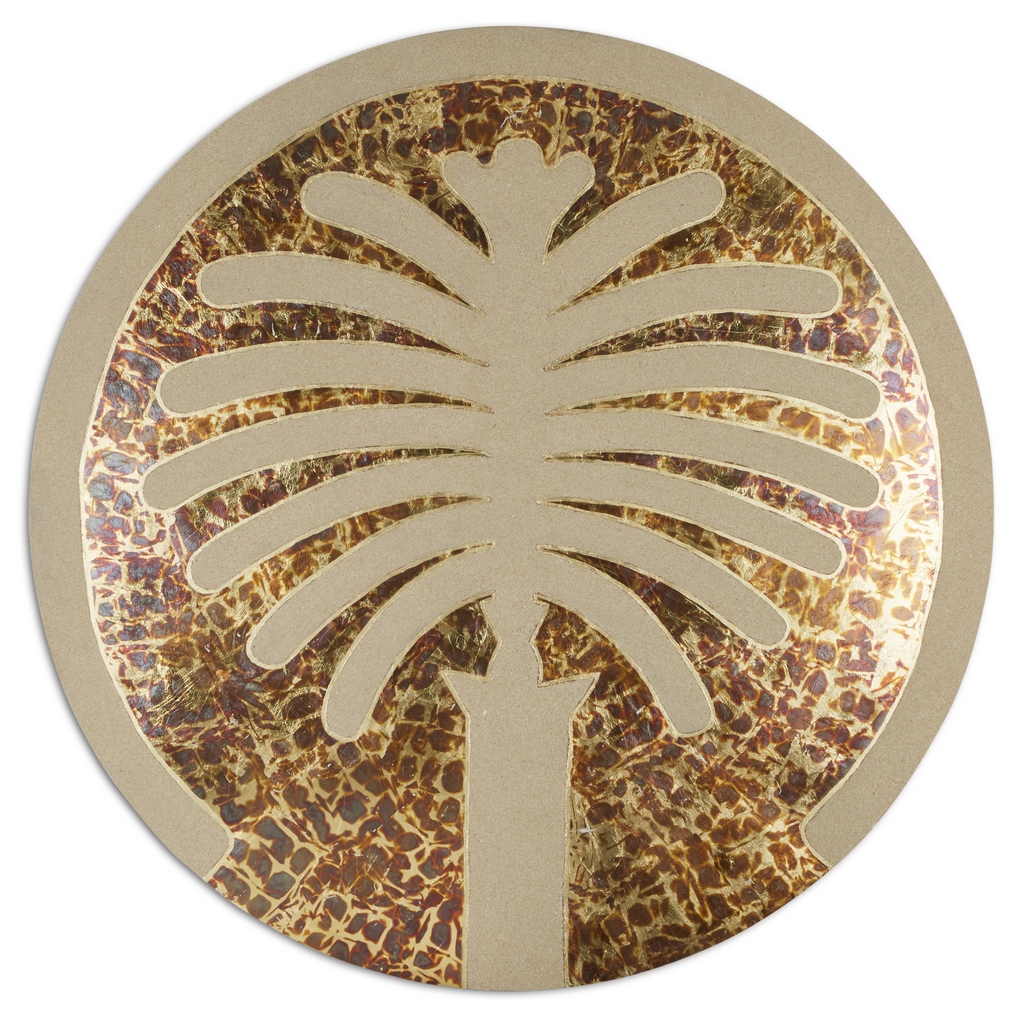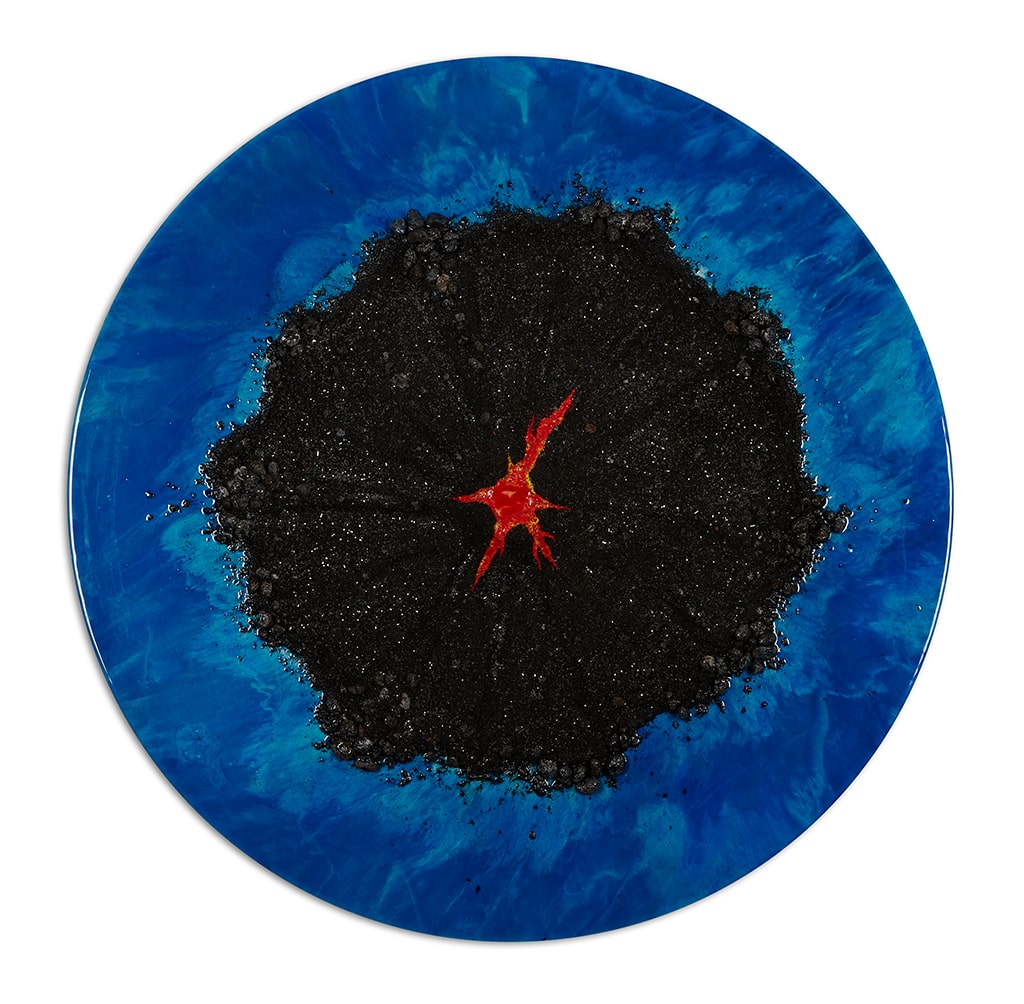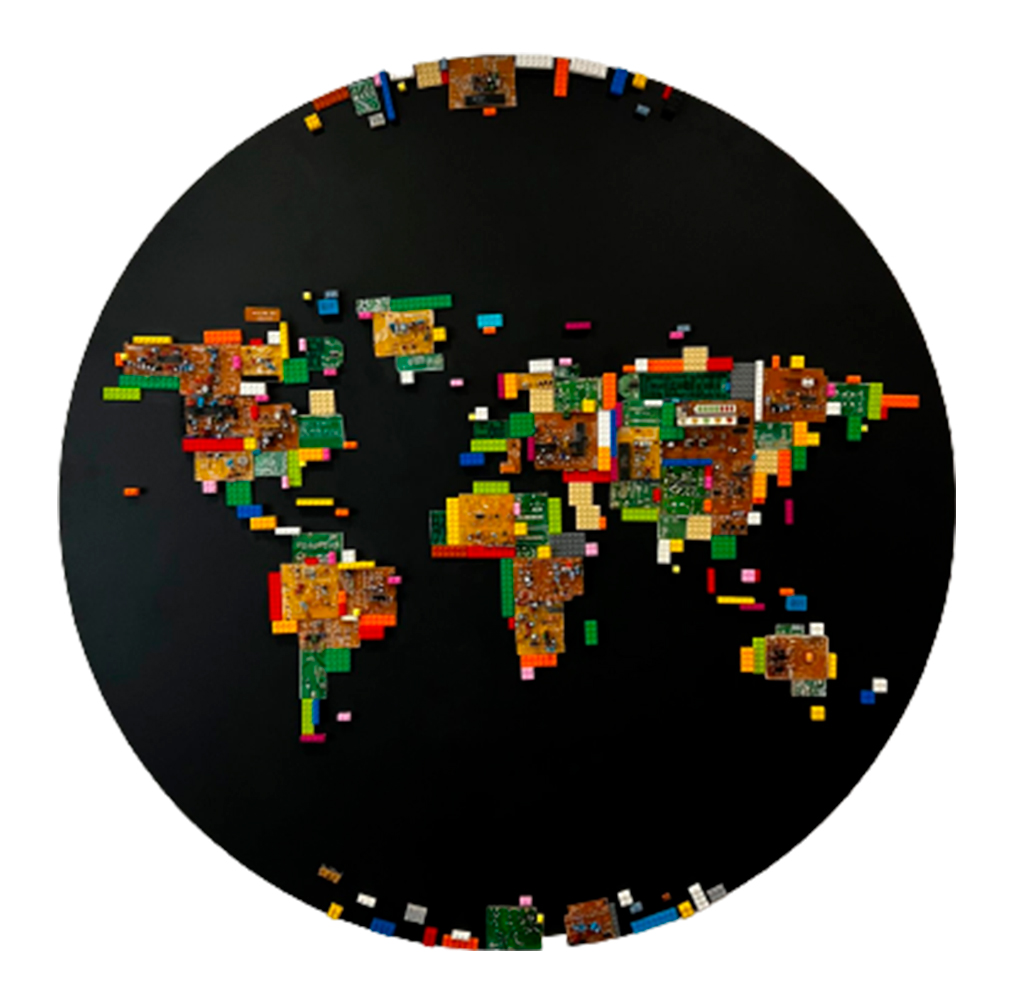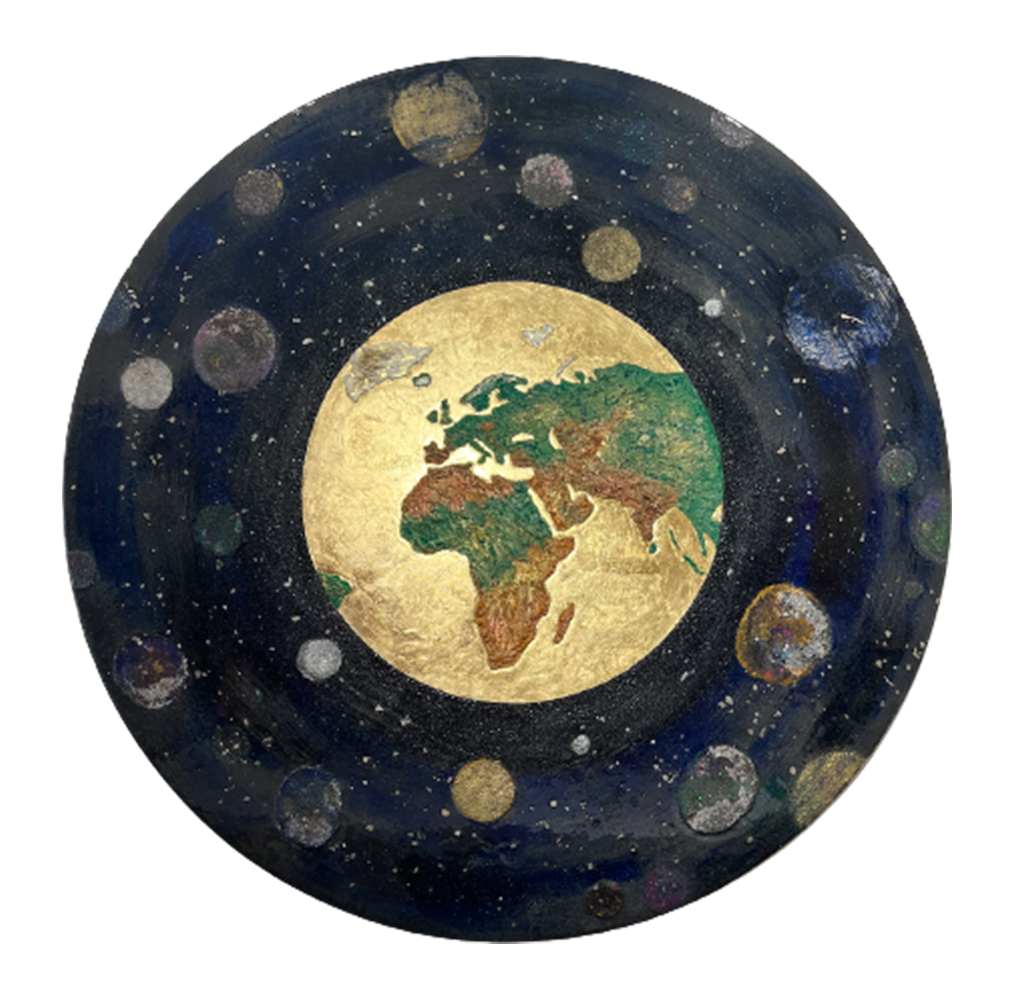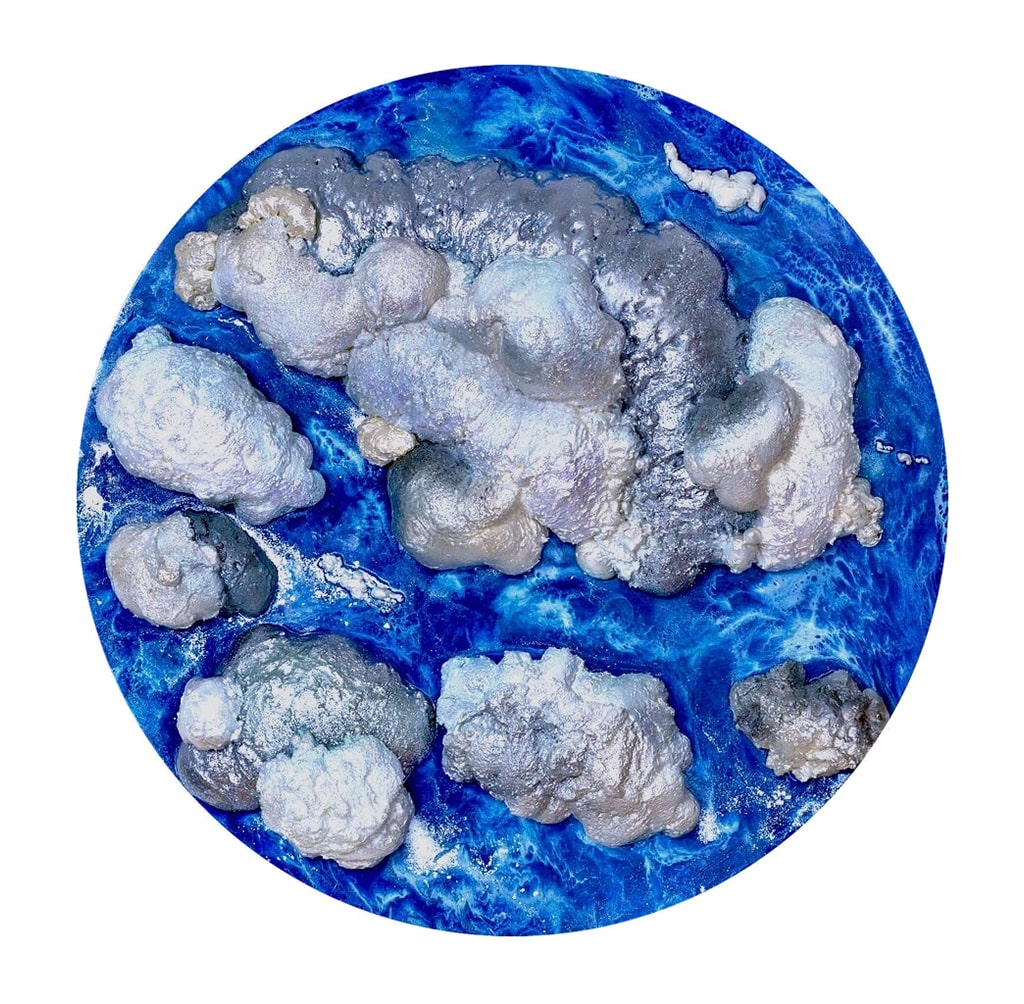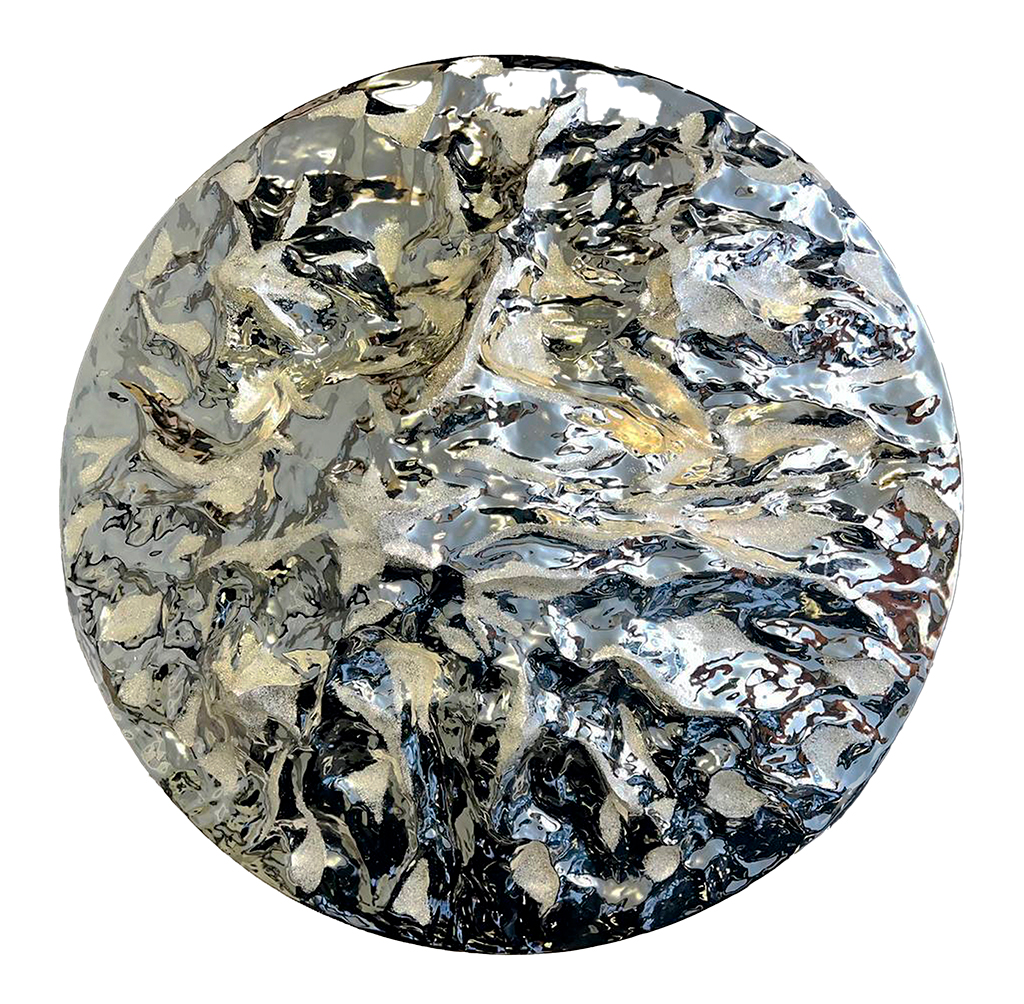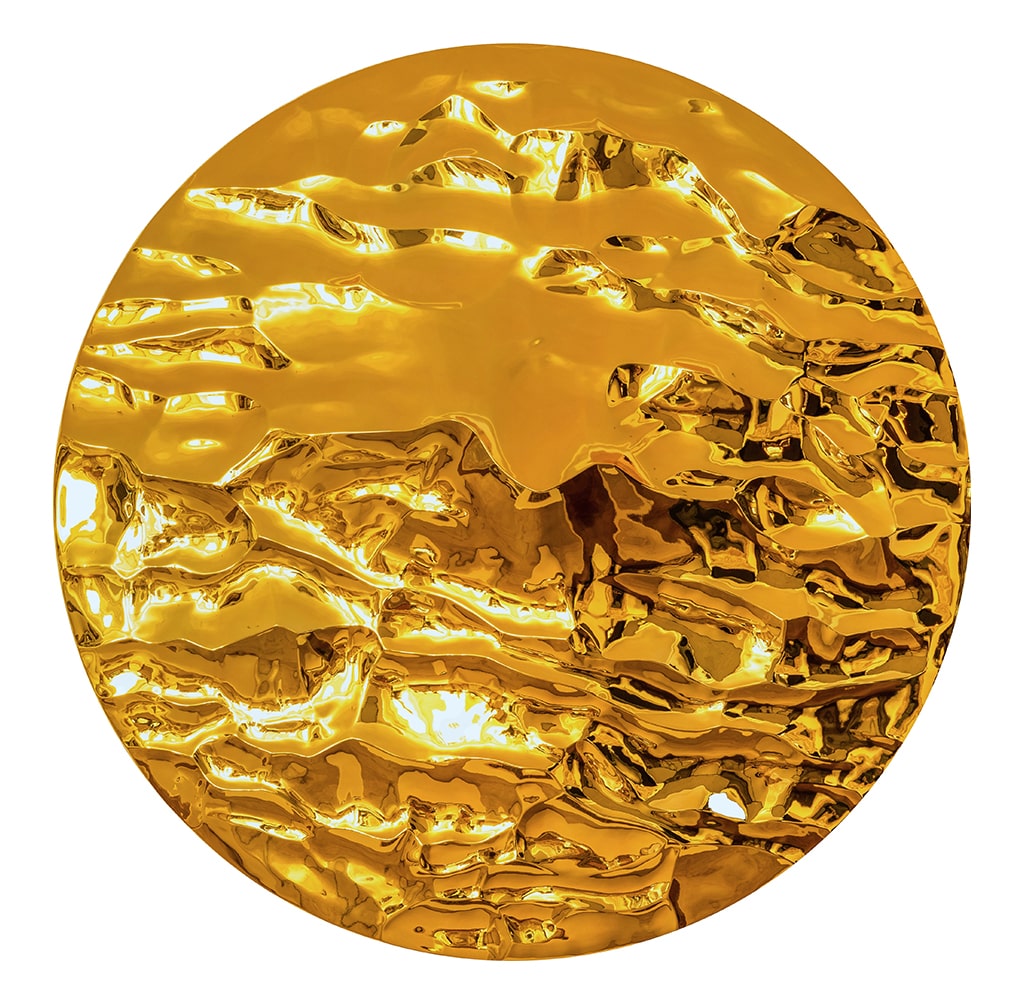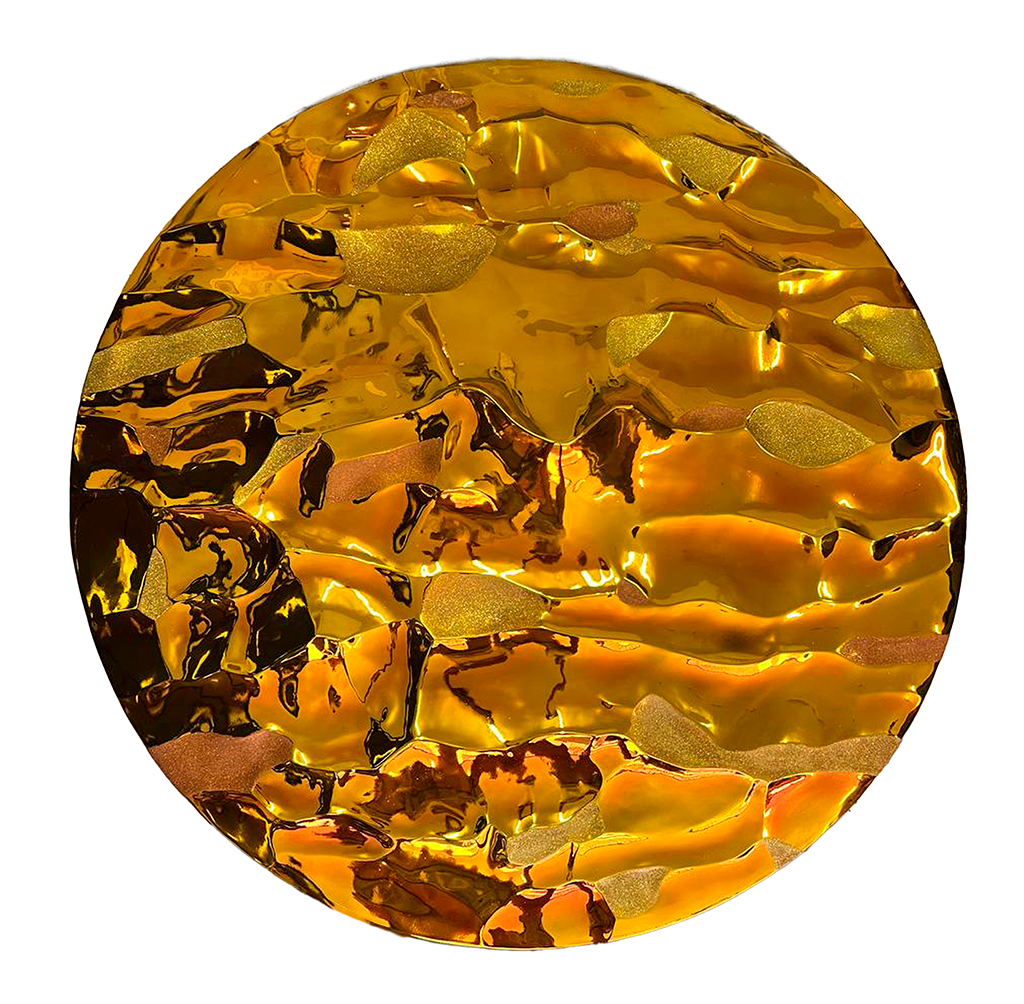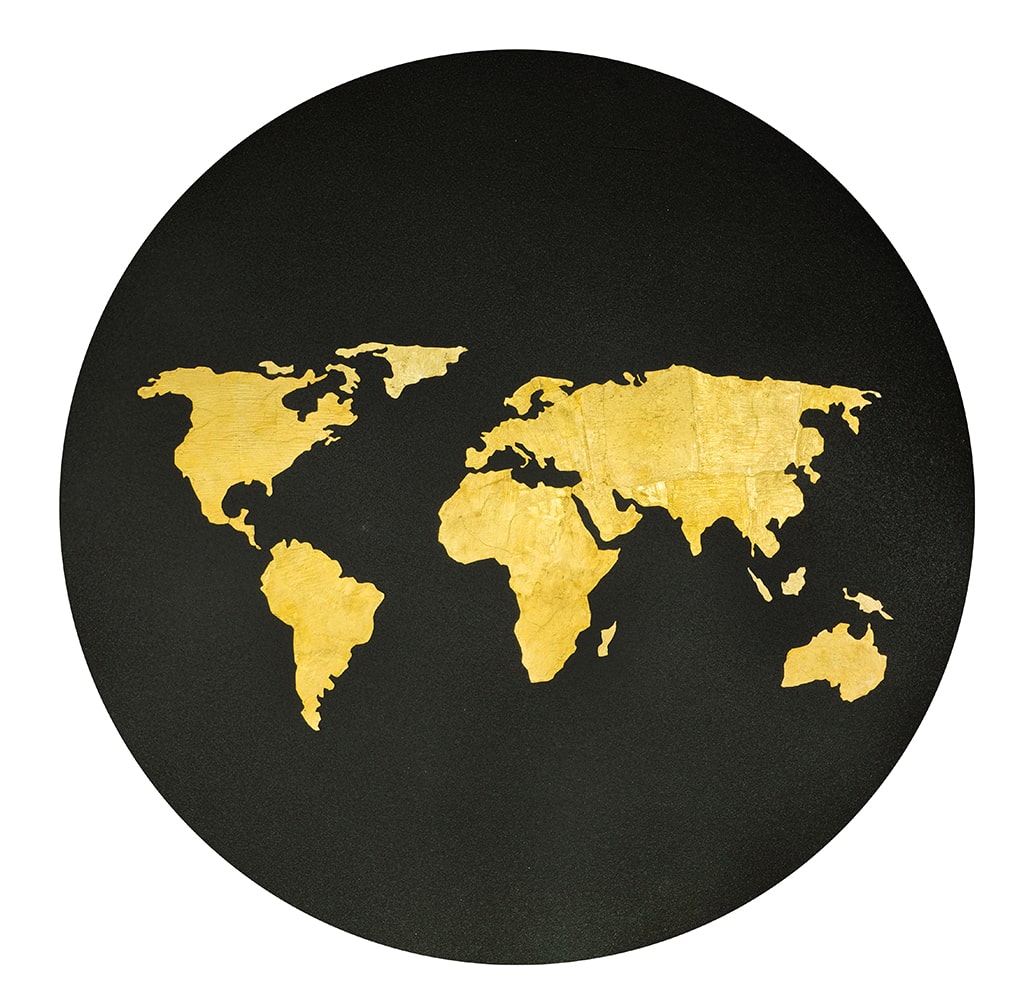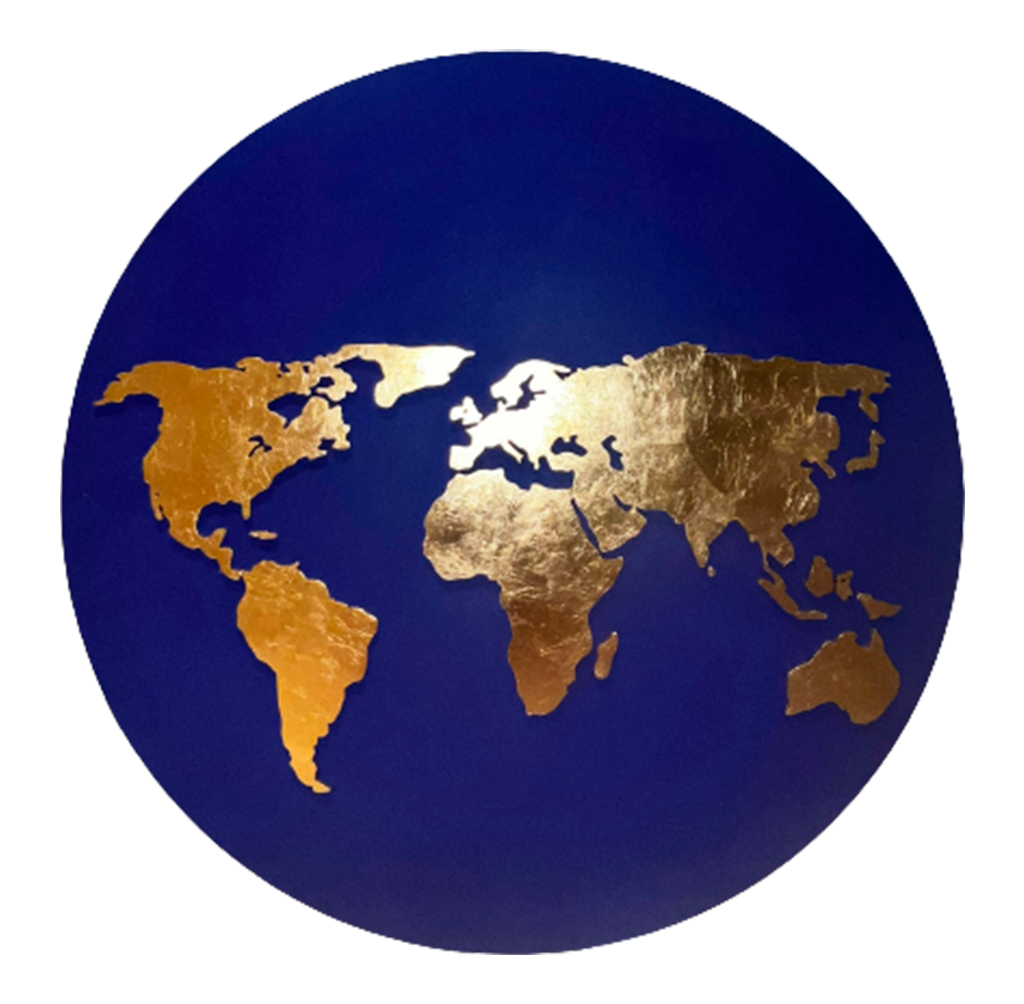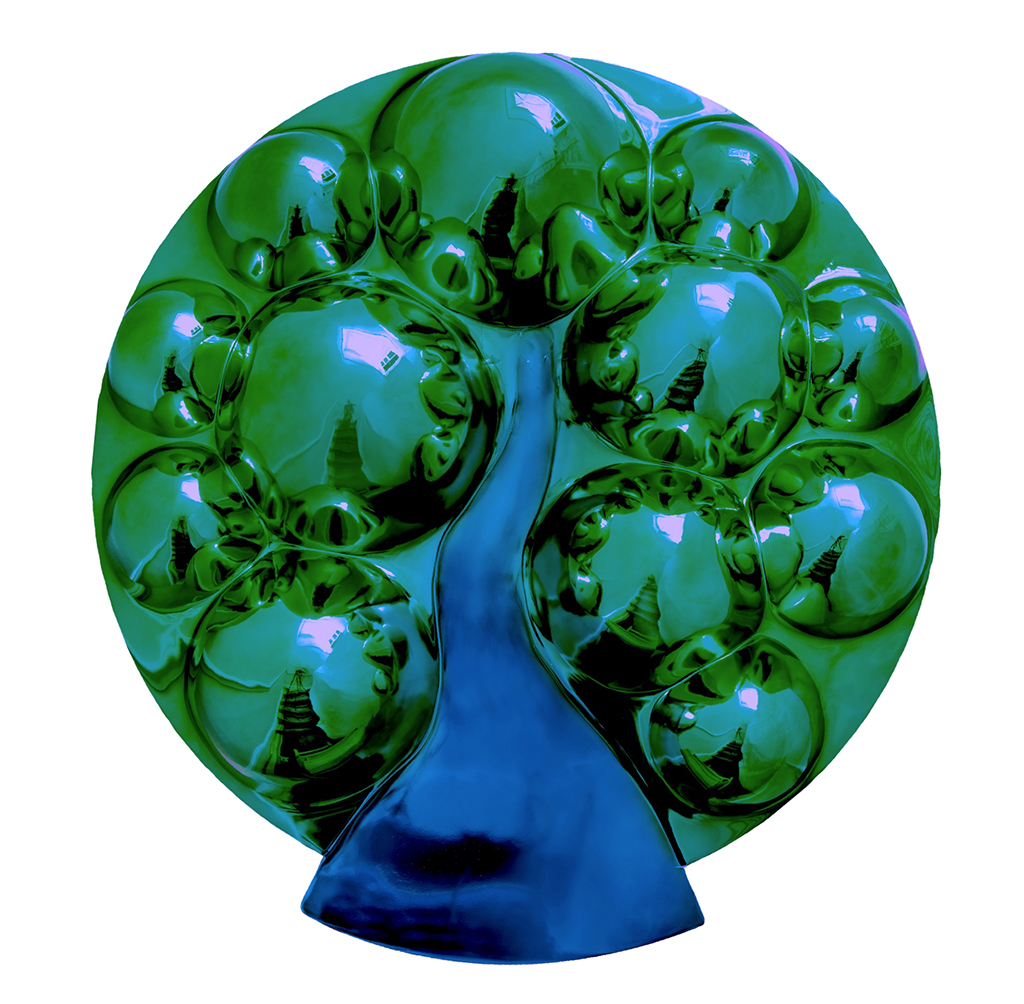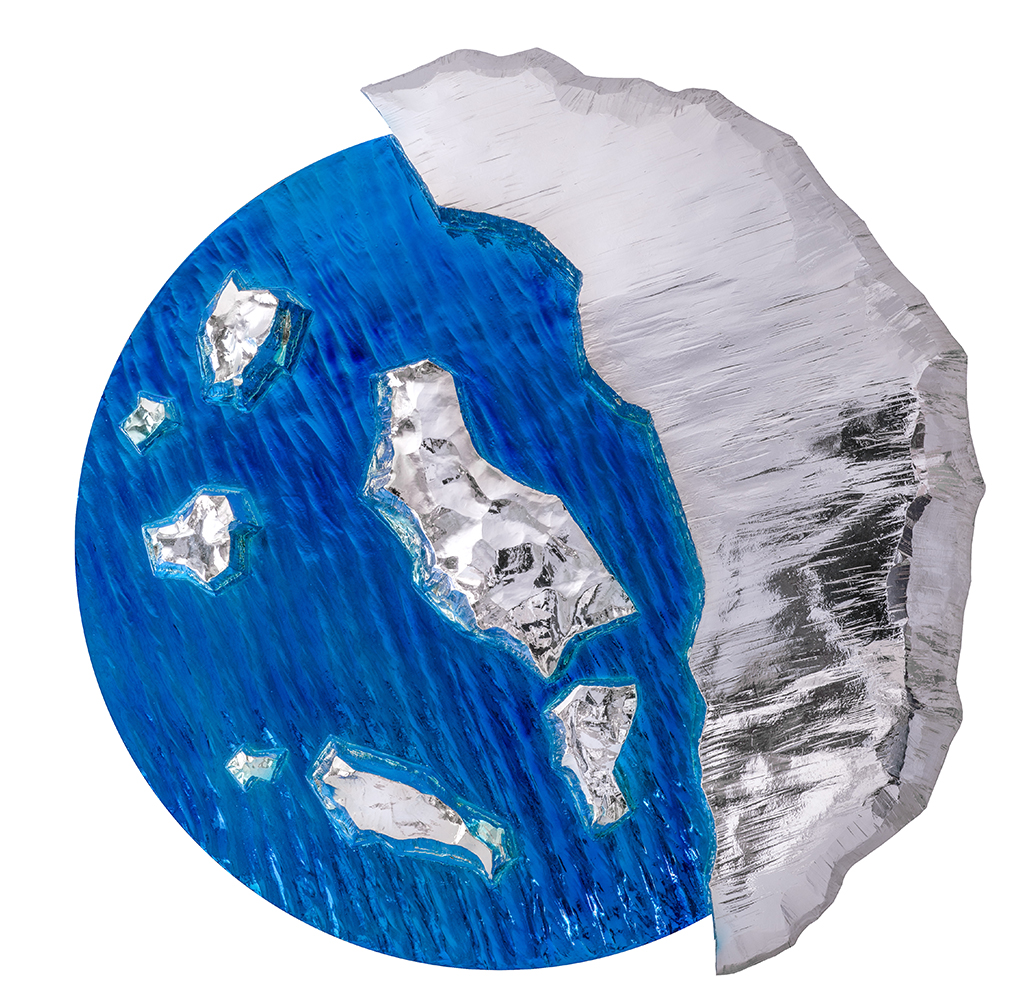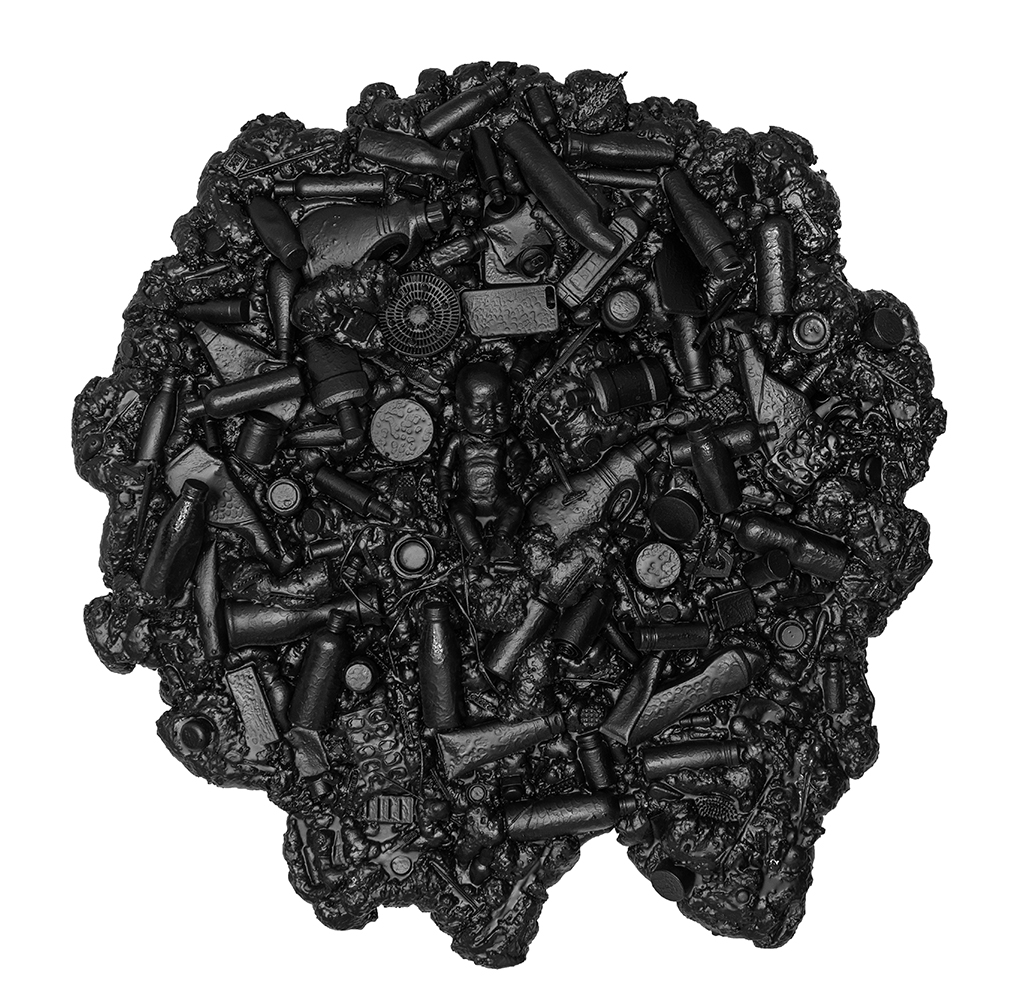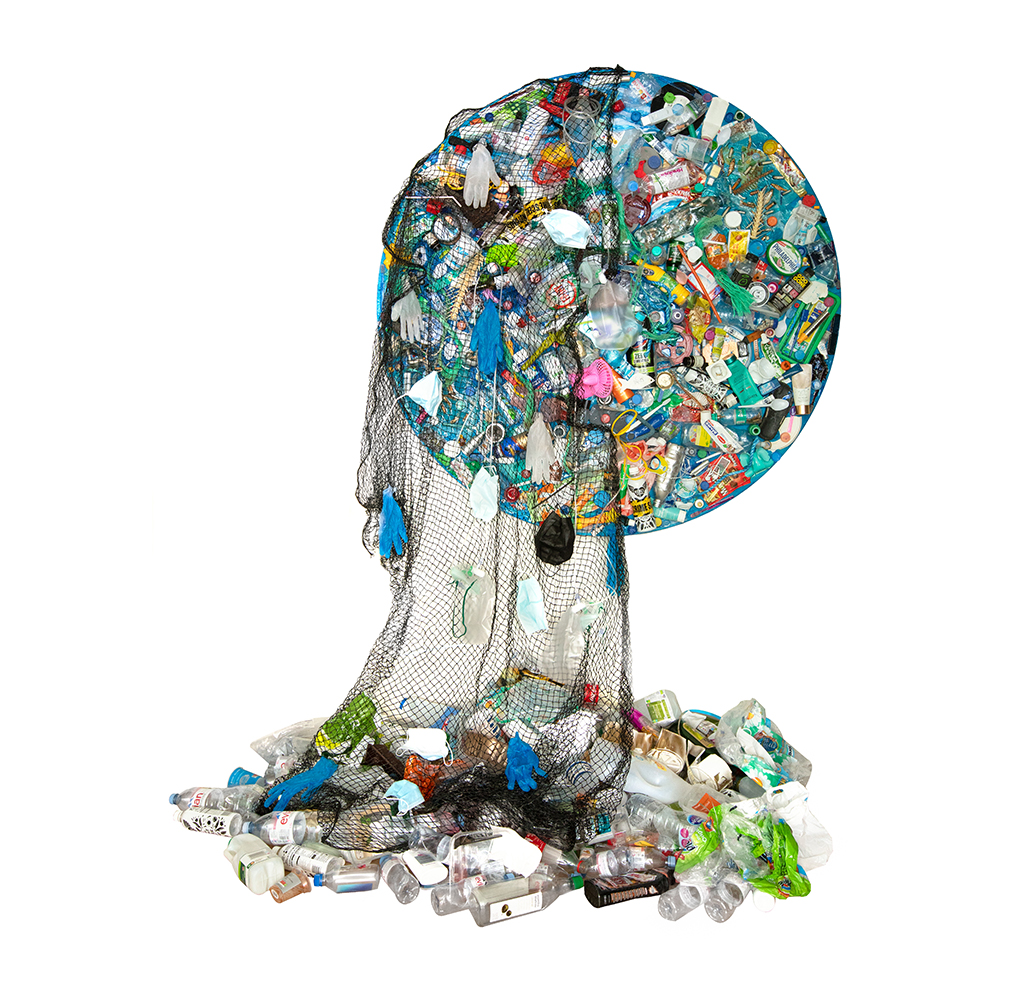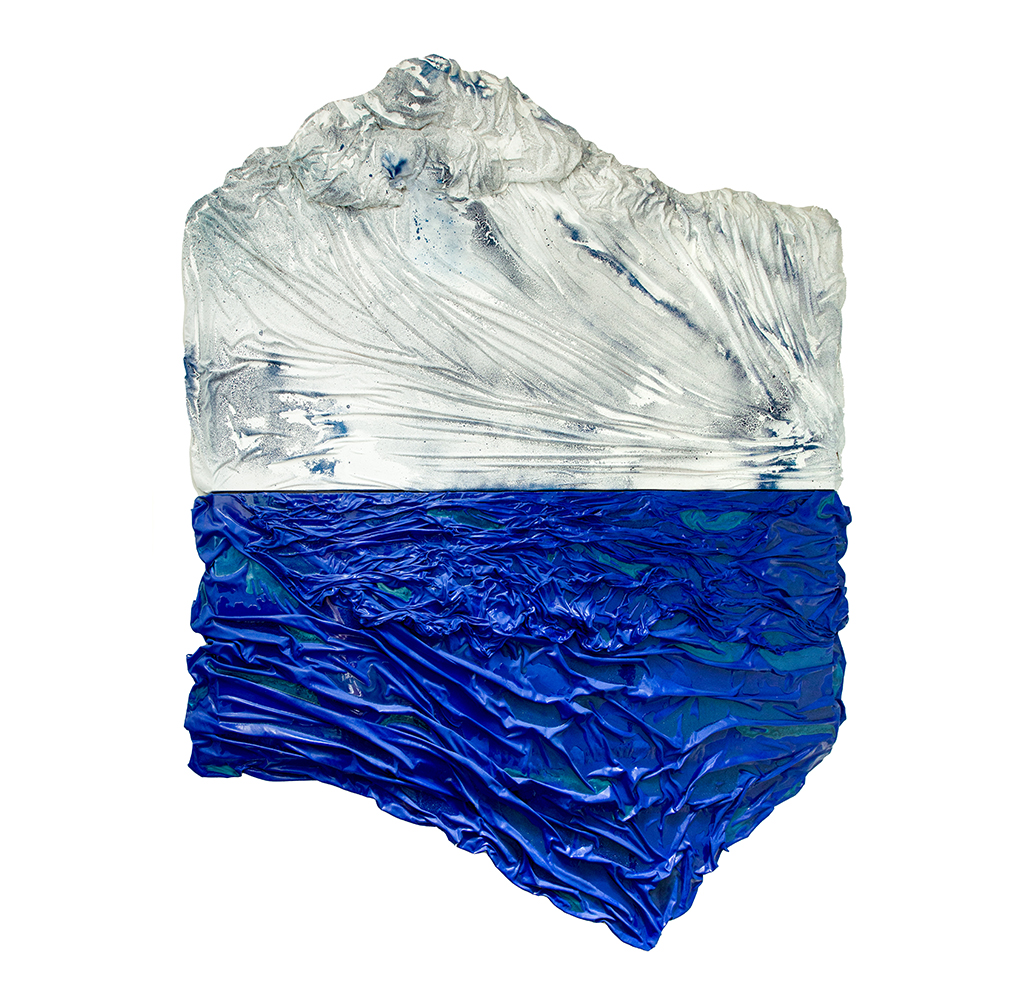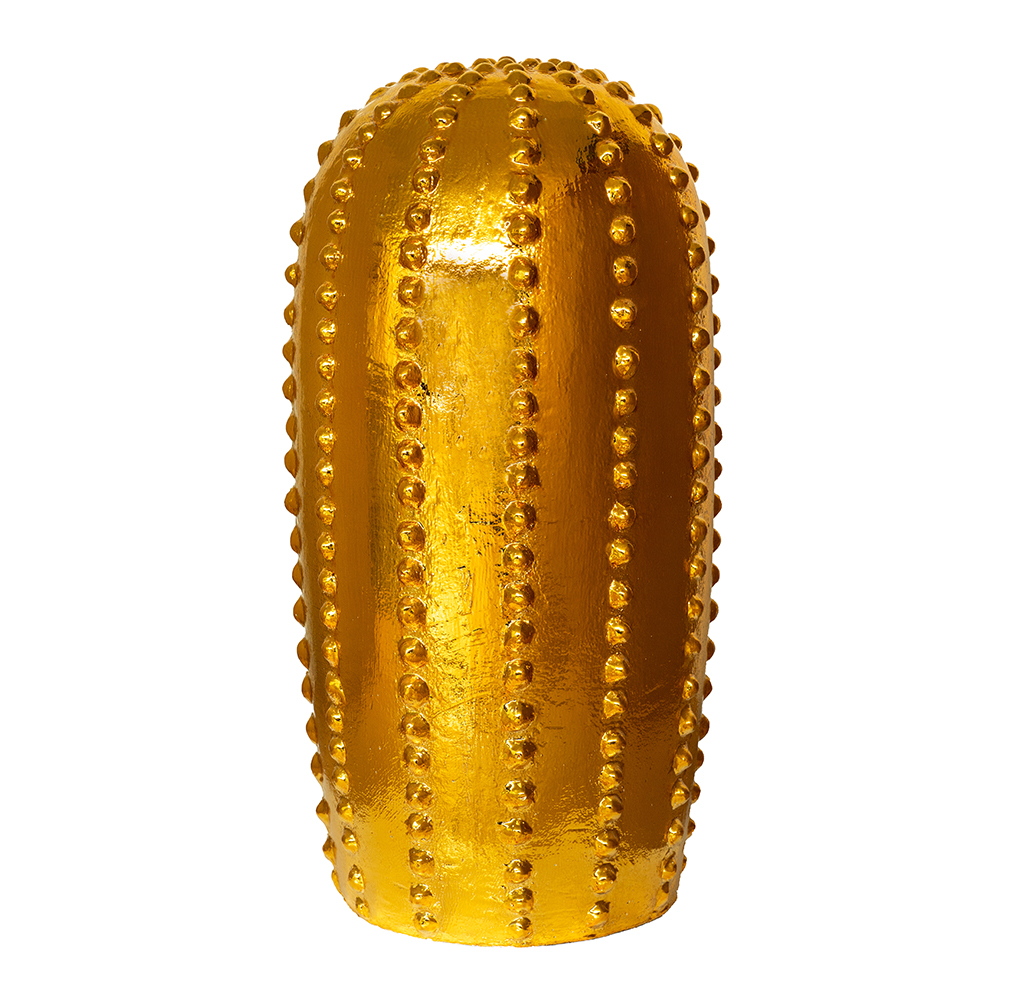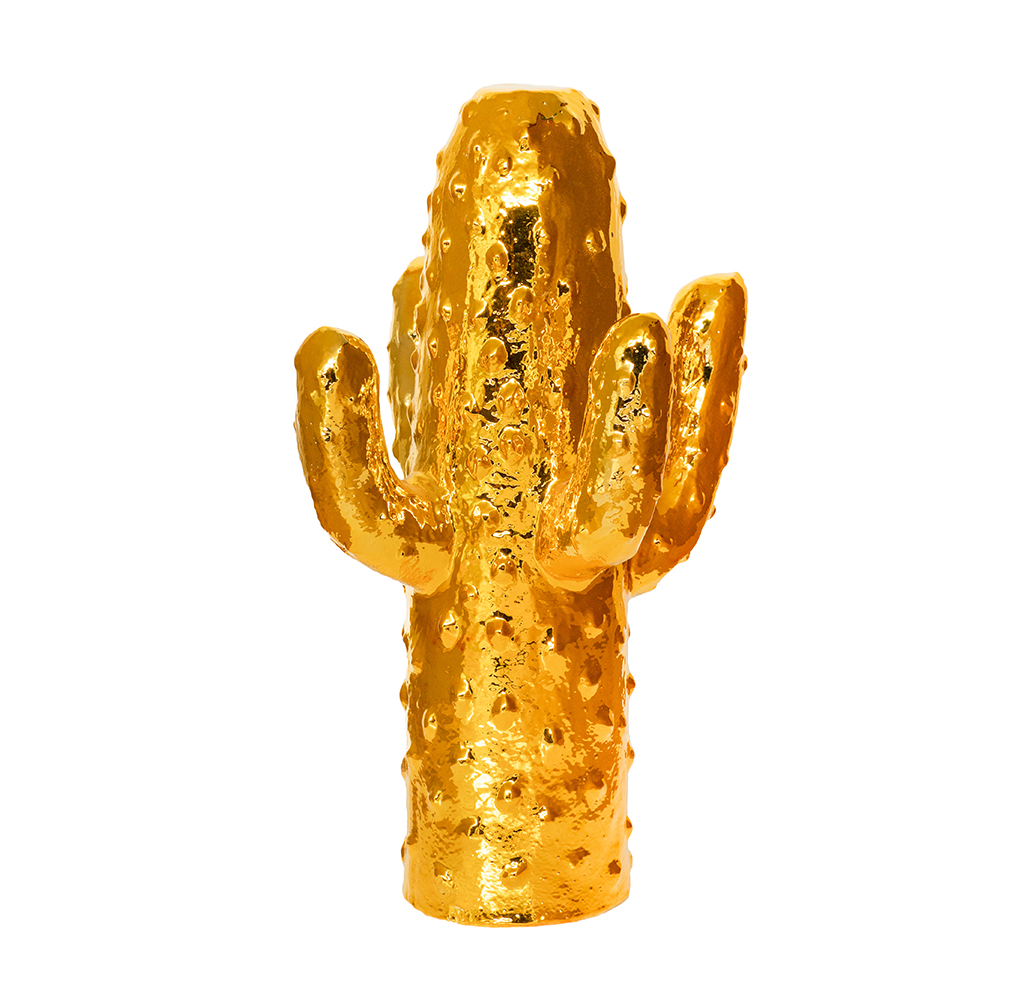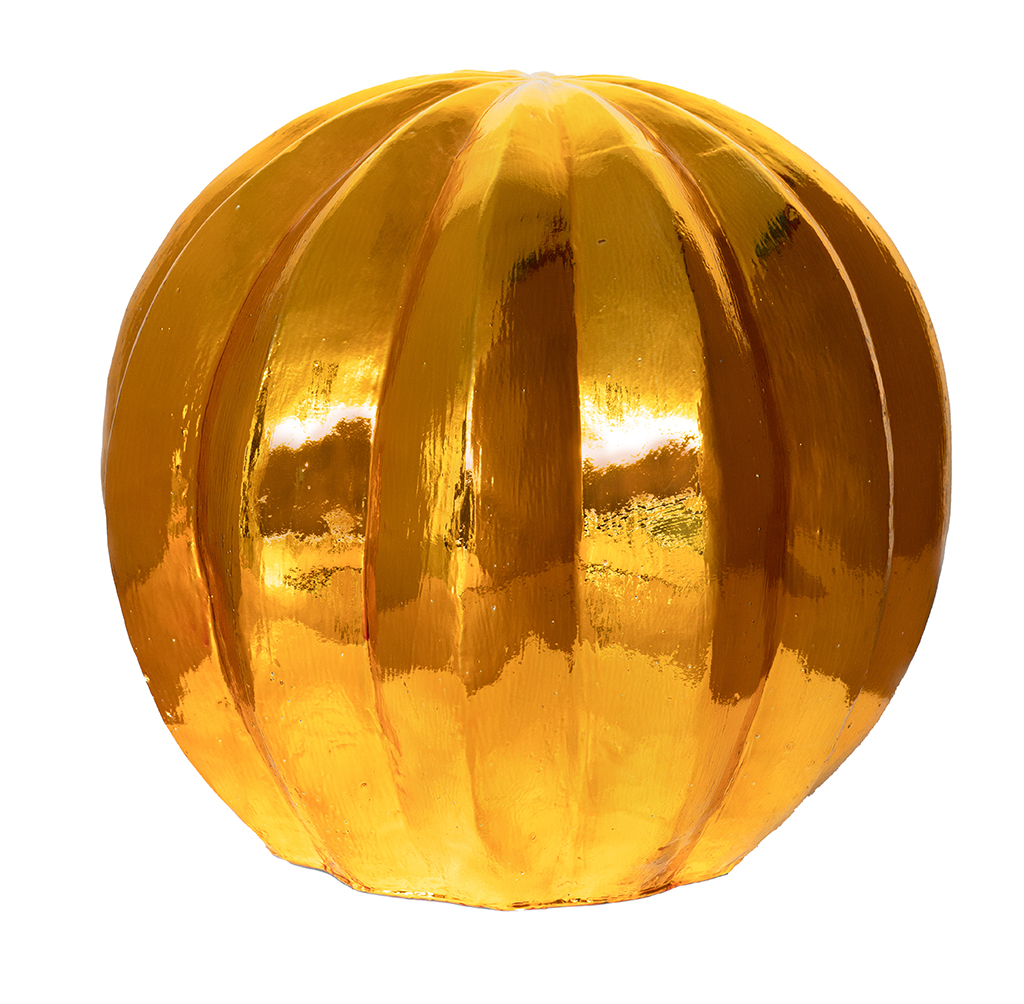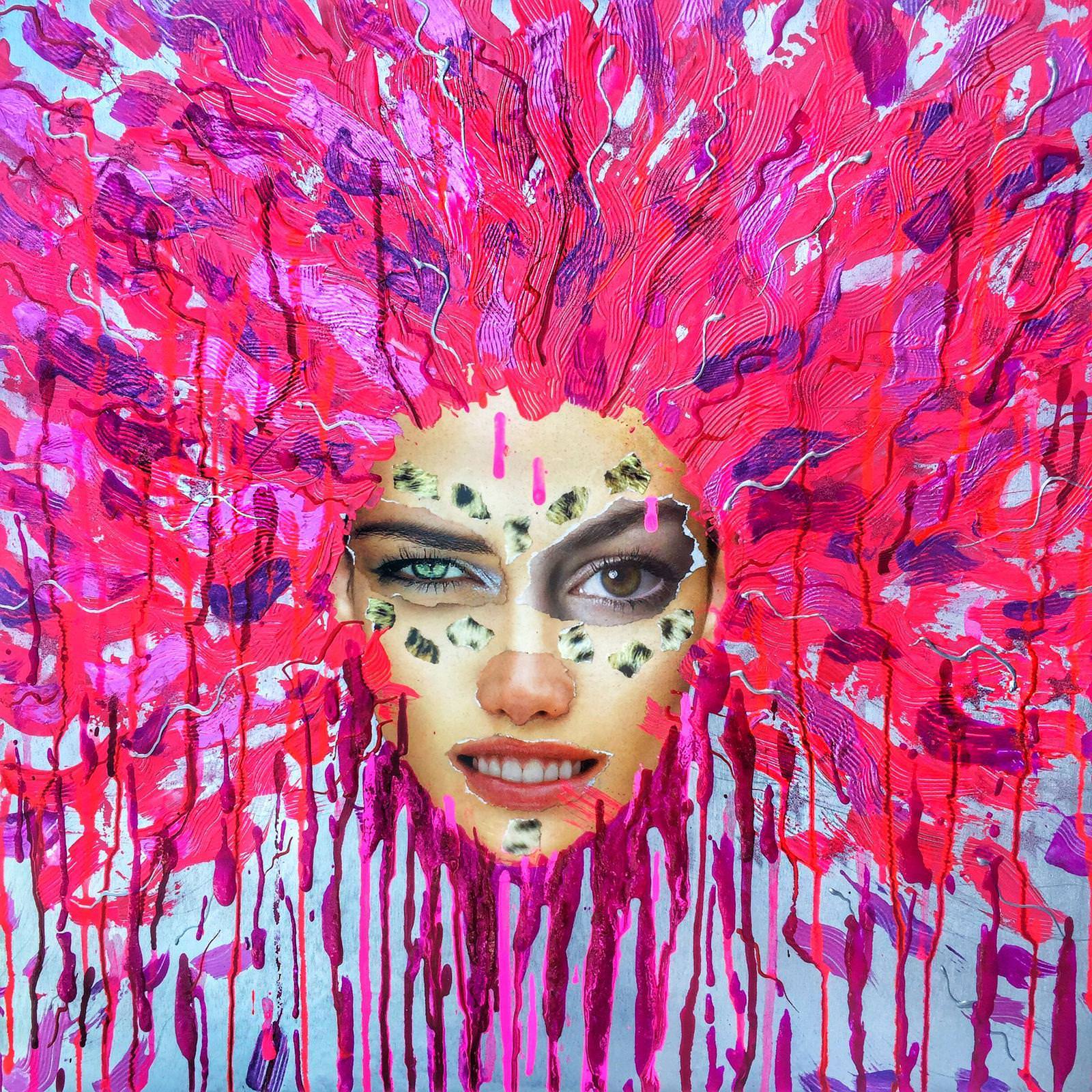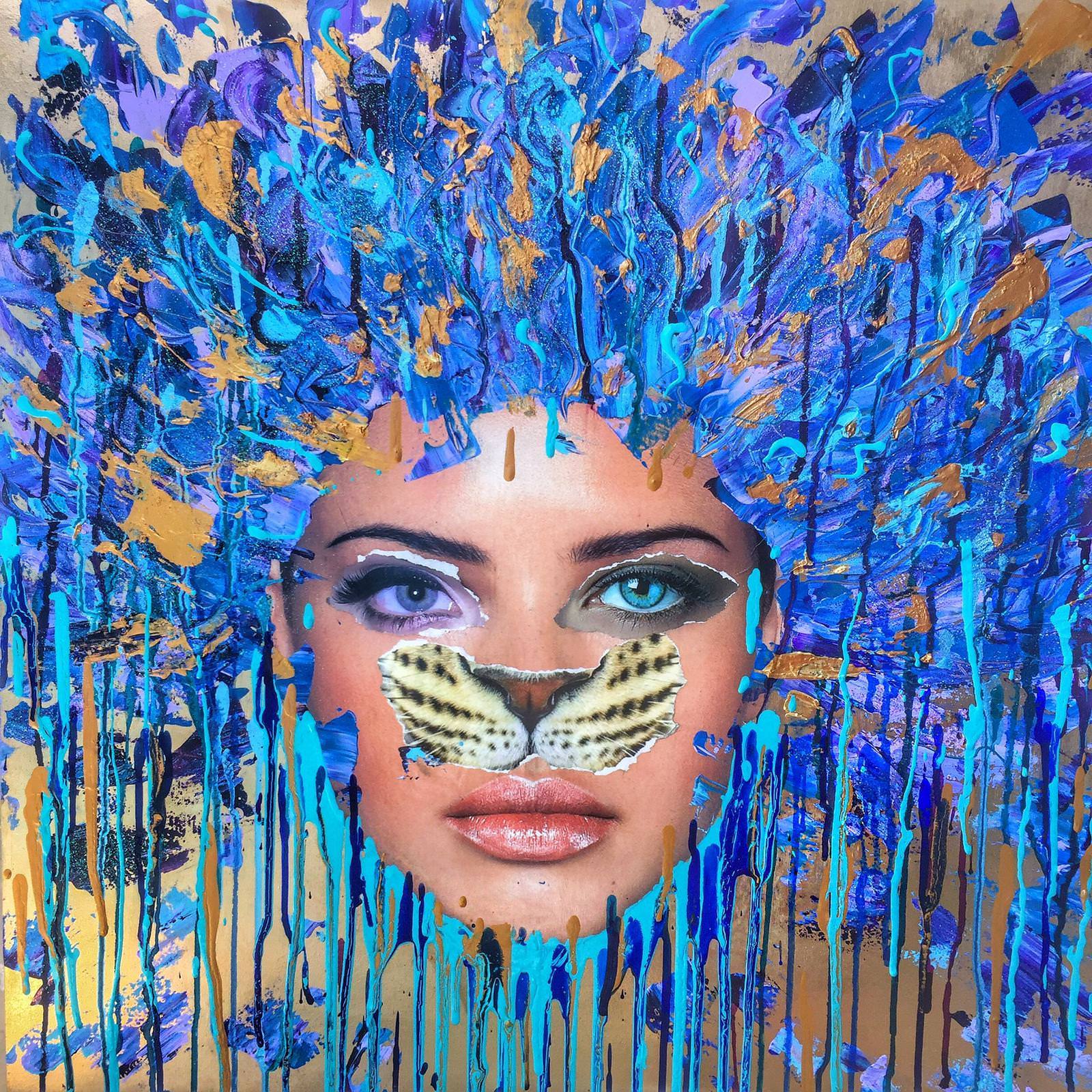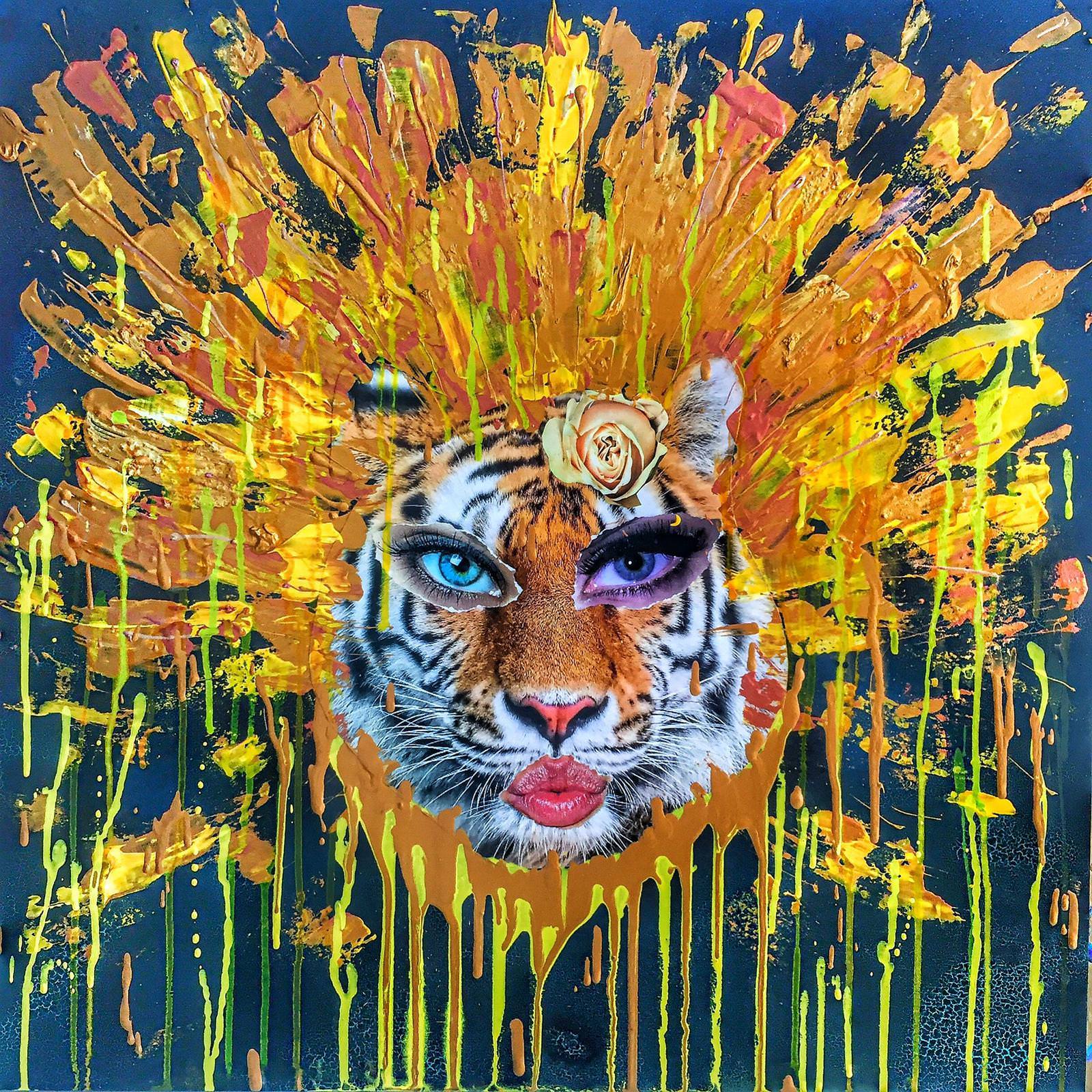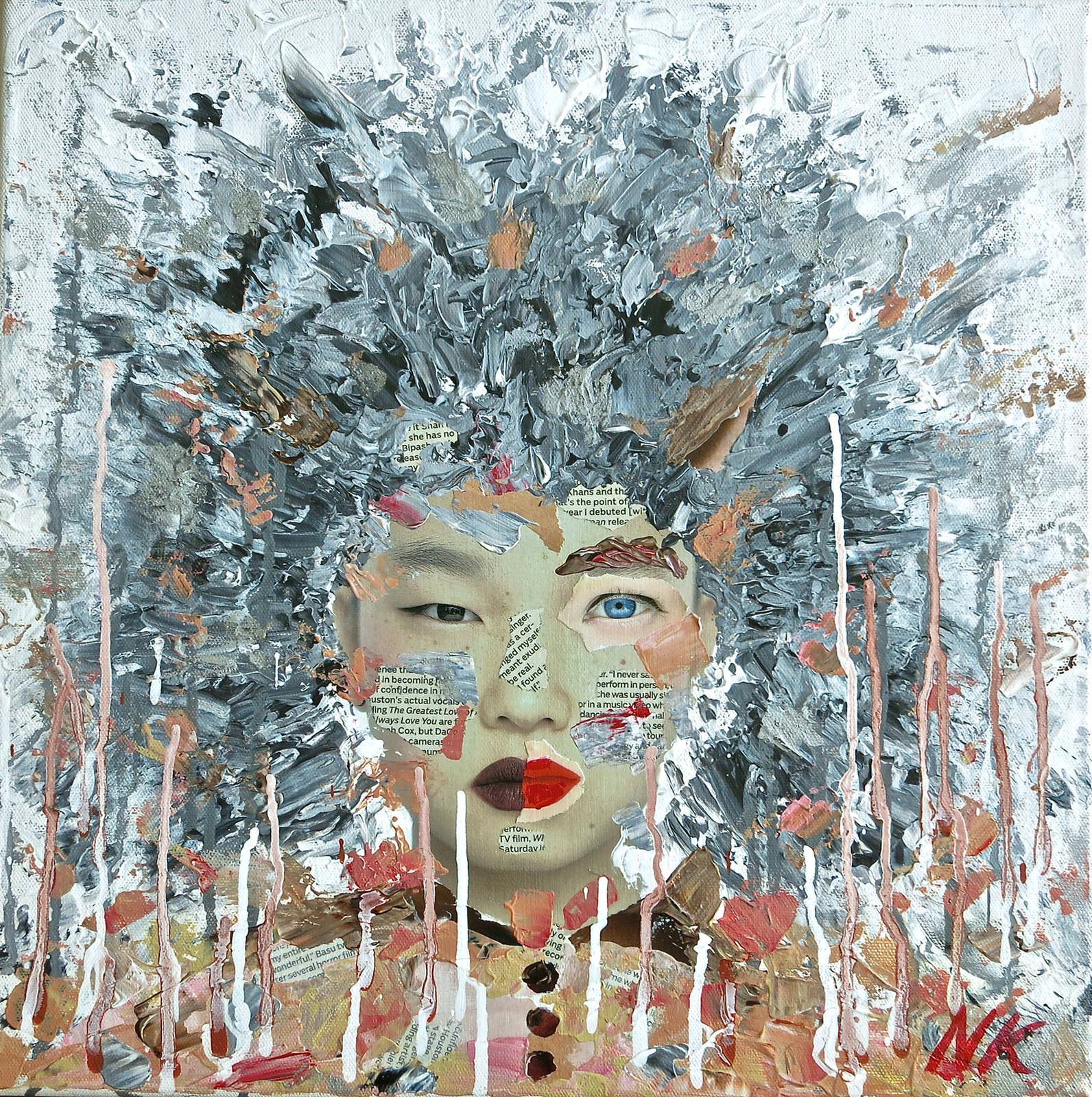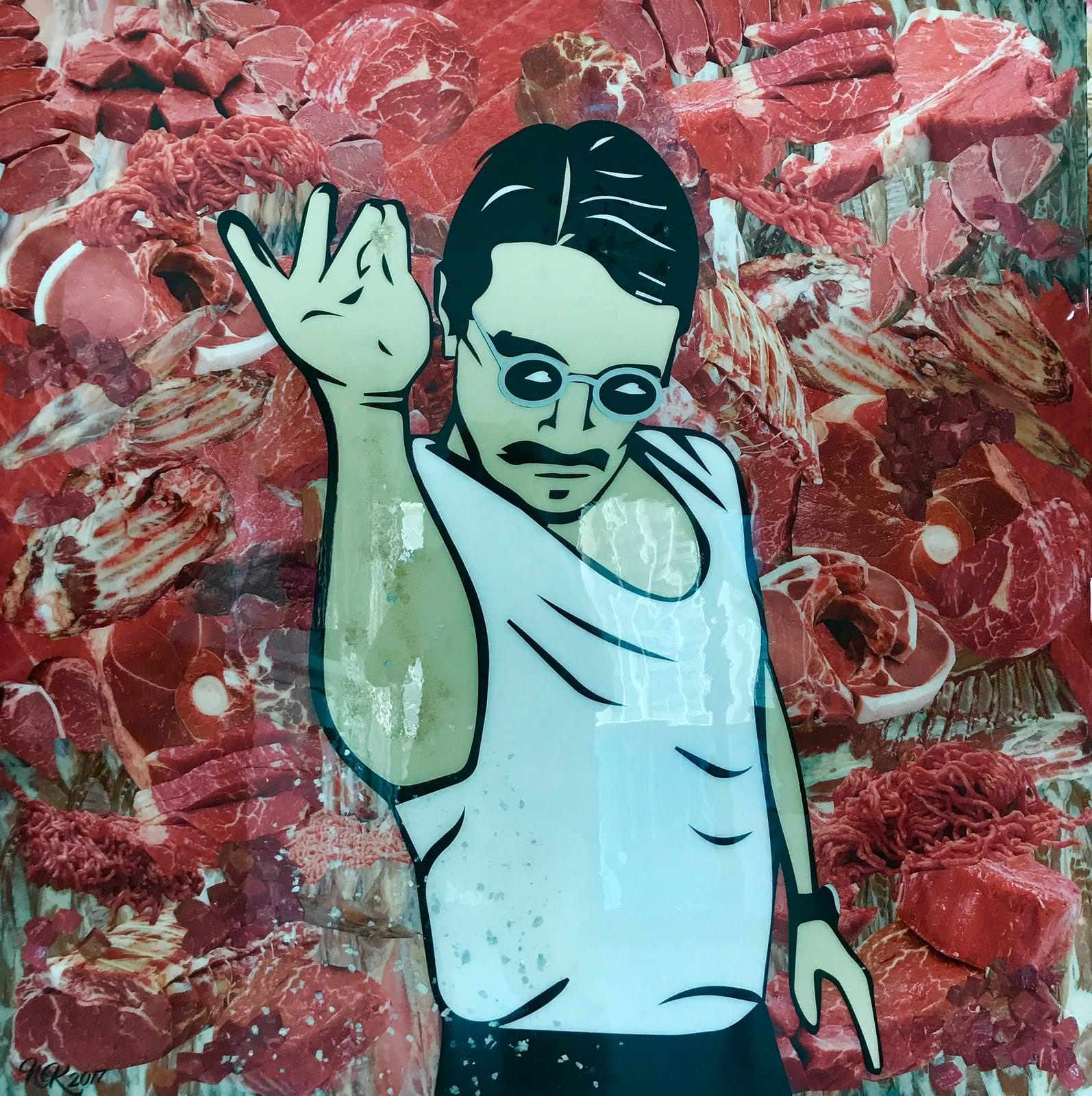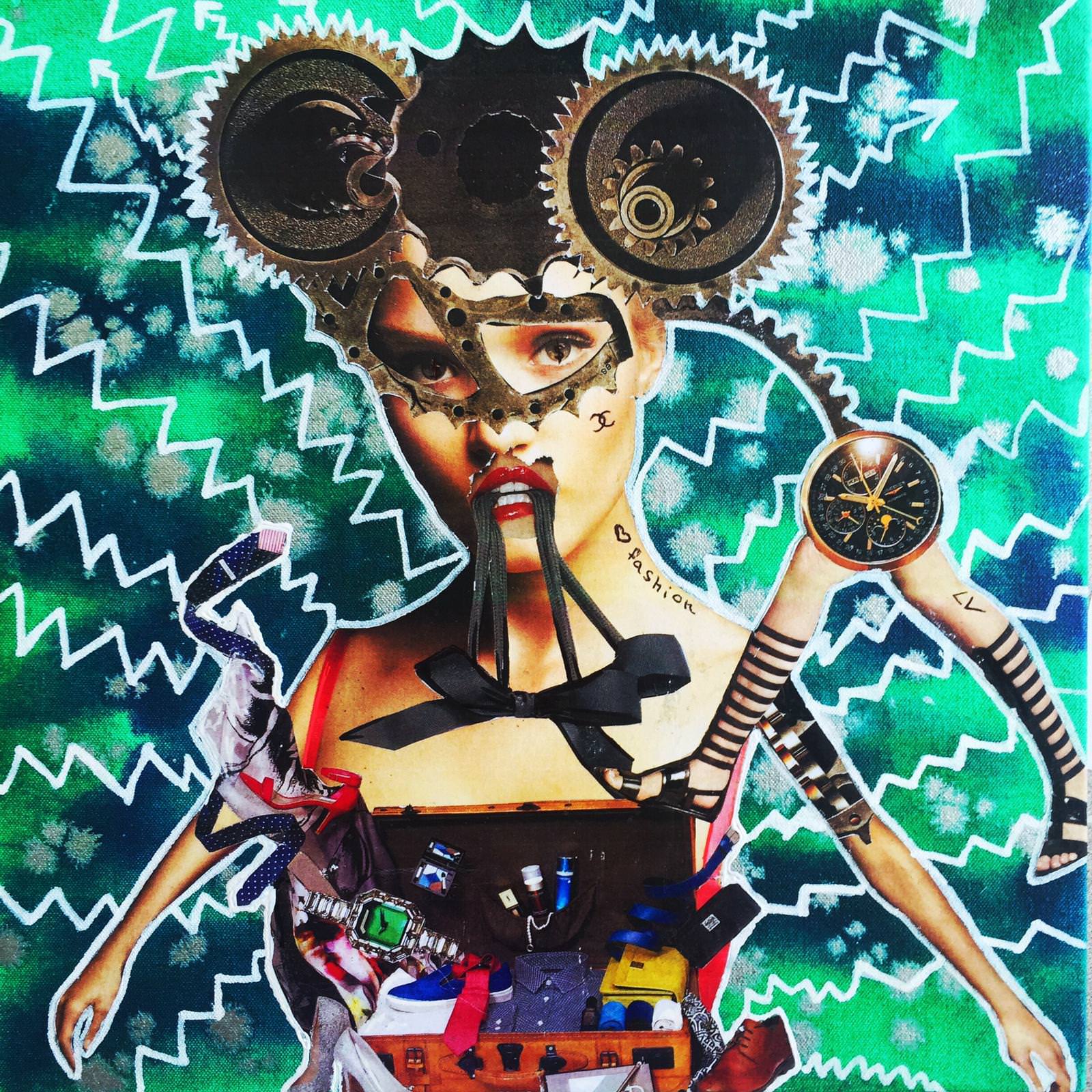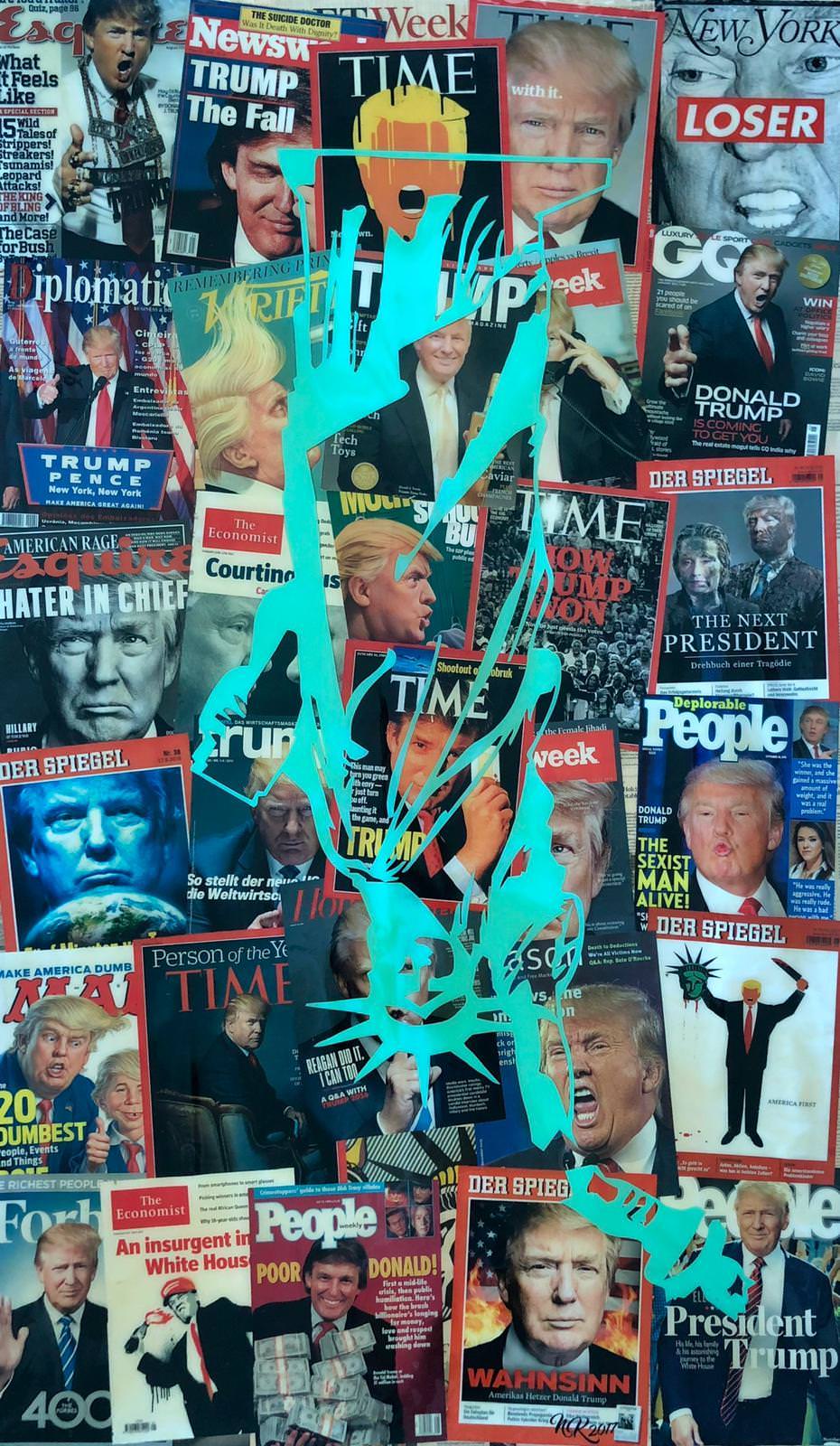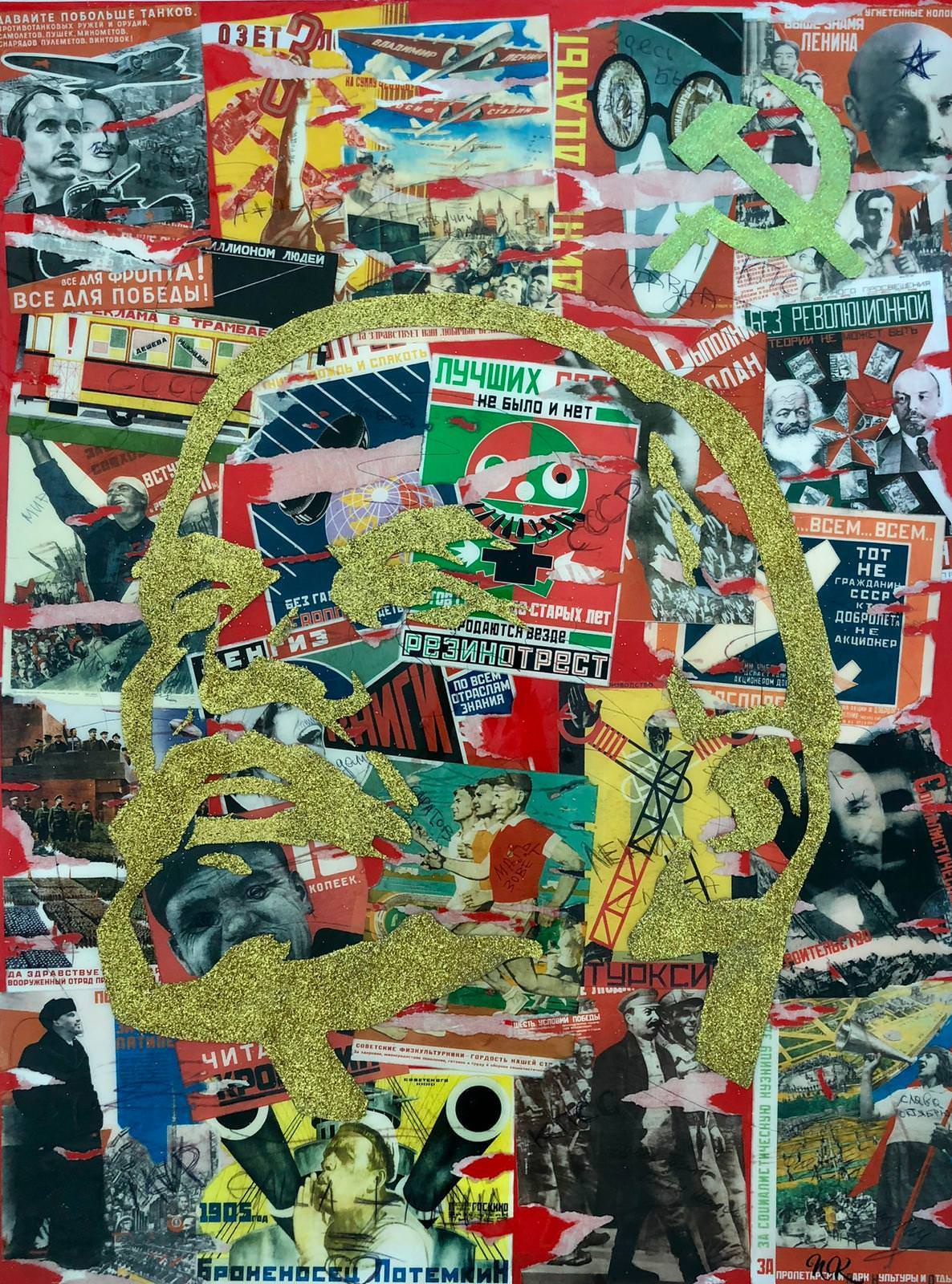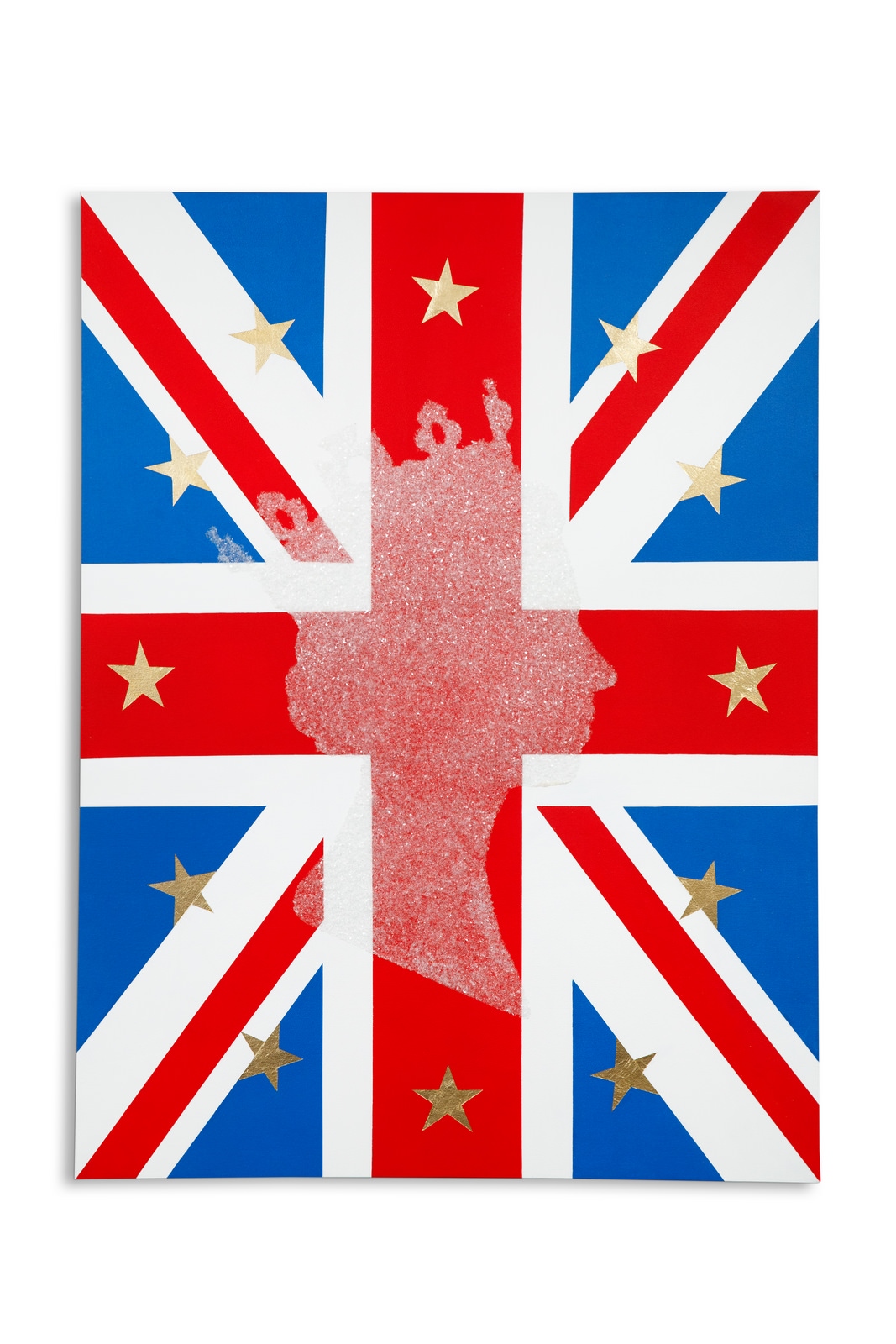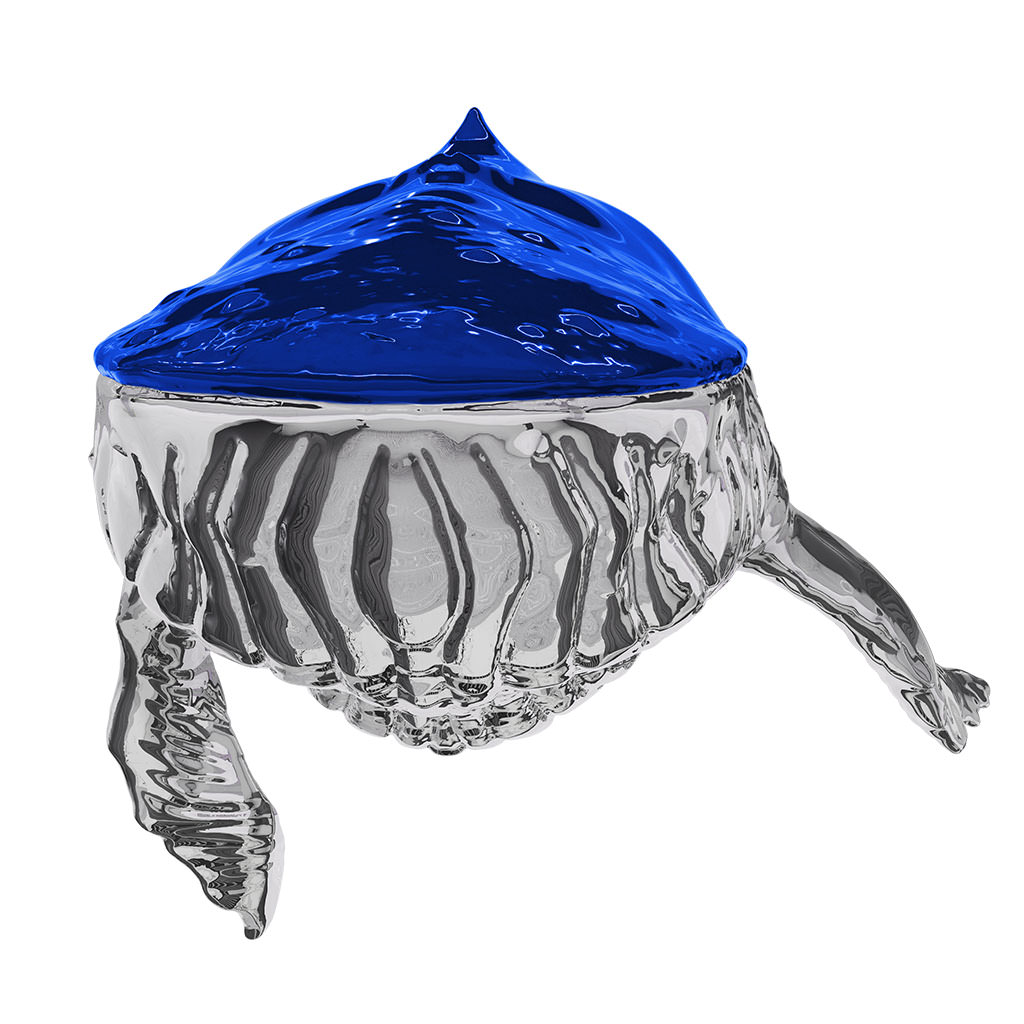
Echoes from the Ancients, 2023
Mixed Media Sculpture
Recycled Fiberglass, Electroplating Chrome
88 x 120 cm
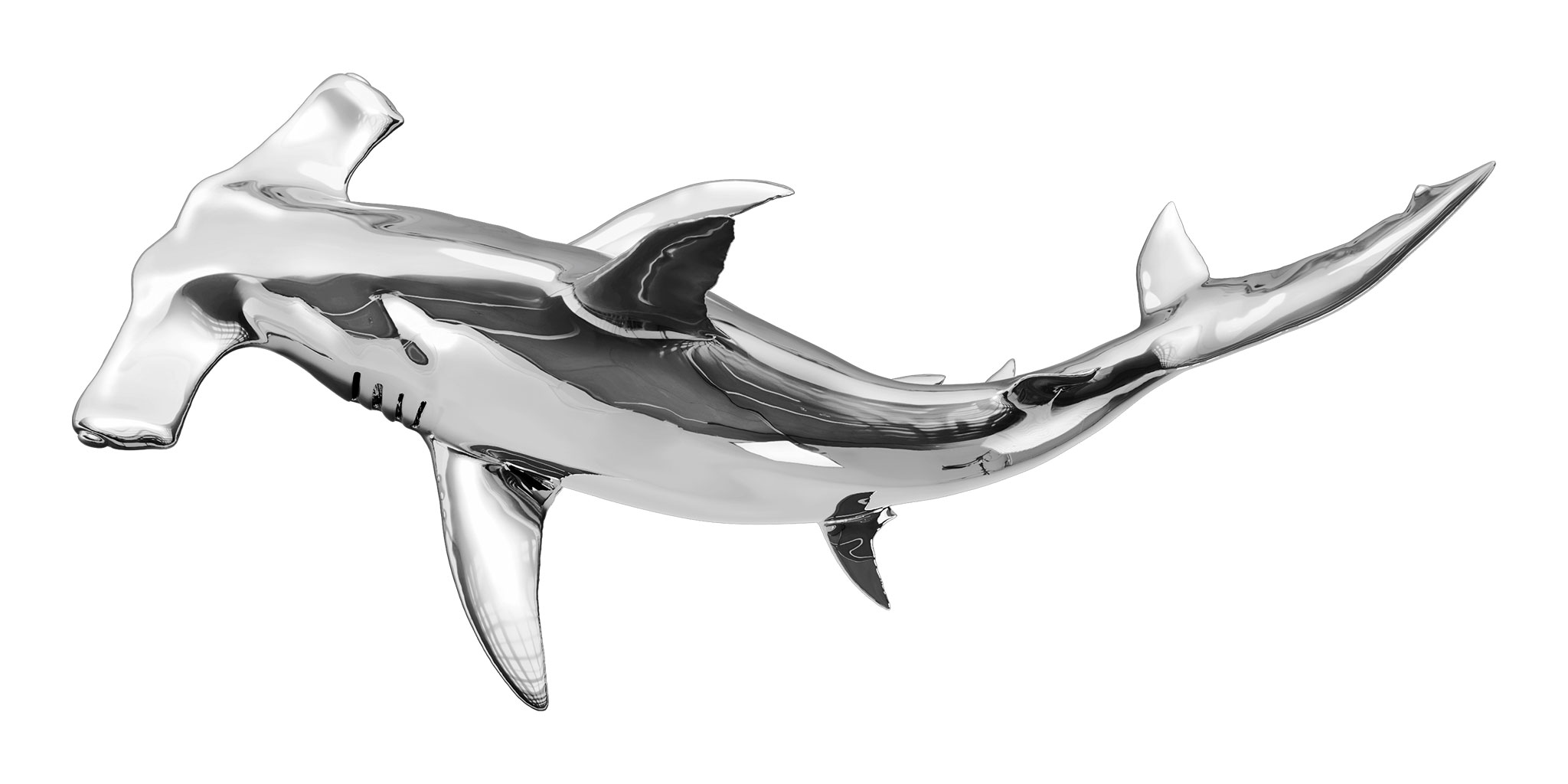
Triton’s Hammer – The Kraken, 2023
Mixed Media Sculpture
Recycled Fiberglass, Electroplating Chrome
71,3 x 130 cm
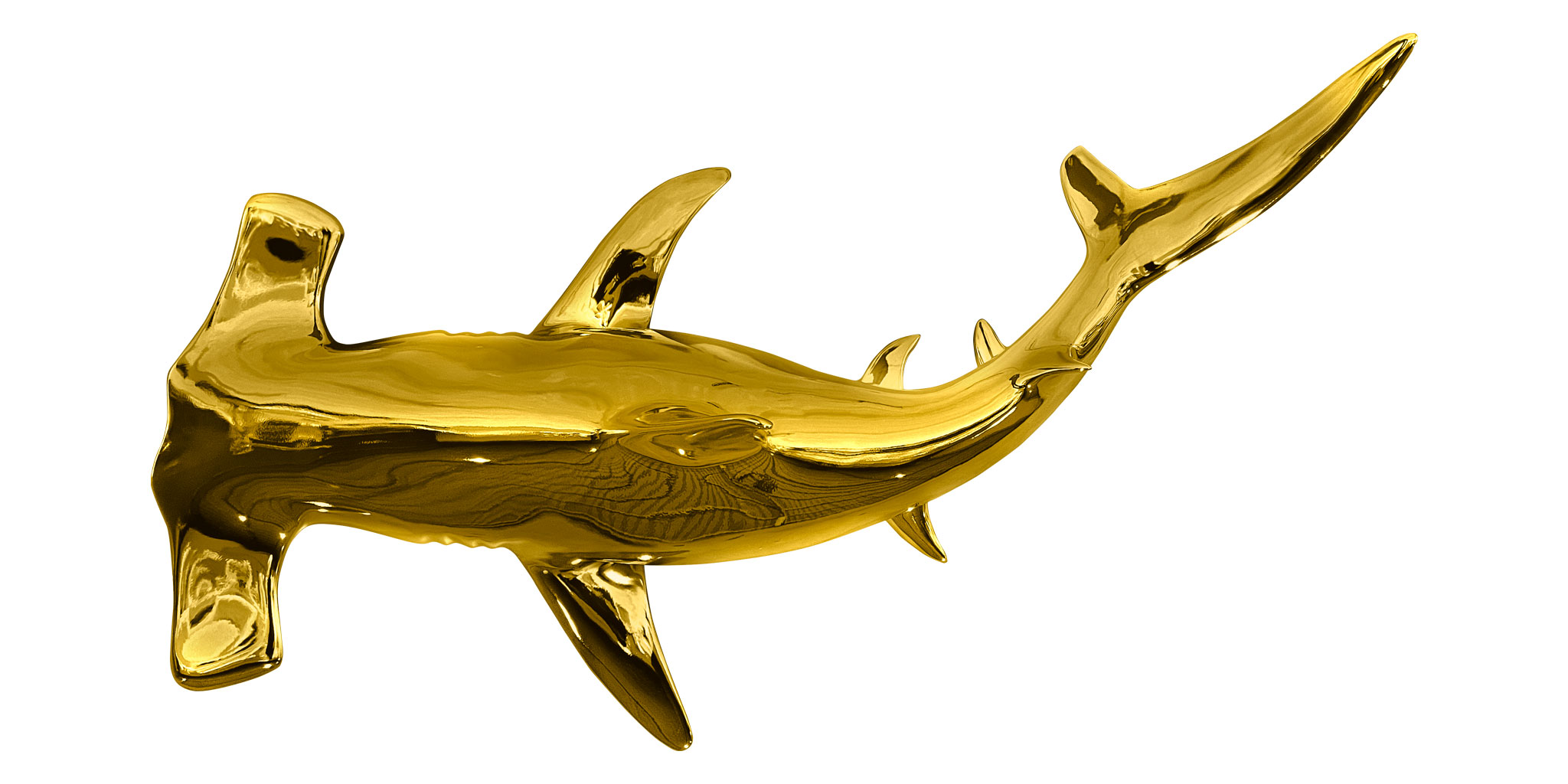
Triton’s Hammer – Leviathan, 2024
Mixed Media Sculpture
Recycled Fiberglass, Electroplating Chrome
71,3 x 130 cm
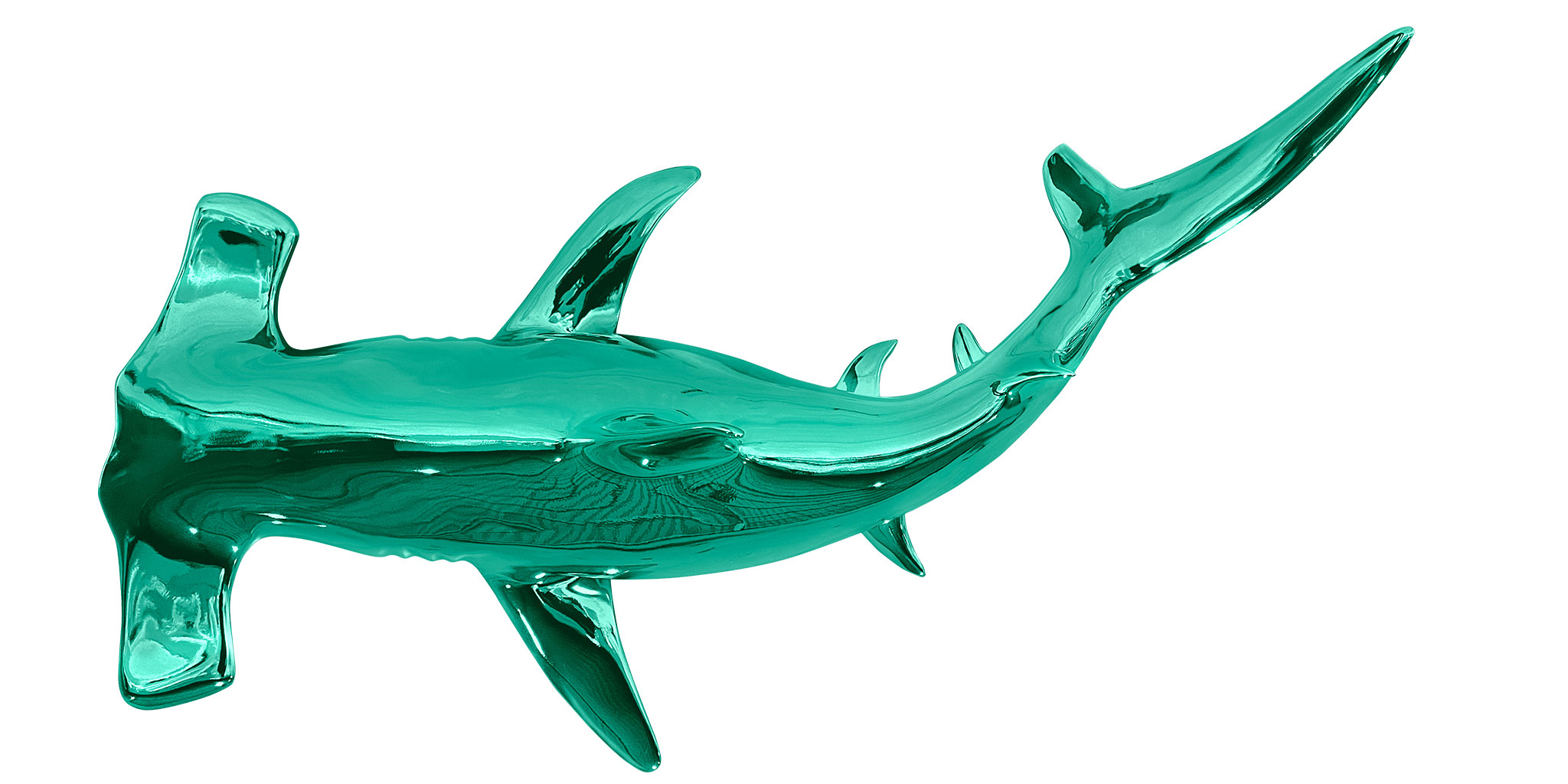
Triton’s Hammer – Coral Reefs, 2024
Mixed Media Sculpture
Recycled Fiberglass, Electroplating Chrome
71,3 x 130 cm
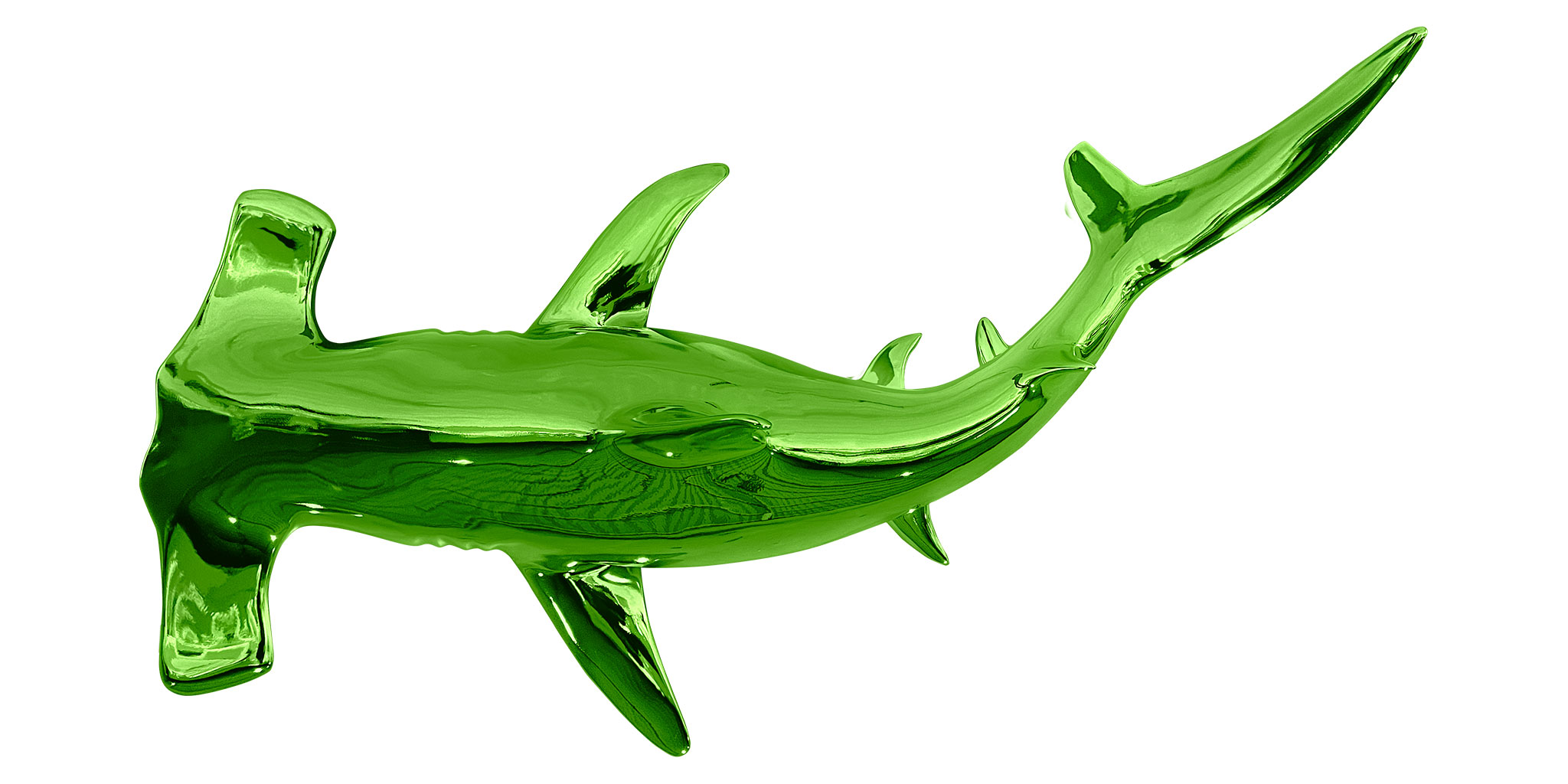
Triton’s Hammer – Atlantis, 2024
Mixed Media Sculpture
Recycled Fiberglass, Electroplating Chrome
71,3 x 130 cm
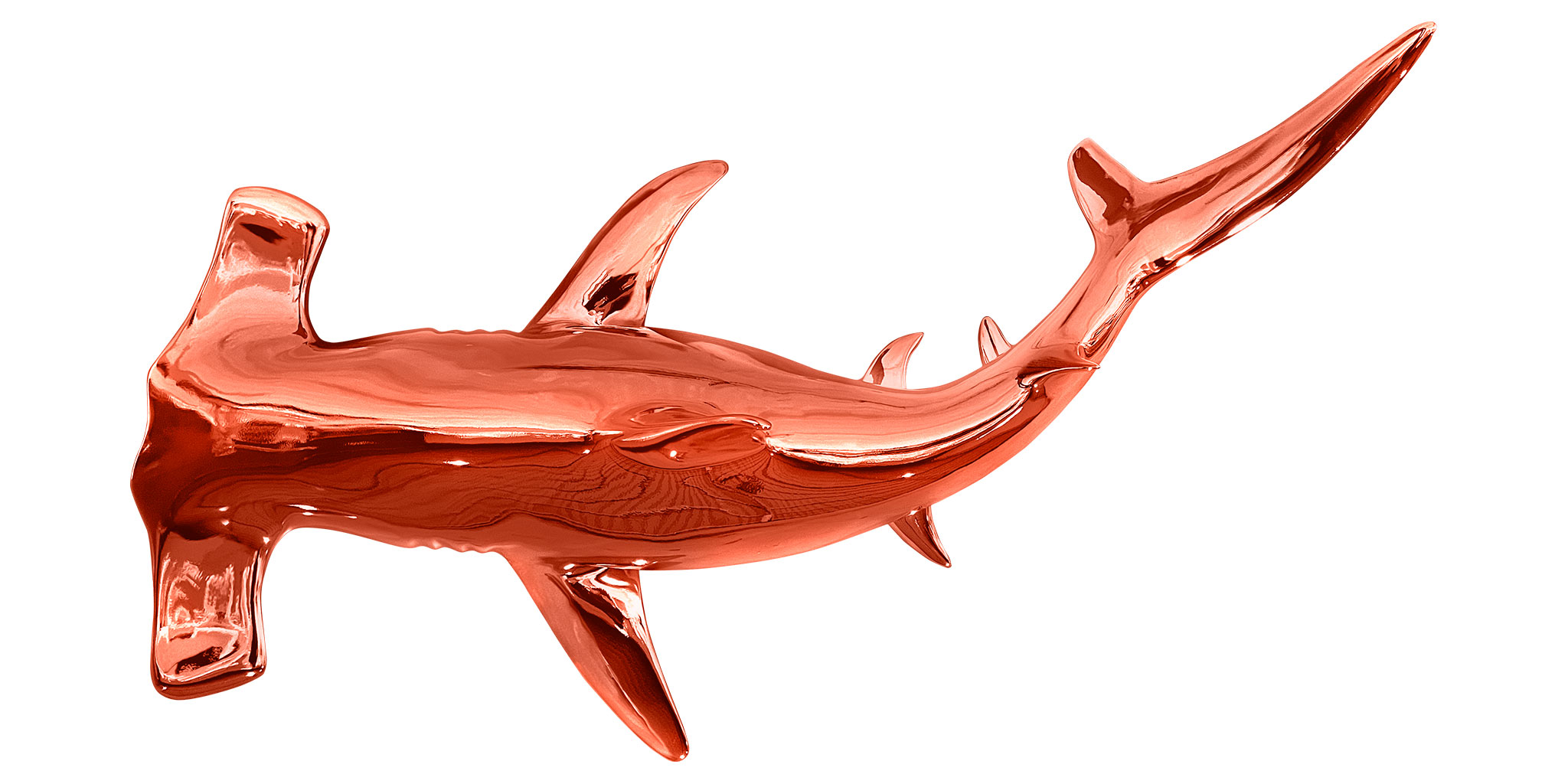
Triton’s Hammer – Sea Siren, 2024
Mixed Media Sculpture
Recycled Fiberglass, Electroplating Chrome
71,3 x 130 cm
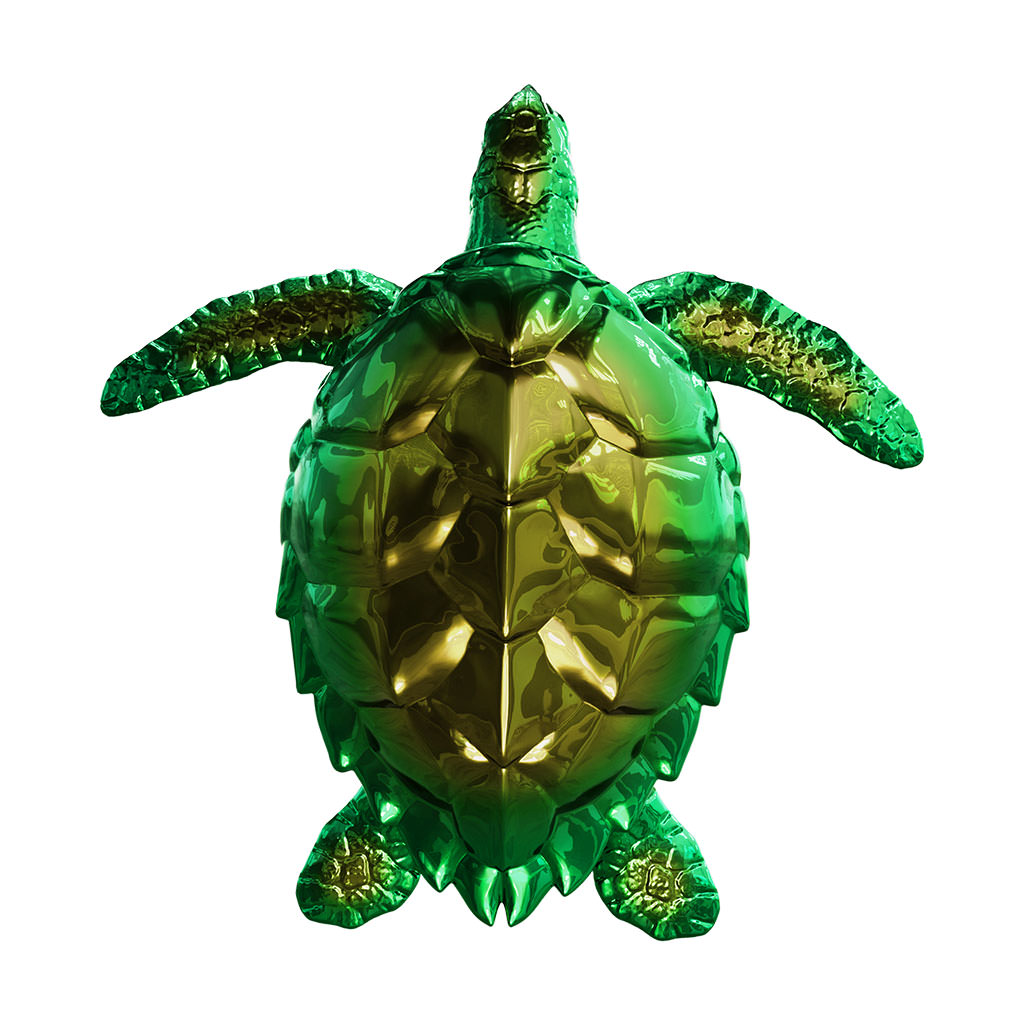
The Tortoiseshell Trade, 2023
Mixed Media Sculpture
Recycled Fiberglass, Electroplating Chrome
100 x 100 cm
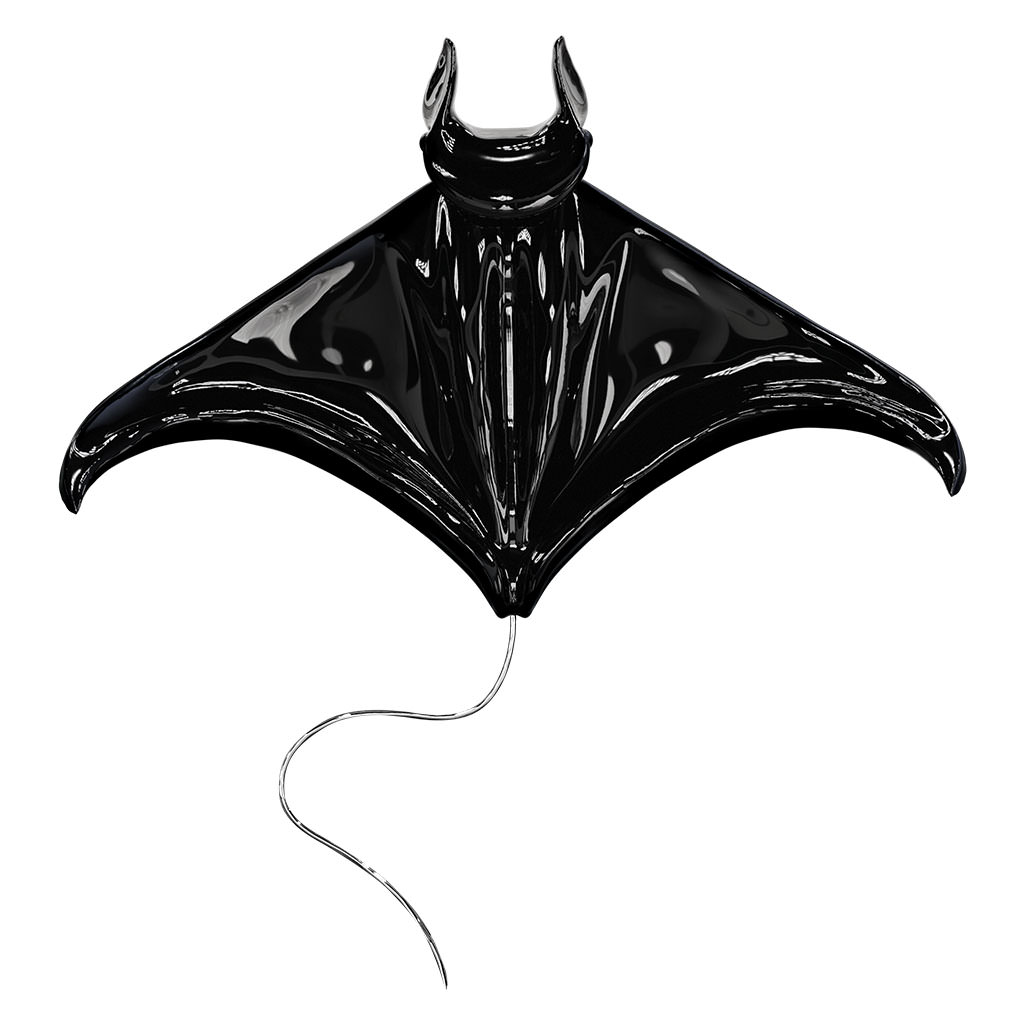
The Disappearing Devil, 2023
Mixed Media Sculpture
Recycled Fiberglass, Electroplating Chrome
100 x 140 x 130 x 15 cm
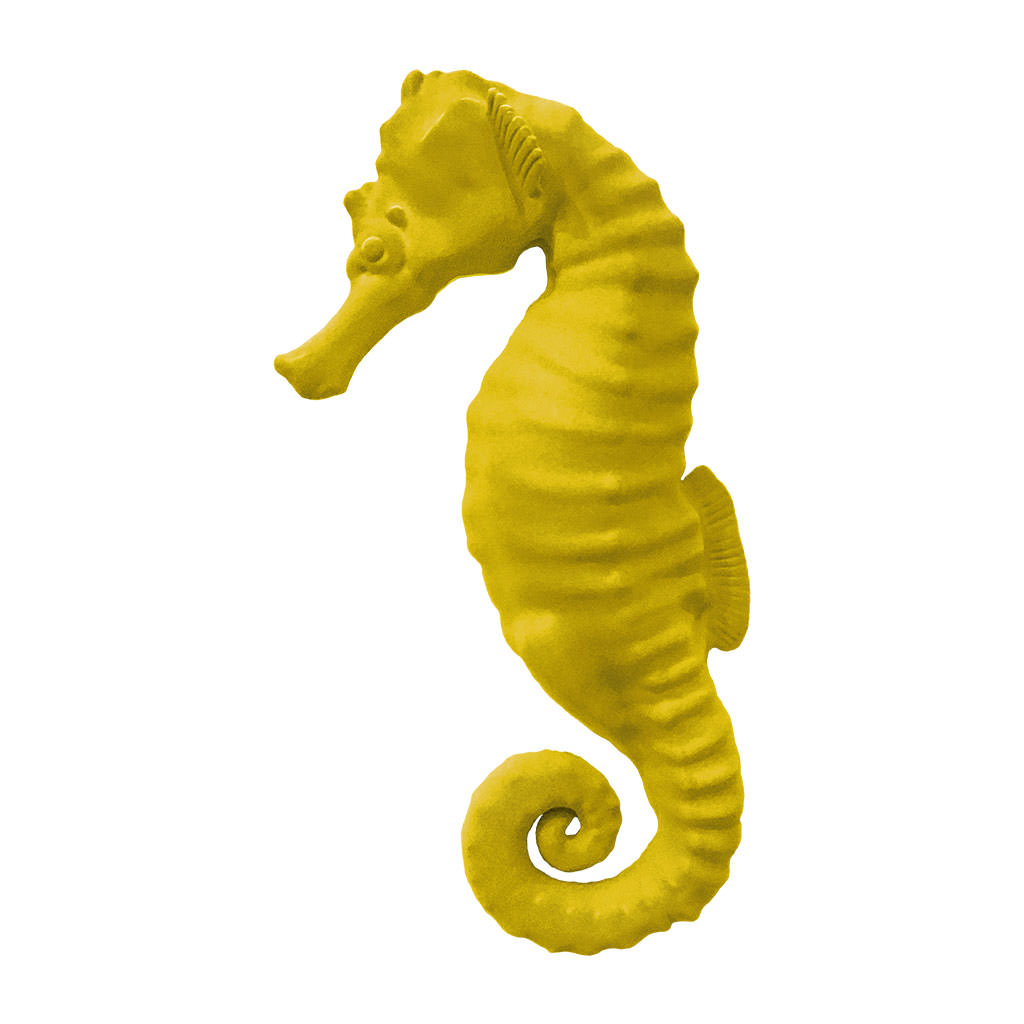
Knights of the Sea – Valor, 2023
Mixed Media Sculpture
Recycled Fiberglass, Flocking
31 x 60 x 15 cm
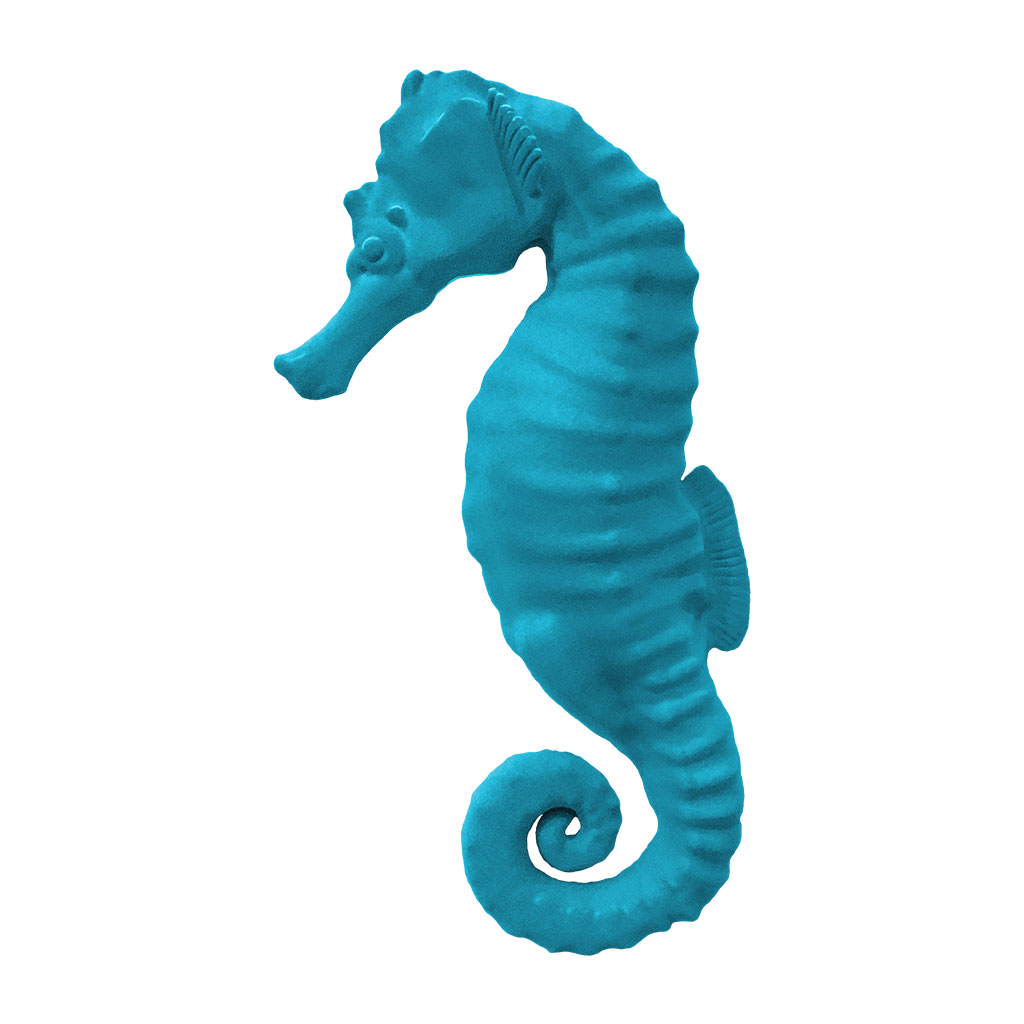
Knights of the Sea – Serenity, 2023
Mixed Media Sculpture
Recycled Fiberglass, Flocking
31 x 60 x 15 cm
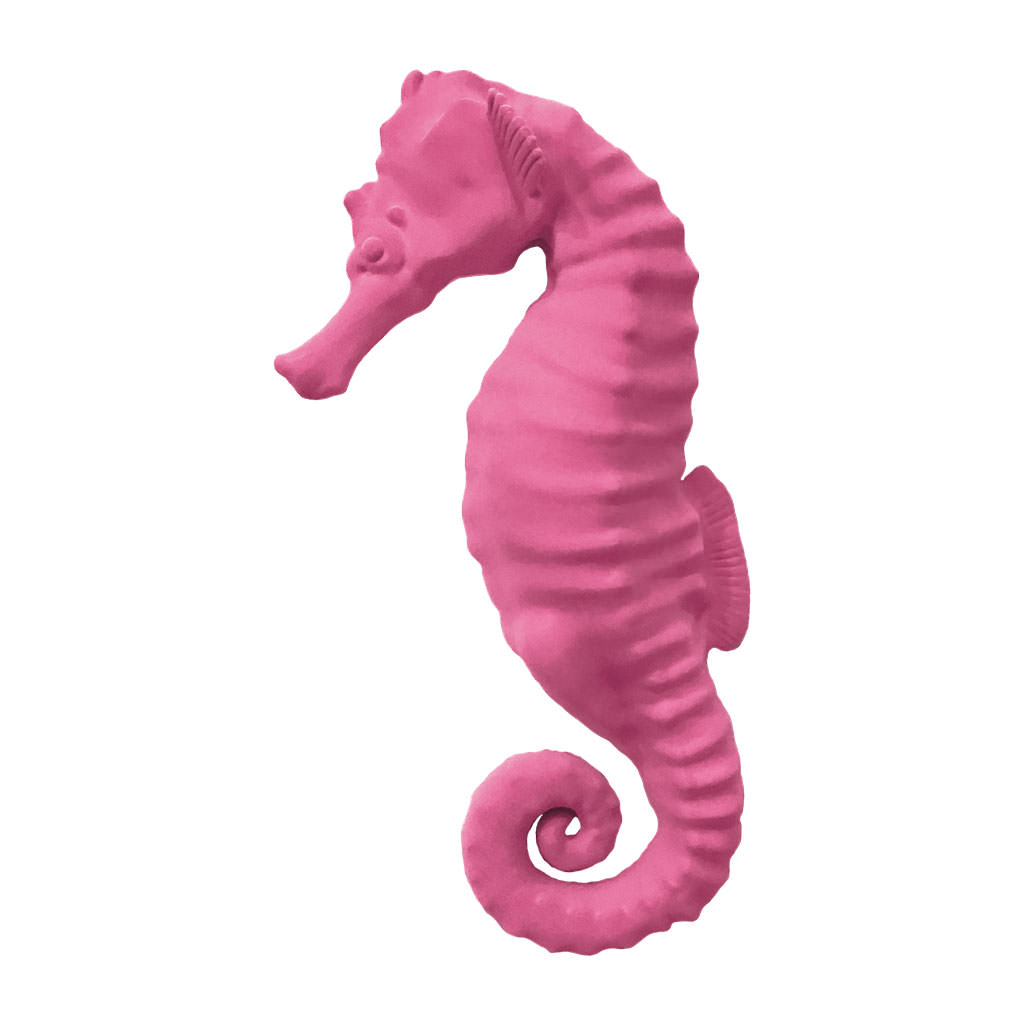
Knights of the Sea – Passion, 2023
Mixed Media Sculpture
Recycled Fiberglass, Flocking
31 x 60 x 15 cm
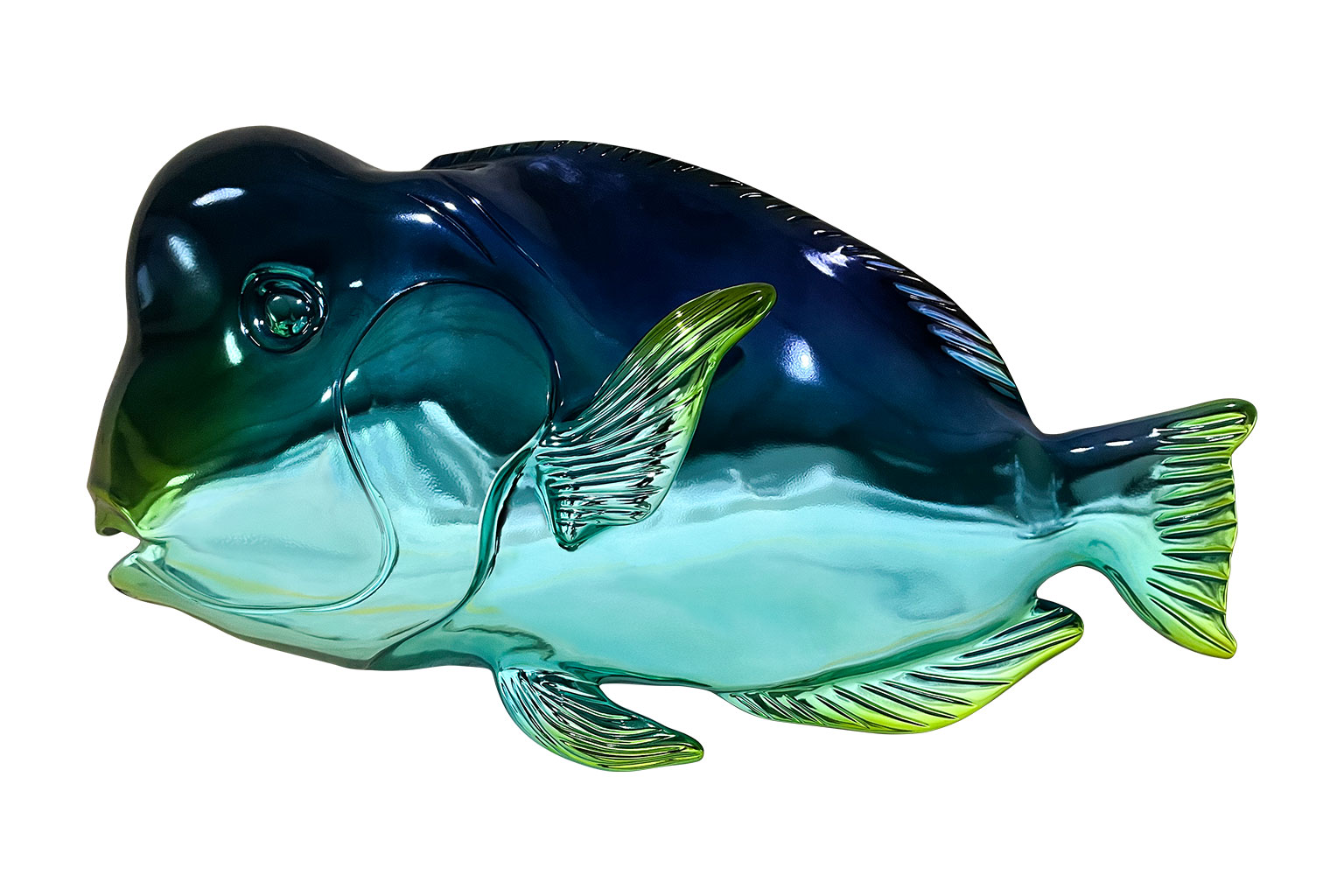
The Sand Makers – Mirage, 2023
Mixed Media Sculpture
Recycled Fiberglass, Electroplating Chameleon Chrome
100 x 55 x 15.5 cm
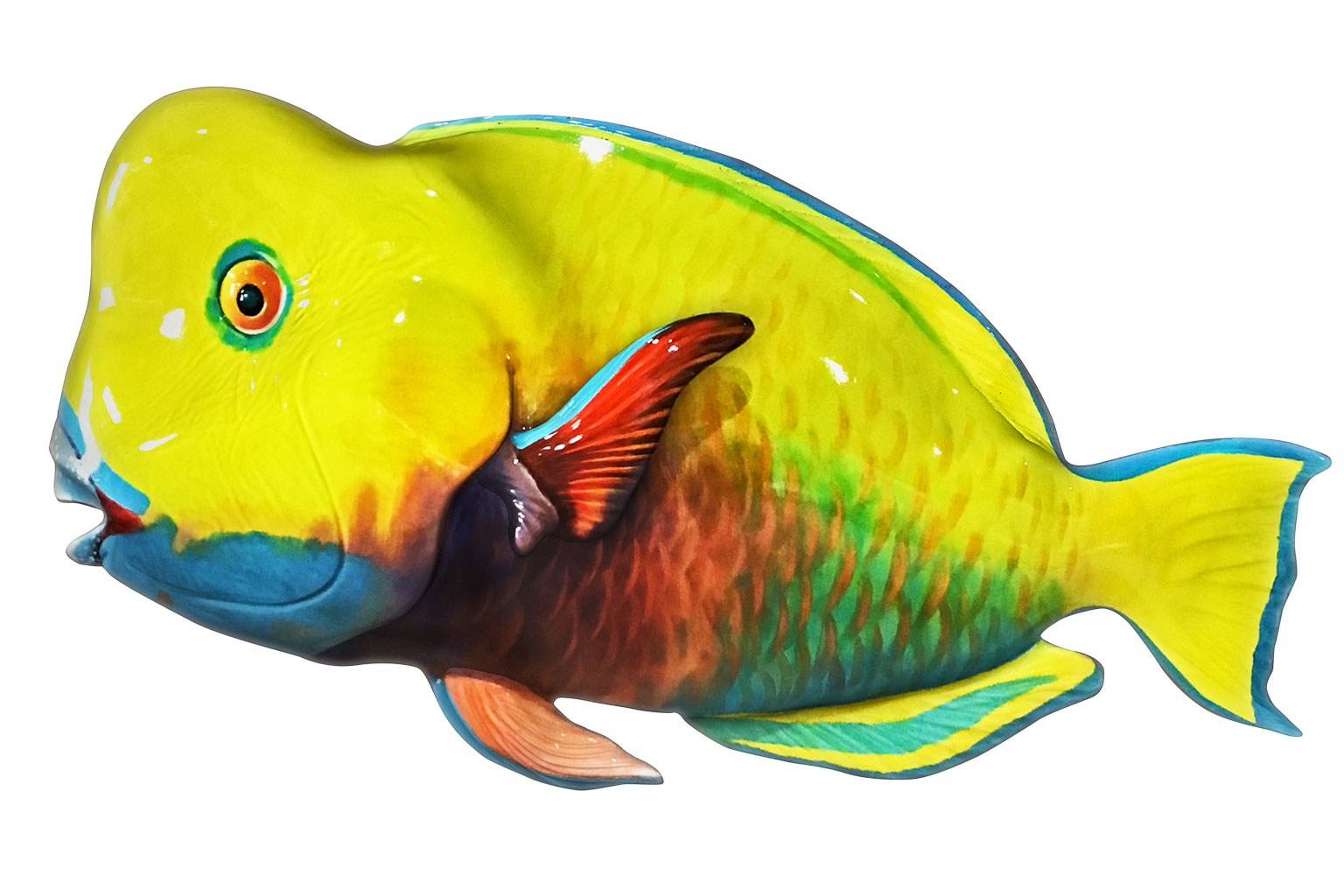
The Sand Makers – Desert Rose, 2023
Mixed Media Sculpture
Recycled Fiberglass, Electroplating Chameleon Chrome
100 x 55 x 15.5 cm
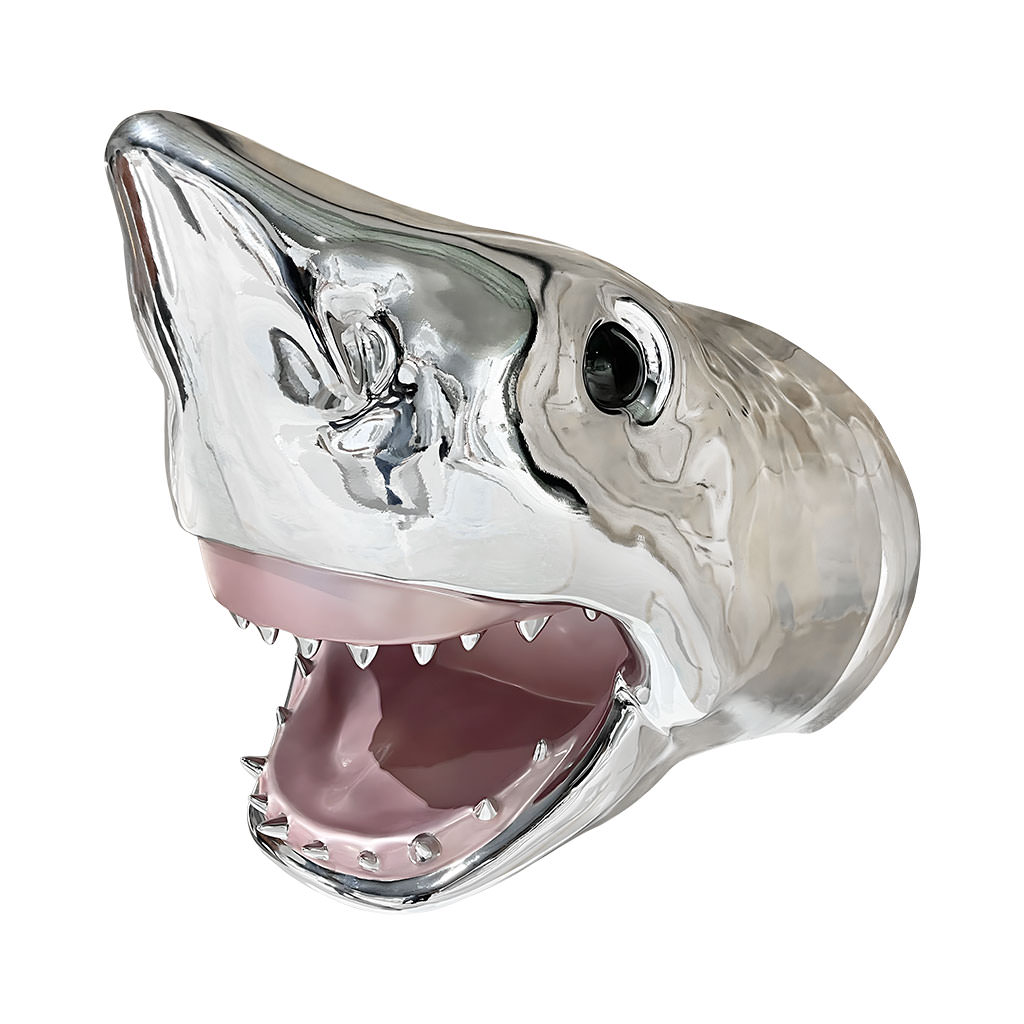
From Great to Gone, 2023
Mixed Media Sculpture
Recycled Fiberglass, Electroplating Chrome
80 x 87 x 94 cm
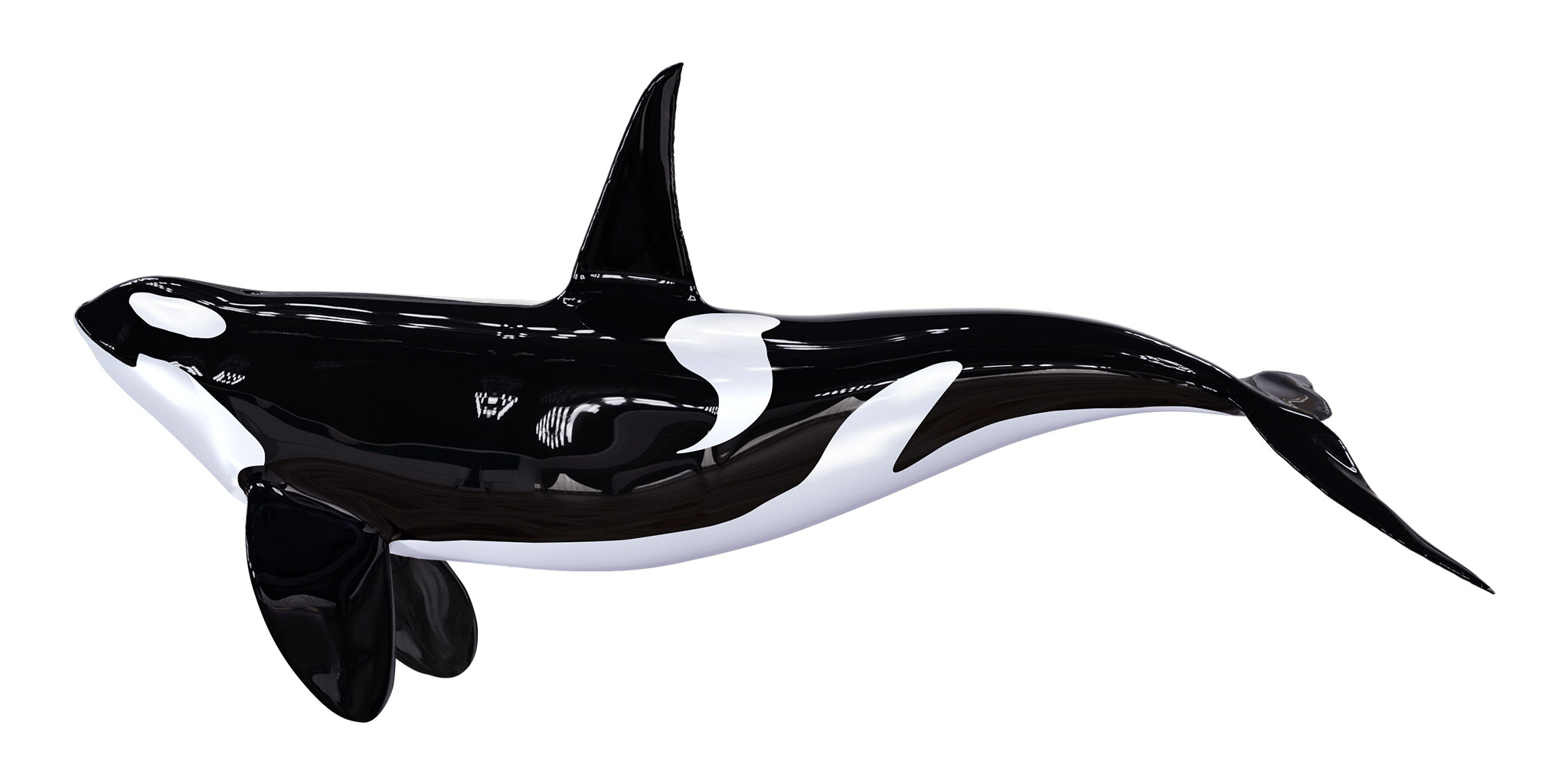
Tears of an Orca: Escaping Captivity, 2023
Mixed Media Sculpture
Recycled Fiberglass, Electroplating Chrome
120 x 67 x 52 cm
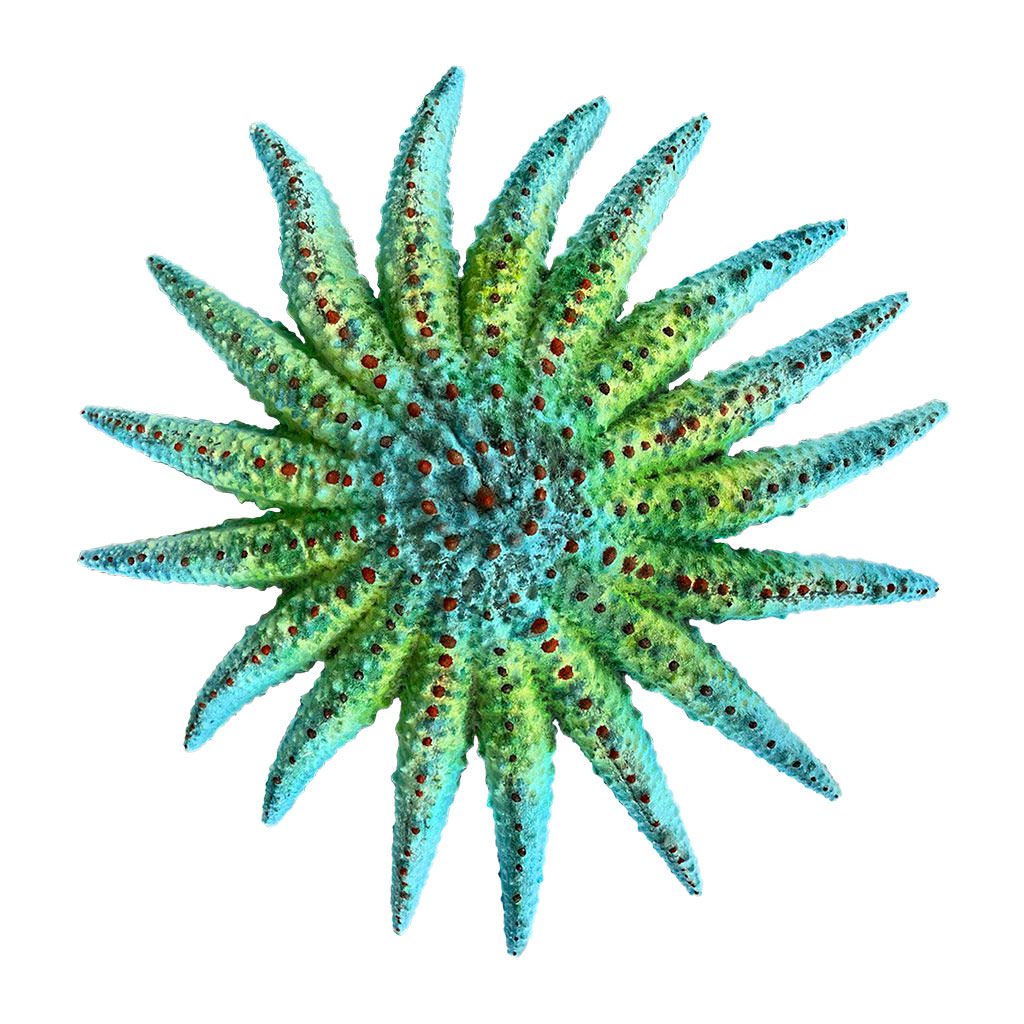
Sunflower SSWD – Whisper of Time, 2023
Mixed Media Sculpture
Recycled Fiberglass, Sand Finish with Hand Drawing
Diameter: 60 cm

Sunflower SSWD – Mirror Blossom, 2024
Mixed Media Sculpture
Recycled Fiberglass, Electroplating
Diameter: 60 cm
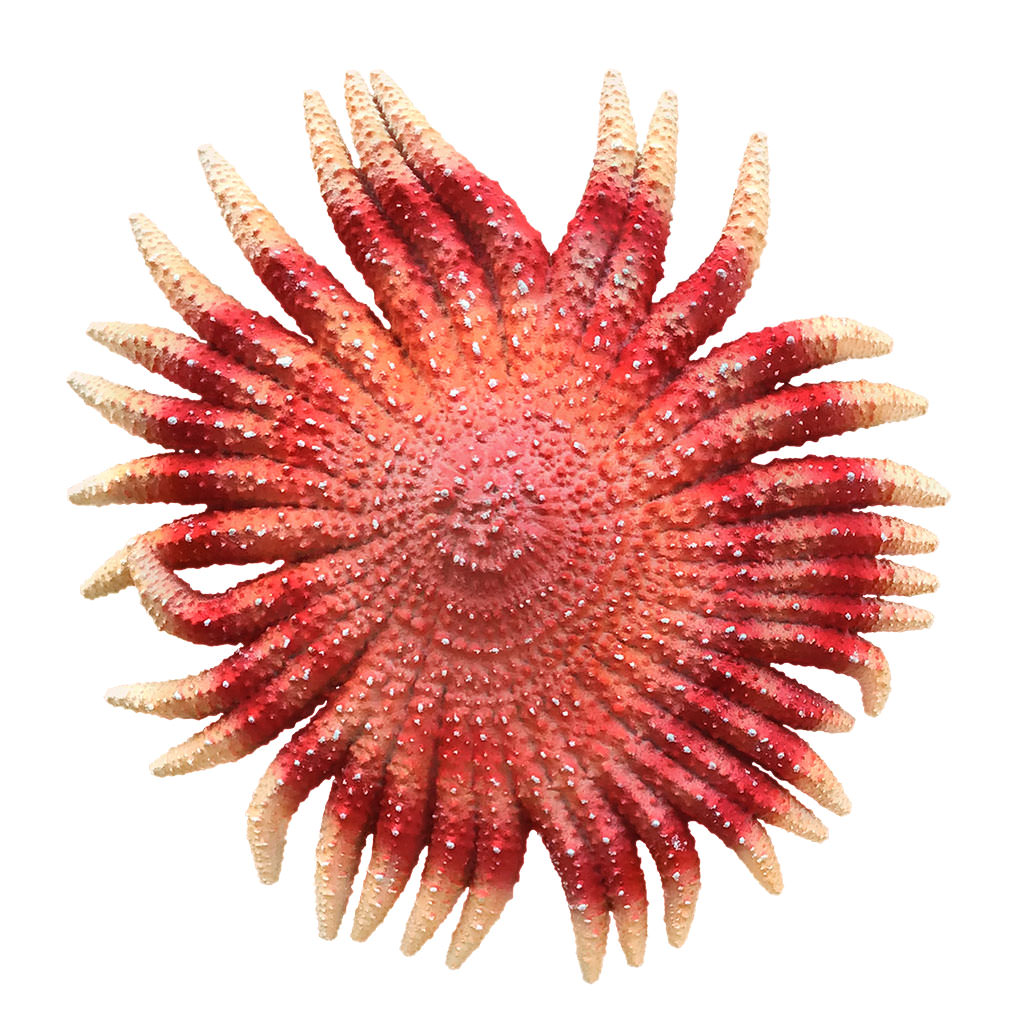
Sunflower SSWD – Silent Sunrise, 2023
Mixed Media Sculpture
Recycled Fiberglass, Sand Finish with Hand Drawing
Diameter: 60 cm

Sunflower SSWD – Reflective Bloom, 2024
Mixed Media Sculpture
Recycled Fiberglass, Electroplating
Diameter: 60 cm
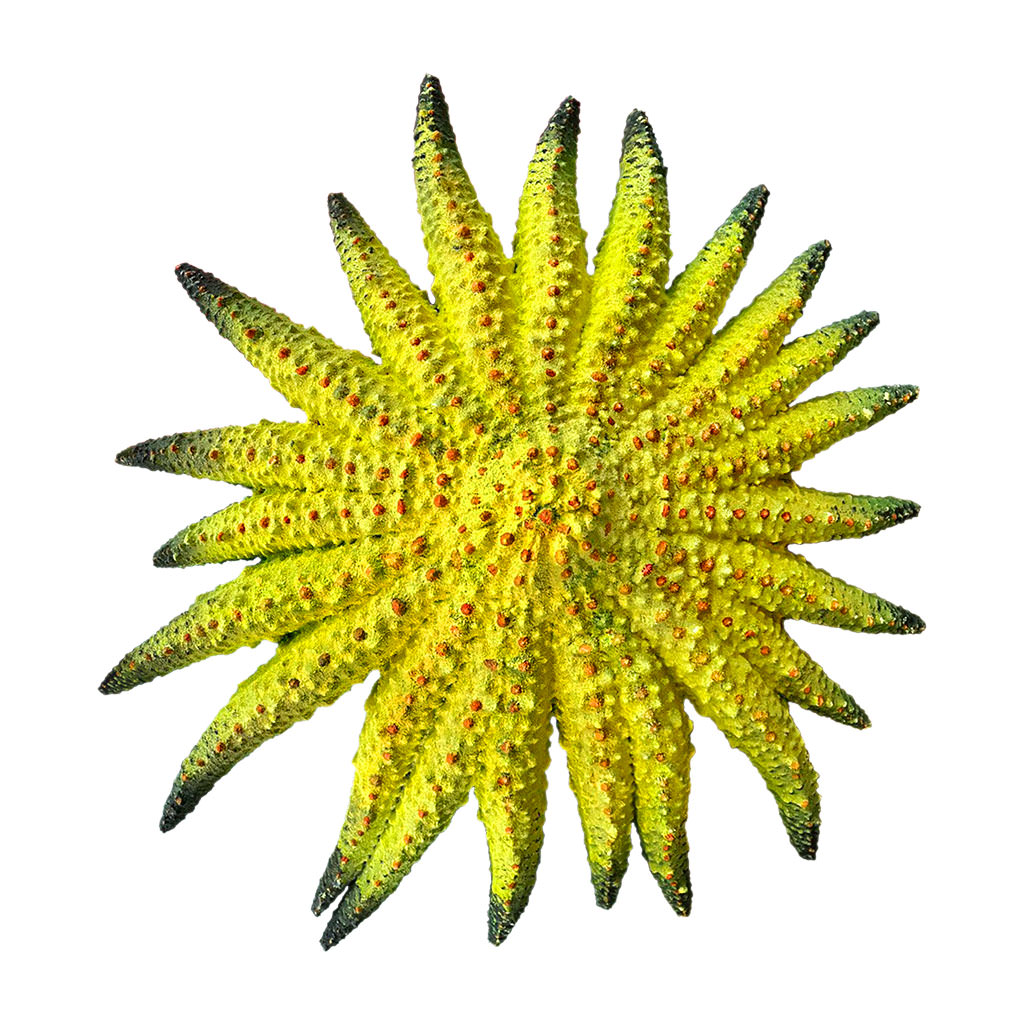
Sunflower SSWD – Desert Whisper, 2023
Mixed Media Sculpture
Recycled Fiberglass, Sand Finish with Hand Drawing
Diameter: 60 cm

Sunflower SSWD – Royal Echo, 2024
Mixed Media Sculpture
Recycled Fiberglass, Flocking
Diameter: 60 cm
The Lost Animals
Artist Natalia Kapchuk's latest project, The Lost Animals, emerges as a needed response to one of the most pressing crises of our time: the alarming decline and impending extinction of the planet's critically endangered species. As both an artist and eco-activist, Kapchuk uses her craft to shines a spotlight on the urgent plight of these creatures, many of which reside on The International Union for Conservation of Nature's (IUCN) Red List.
This project serves as a poignant call to action, with each sculpture in the series represents a unique species, advocating for their protection and conservation. Kapchuk's work is informed by years of meticulous research into the habitats and life histories of these endangered marine species. Her dedication is evident in the intricate craftsmanship of each piece, which employs materials such as recycled fiberglass using flocking techniques and finishes with hand detailing and electroplating.
Vividly crafted, Kapchuk's sculptures capture the fascinating beauty and fragility of the selected species, emotionally underscoring the severe threats posed by human activities—such as commercial fishing, poaching, and pollution. These threats contribute to the degradation of marine ecosystems and the broader environmental crisis, highlighting the interconnectedness of all life on Earth.
In Kapchuk’s own words: "The diversity, beauty, grace, and mystery of our planet's marine life have deeply inspired me. Sadly, many species face drastic population declines and potential extinction, primarily due to human activities. Through The Lost Animals series, I aim to confront these critical threats, awakening viewers to the profound and heartbreaking realities facing our planet's wildlife and fostering a greater commitment to conservation and protection."
The sculptures presented in this impactful series feature vulnerable species such as the Blue Whale, Great Hammerhead, Hawksbill Sea Turtle, Spinetail Devil Ray, Spotted Seahorse, Green Humphead Parrotfish, Great White Shark, Killer Whale, and Sunflower Starfish. Through this collection, Kapchuk highlights the immediate risks facing these species and calls for collective action to prevent their extinction, preserving the delicate balance of Earth's marine ecosystems.
The Lost Animals stands as a profound personal manifesto by Artist Natalia Kapchuk, transforming the precarious situation of each endangered species into a visual and emotional experience that challenges us all to confront and address the environmental crises affecting our planet.
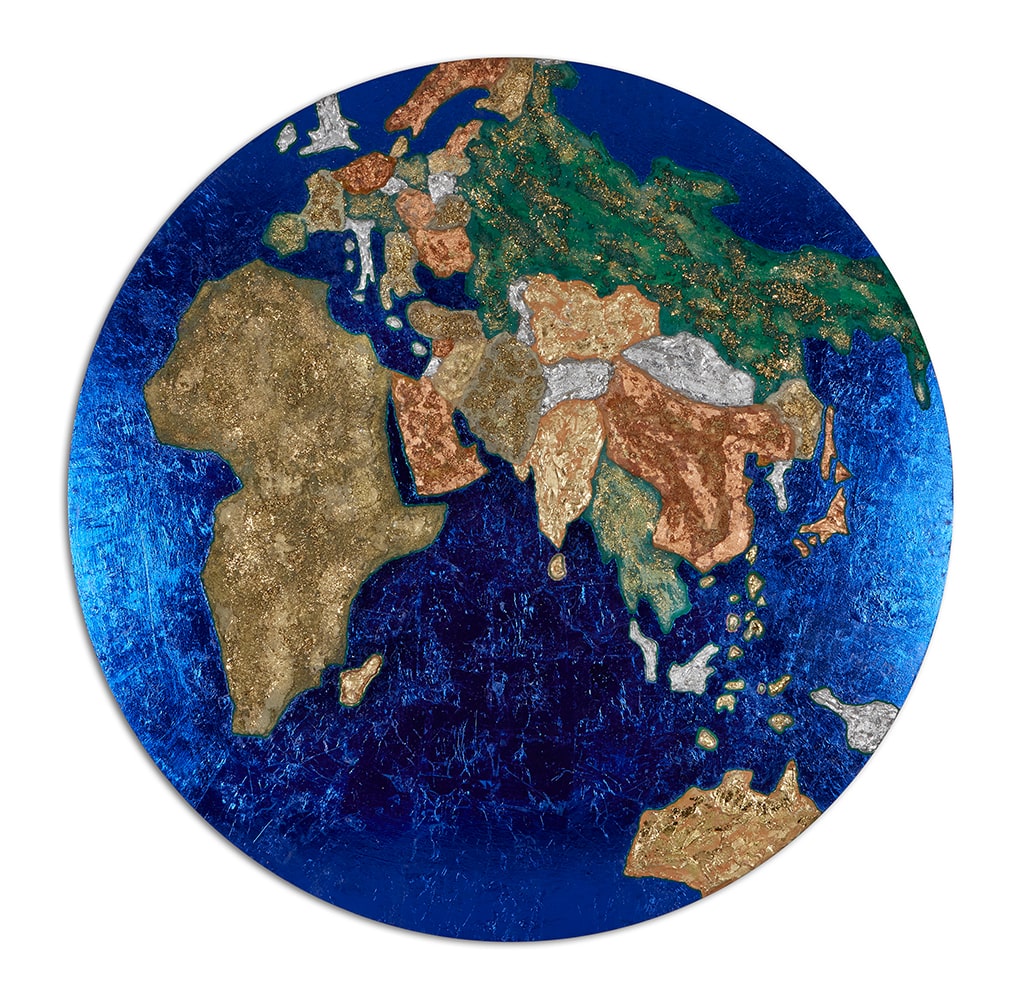
Lost in Blue, 2019
Resi-crete, metal leaf, acrylics, sand, metallic paint on wood
Diameter 100 cm, Mixed Media
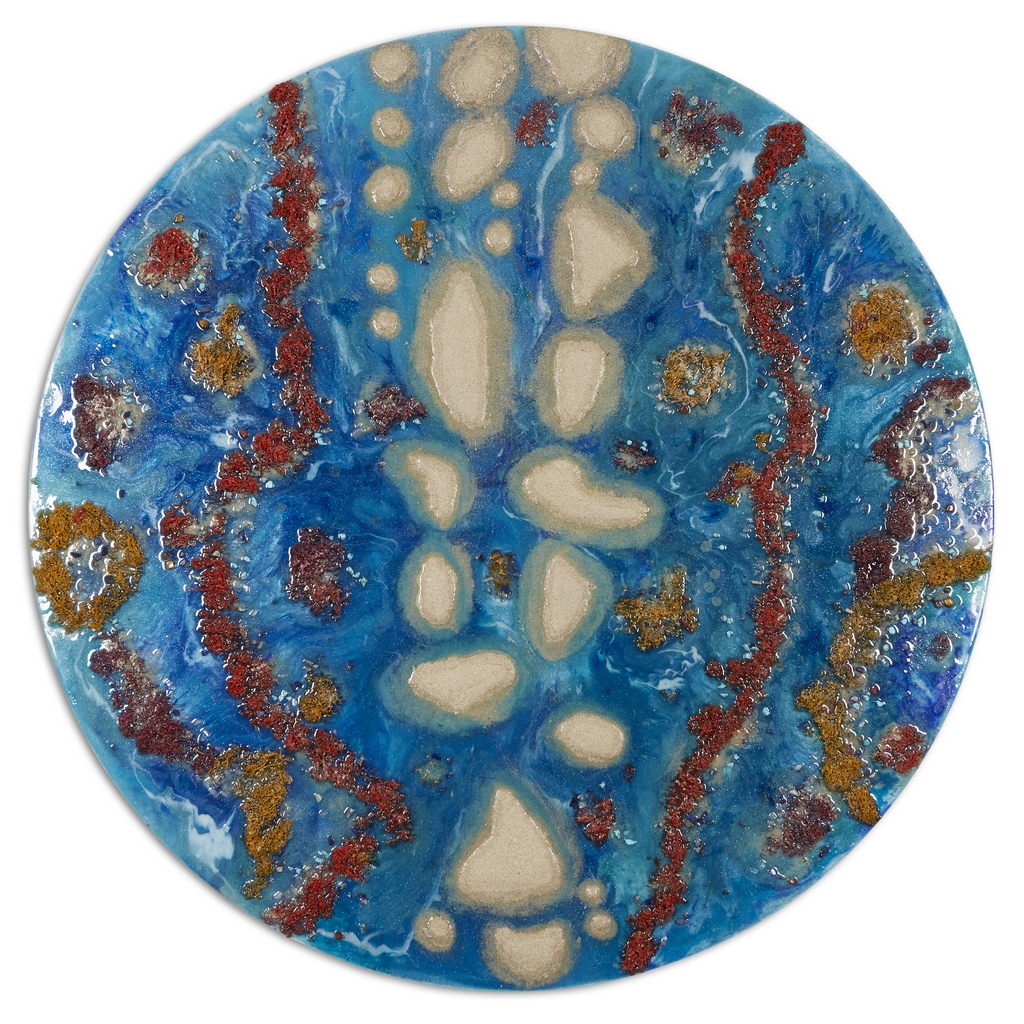
Ocean’s DNA, 2019
Sand, fermented moss, natural stones, resin, pigments on aluminium
Diameter 120 cm, Mixed Media

The Vanishing Antarctica, 2019
Metal leaf, acrylics, resi-crete, natural crystals, diamond dust, glass, resin on aluminium
Diameter 100 cm, Mixed Media
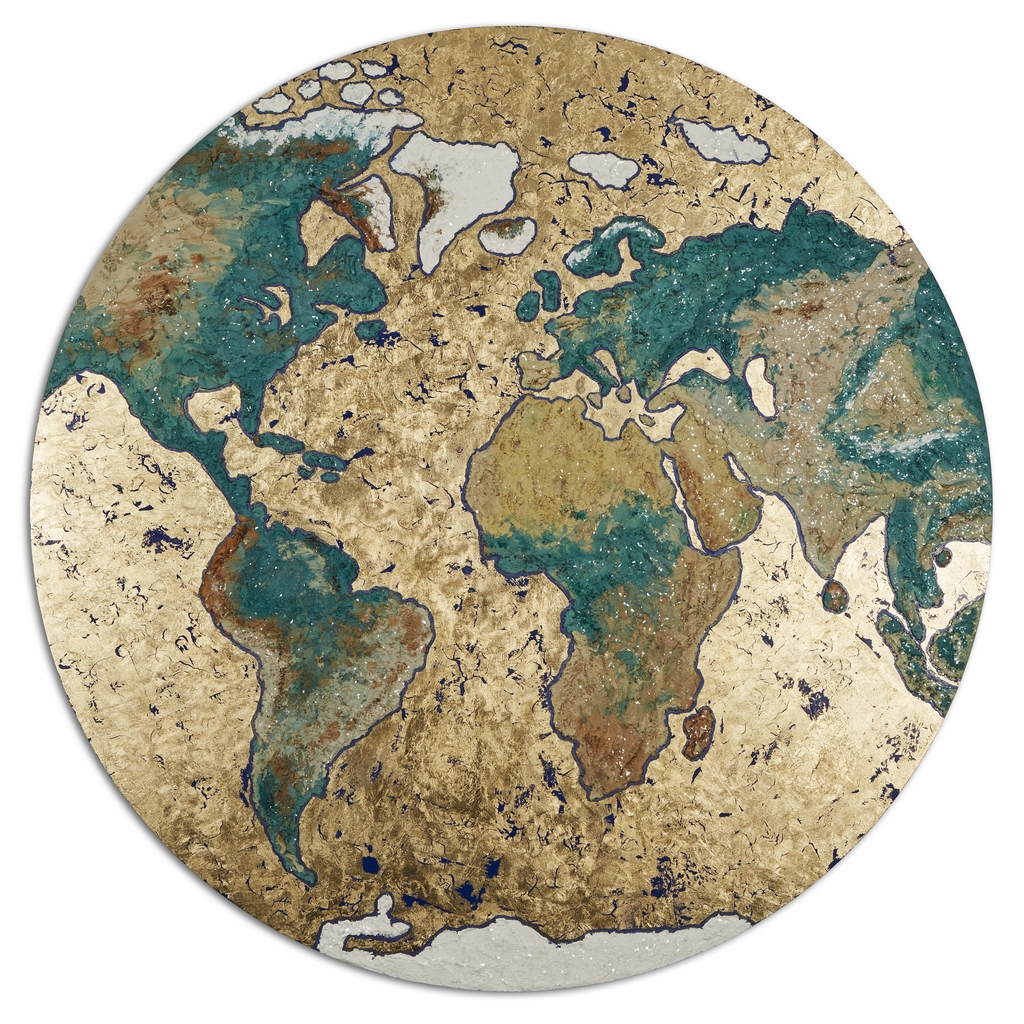
The Planet Made of Gold, 2019
Gold leaf, resi-crete, diamond dust, acrylics on wood
Diameter 120 cm, Mixed Media

The Winner Takes it All, 2019
Bronze leaf, resi-crete, pigments, diamond dust, acrylics, natural glitters
Diameter 120 cm, Mixed Media
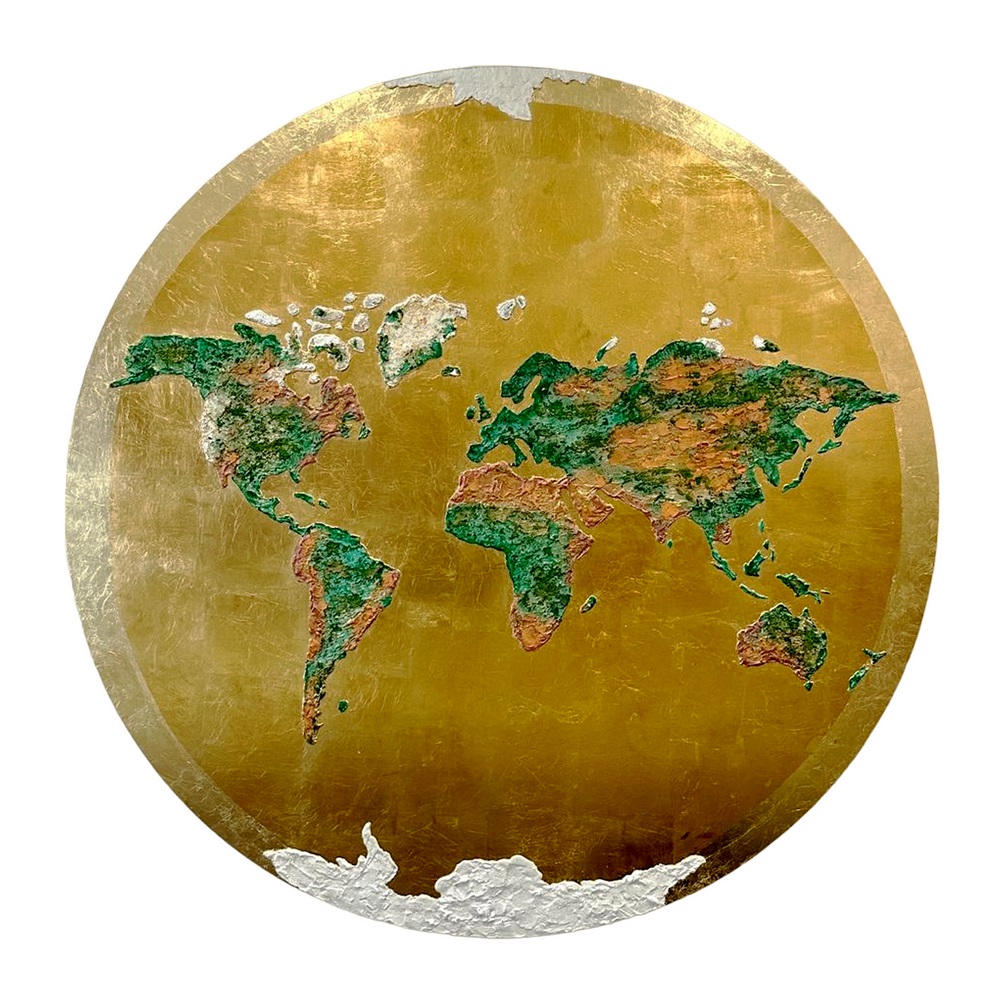
Gilded Planet, 2022
Gold leaf, resi-crete, pigments, diamond dust, acrylic paint, natural glitters
Diameter 120 cm, Mixed Media
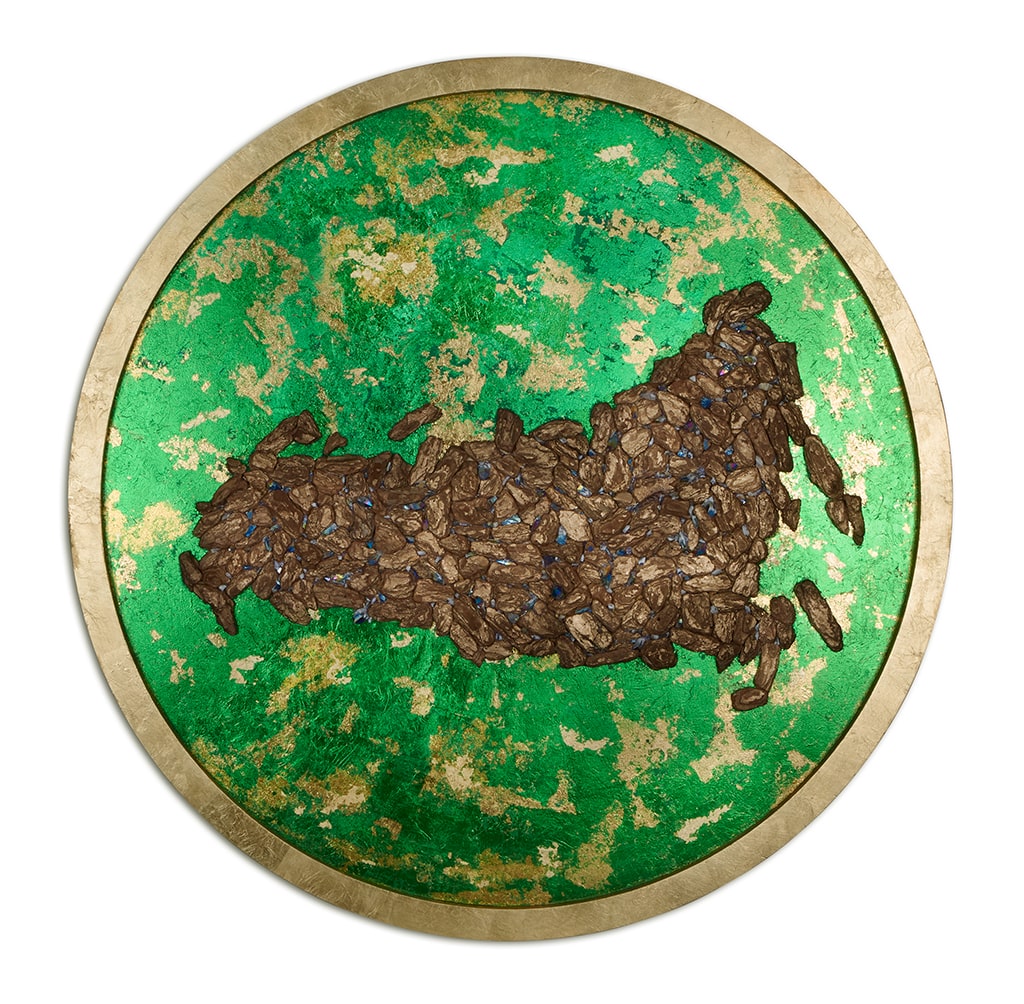
Russian Wildfires, 2019
Siberian bark, natural crystals, metal leaf
Diameter 120 cm, Mixed Media
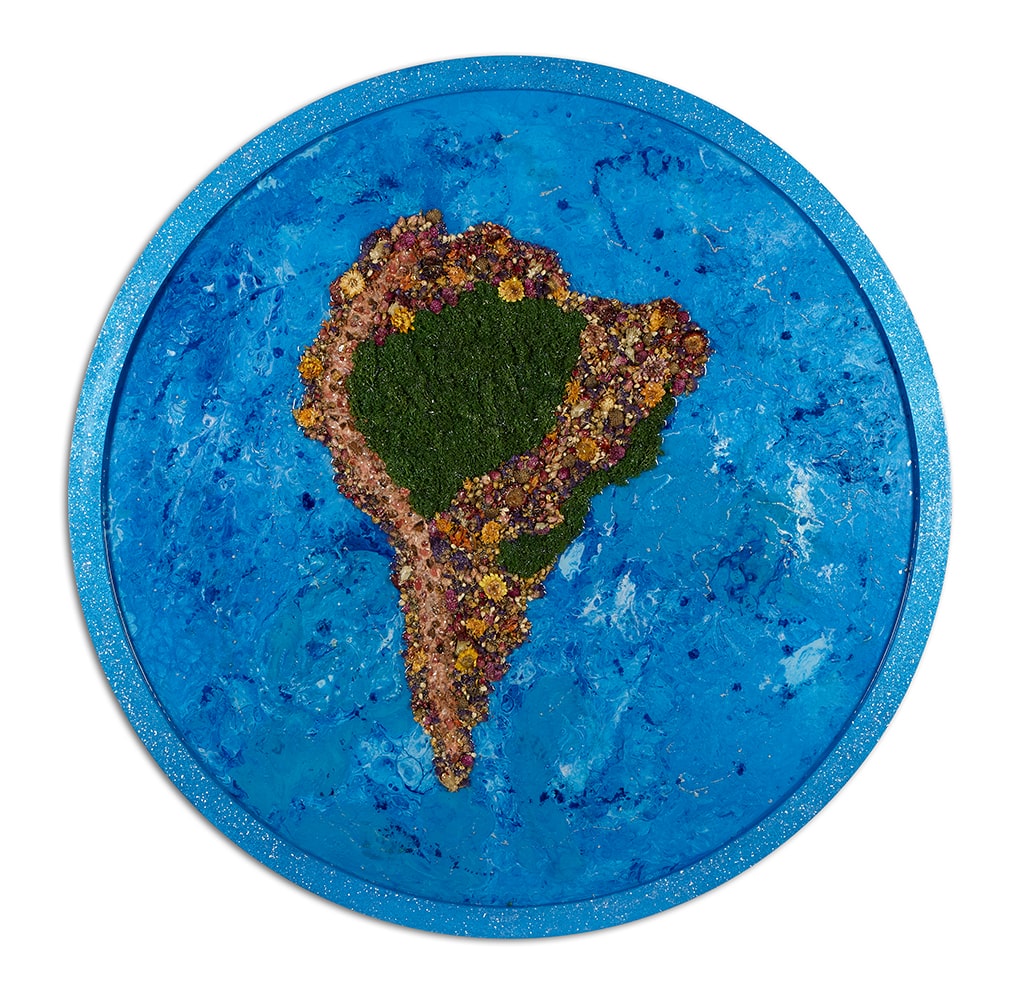
The Last Breath, 2019
Acrylics, dry flowers, moss, resi-crete, sand, diamond dust, natural stones, resin
Diameter 120 cm, Mixed Media
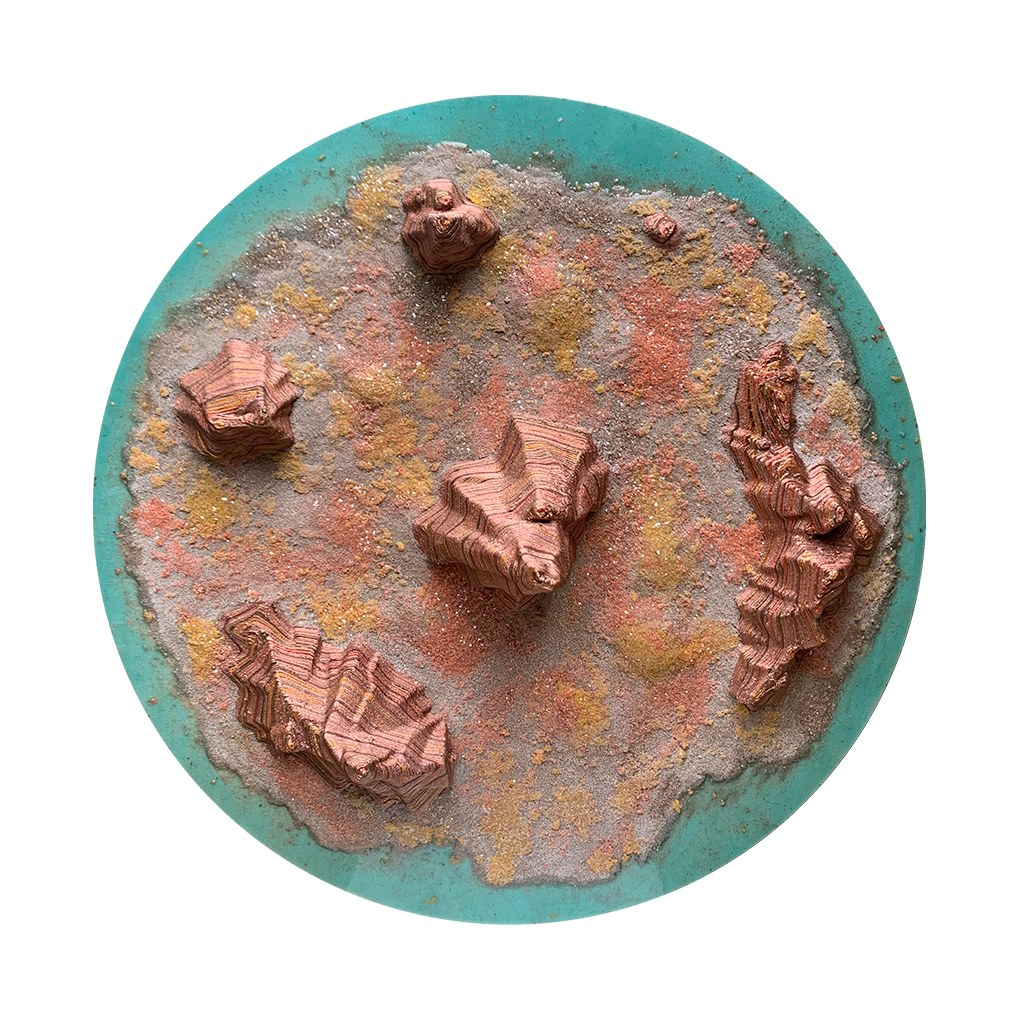
Virgin Rocks, 2019
Resin, diamond dust, sand, acrylics, spray paint on wood
Diameter 110 cm, Mixed Media

Environmental Crisis, 2019
Resin, single use plastic, pigments, dried fish, fish bone, LED lights
Diameter 100 cm, Mixed Media
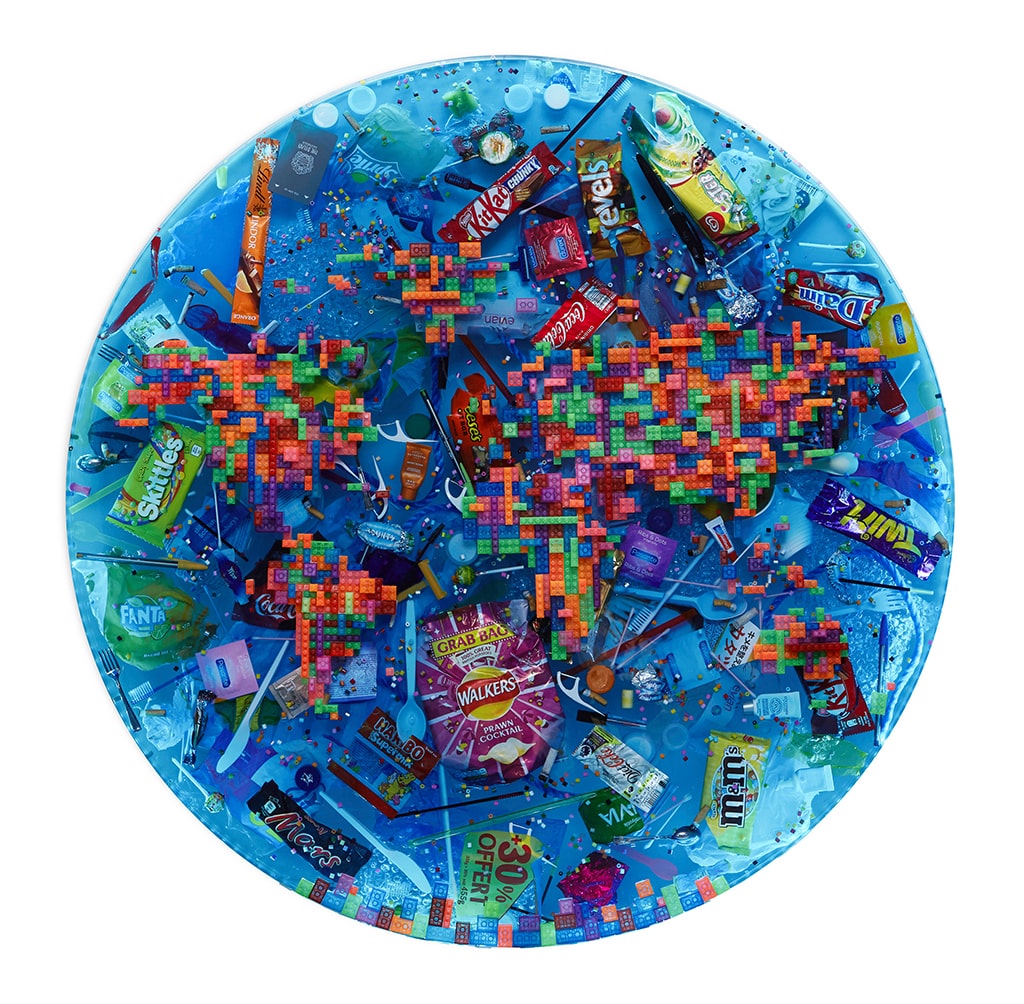
The LEGO World, 2019
Resin, single use plastic, LED lights, LEGO elements
Diameter 100 cm, Mixed Media

American Dream, 2019
Resin, single use plastic, LED lights, LEGO elements
Diameter 100 cm, Mixed Media

Plastic Network, 2019
Resin, single use plastic, LED lights, PLA filament
Diameter 100 cm, Mixed Media
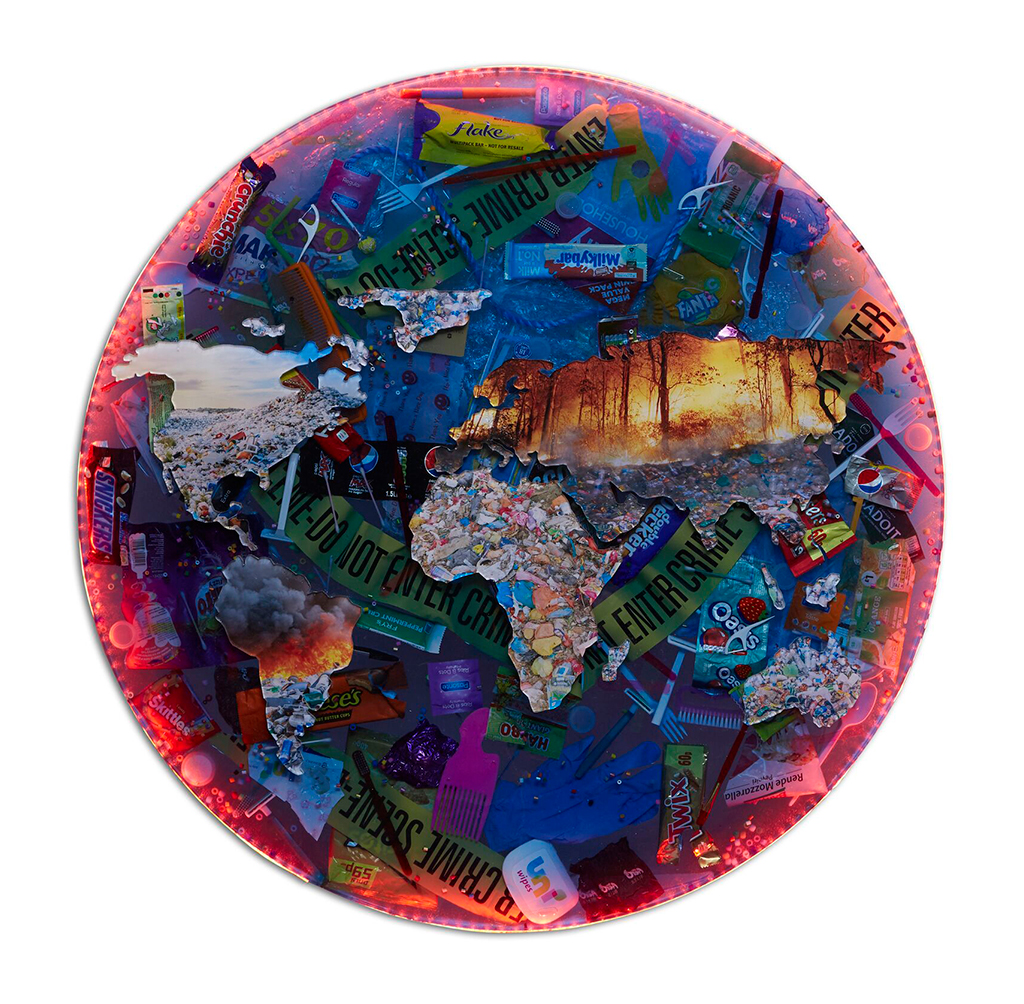
The World is on Fire, 2019
Resin, single use plastic, LED lights, acrylic sheet
Diameter 100 cm, Mixed Media
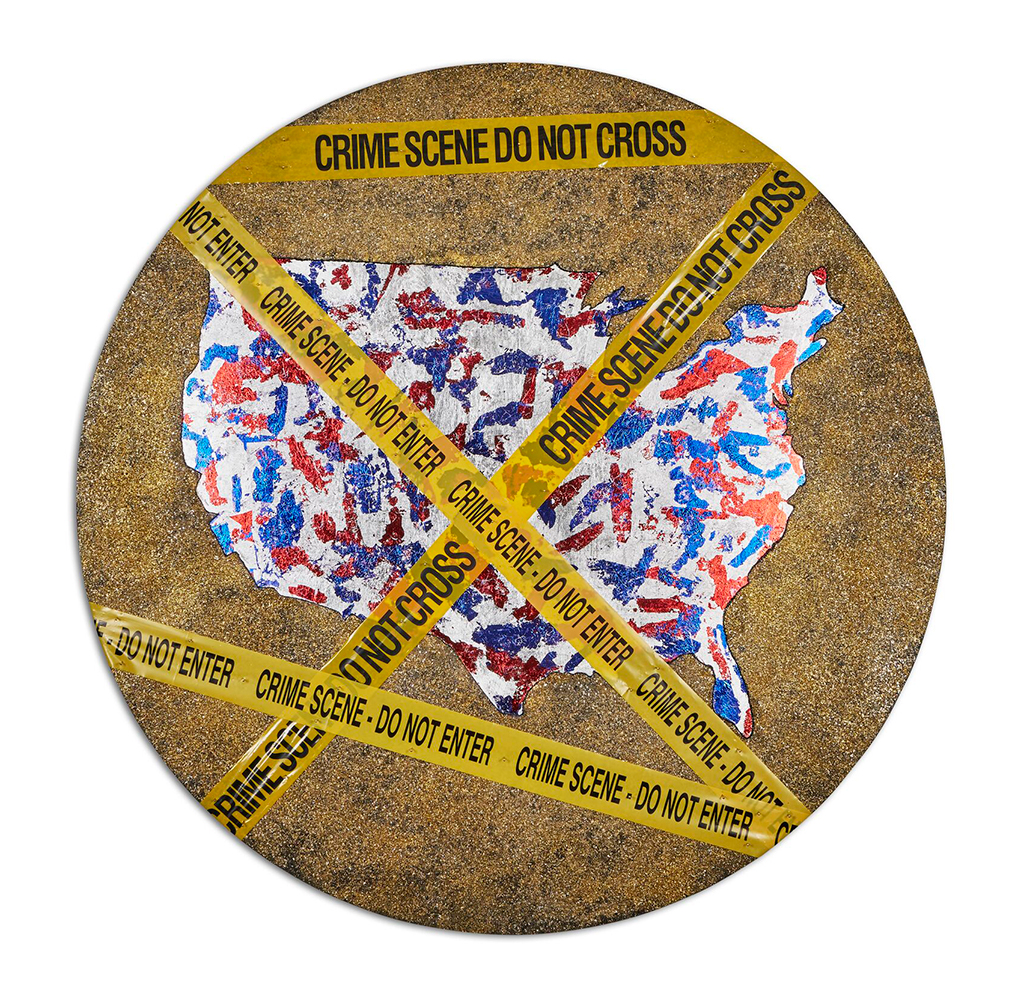
Paris Climate Disagreement, 2019
Metal leaf, diamond dust, gold glitters, barrier tape, acrylics on wood
Diameter 120 cm, Mixed Media
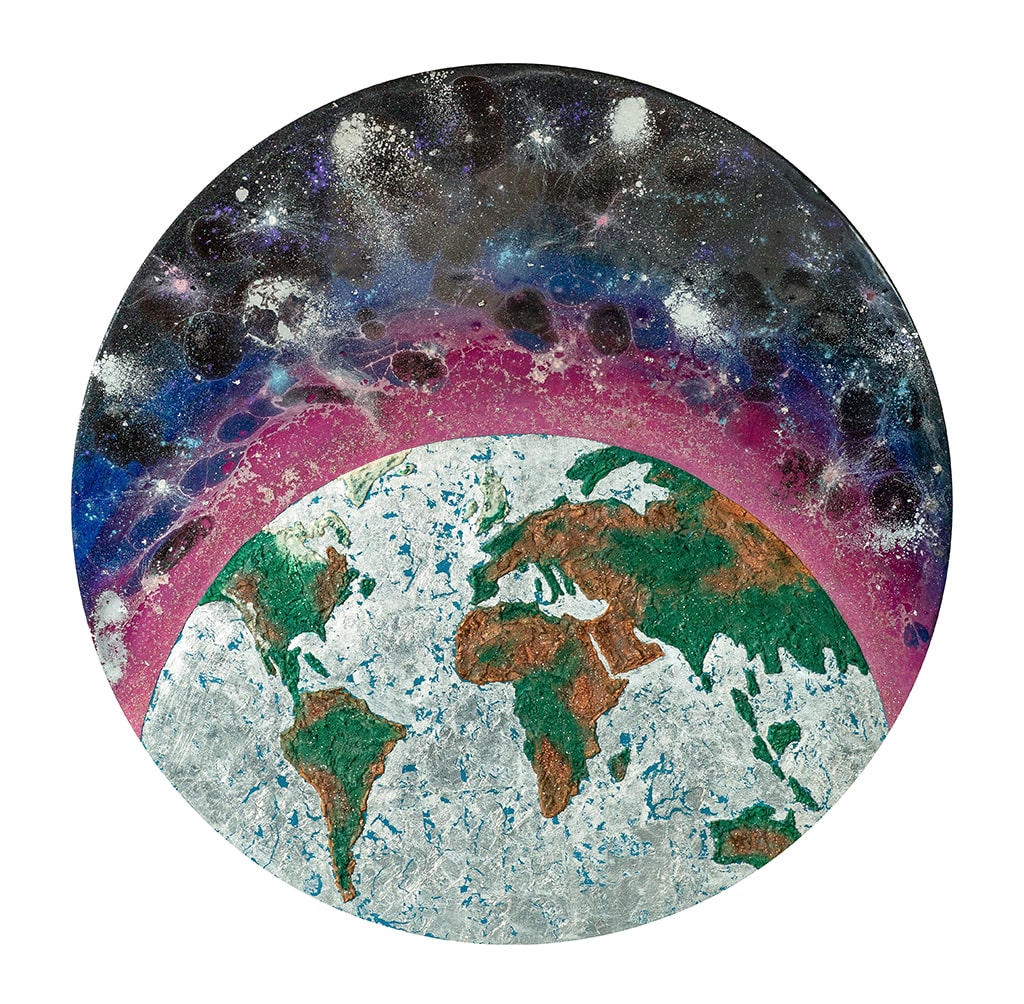
Low Earth Orbit, 2020
Resin, pigments, resi-crete, metal leaf, acrylics
Diameter 110 cm, Mixed Media
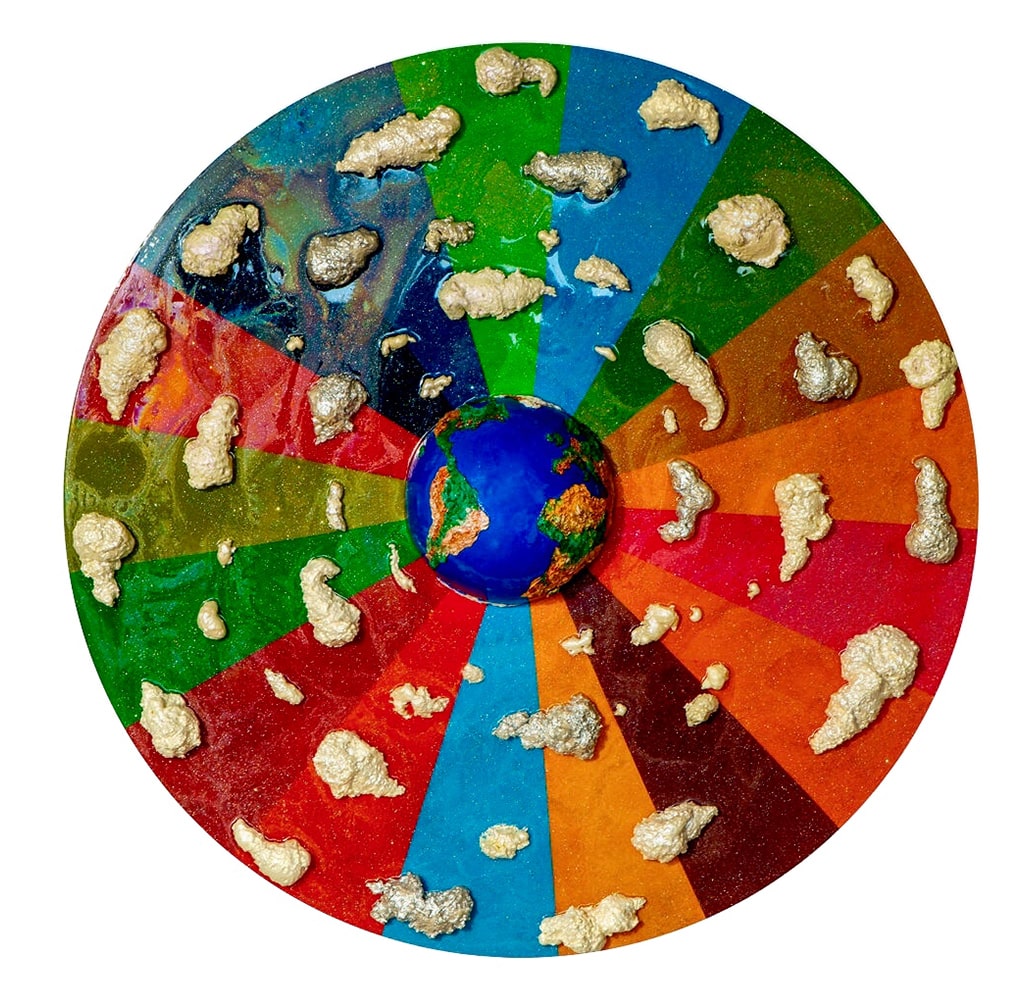
Sustainability Wheel, 2020
Acrylics, resin, resi-crete, polyurethane foam, plastic on wood
Diameter 110 cm, Mixed Media

Coral Maze, 2020
Resin, fermented moss, sand, natural stones, metal leaf, pigments on metal
Diameter 120 cm, Mixed Media

Glacial Iridescence, 2022
Wood base, iridescent and chrome paint, plant - based epoxy resin, fiberglass construction
Diameter 110 cm, Mixed Media
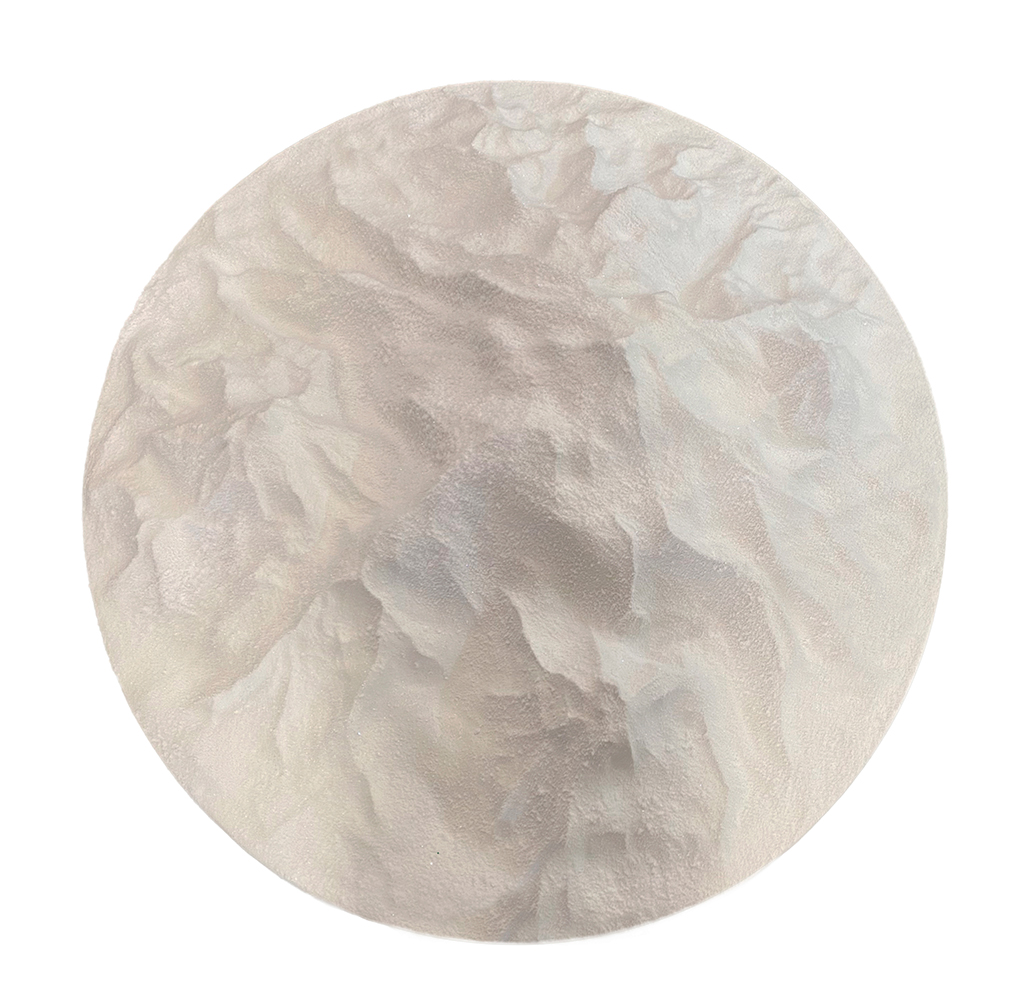
Revenge of the Denali, 2022
Fiberglass, wood, pigmented sand, flocking (repurposed sawdust), plant-based epoxy resin
Diameter 120 cm, Mixed Media

Sapphire Sea, 2022
Wood base, iridescent and chrome paint, plant - based epoxy resin, fiberglass construction
Diameter 110 cm, Mixed Media
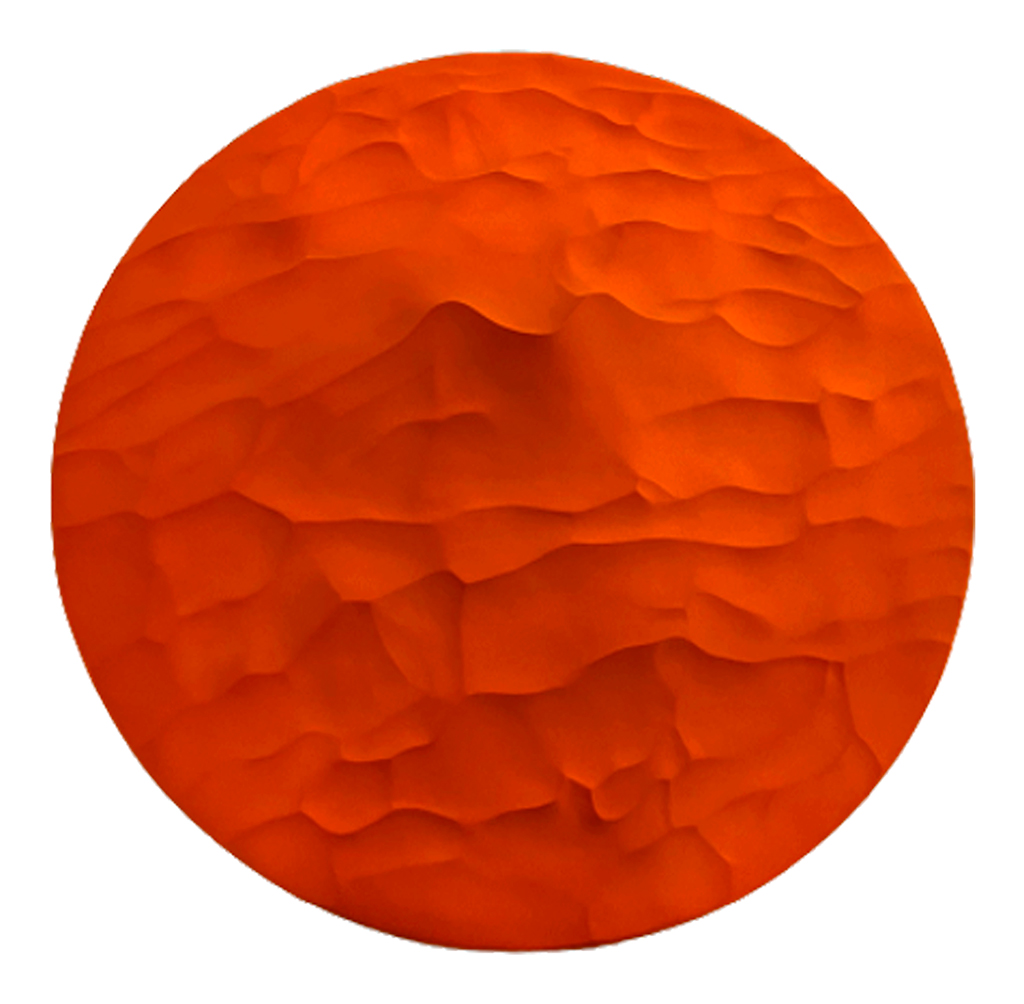
Saharan Sands I, 2022
Fiberglass, wood, pigmented sand, flocking (repurposed sawdust), plant-based epoxy resin
Diameter 120 cm, Mixed Media
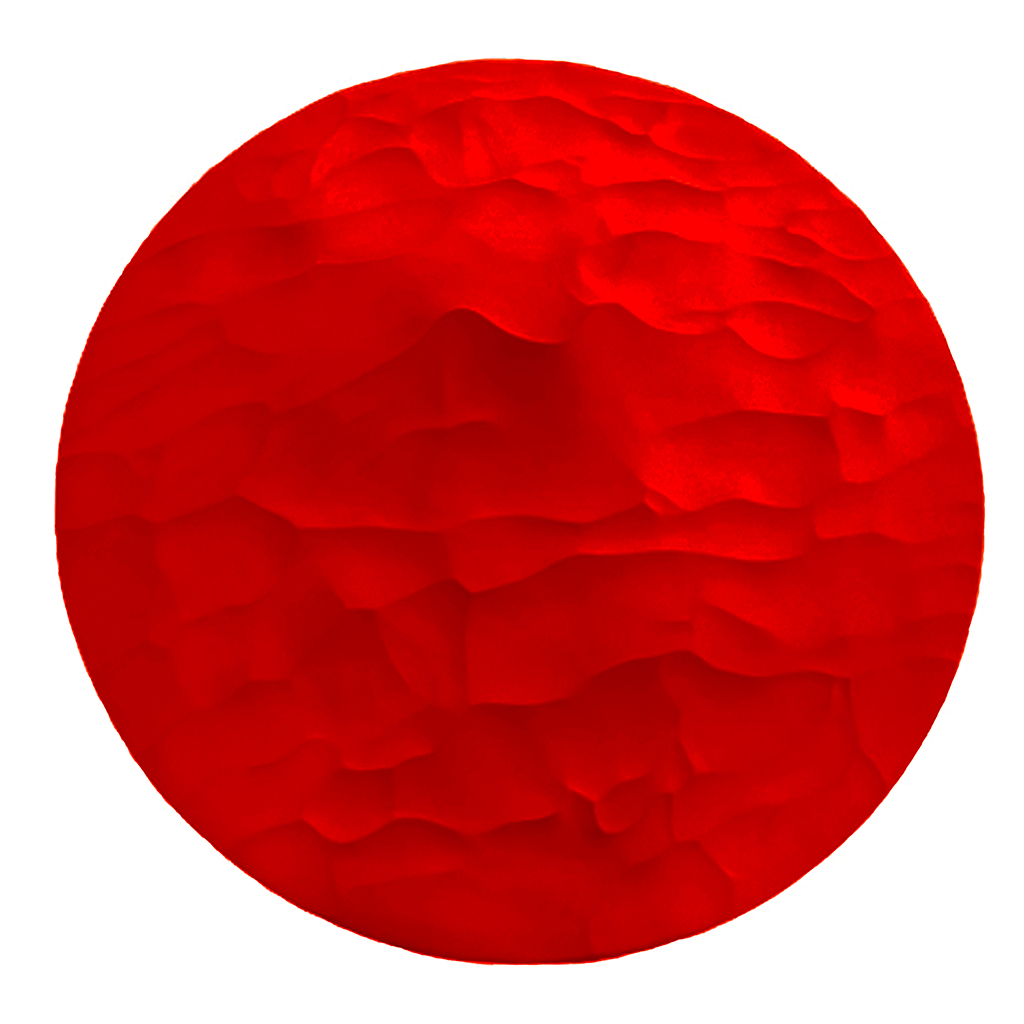
Earth or Mars?, 2022
Wood base, flocking (repurposed sawdust), acrylic paint, fiberglass construction
Diameter 120 cm, Mixed Media
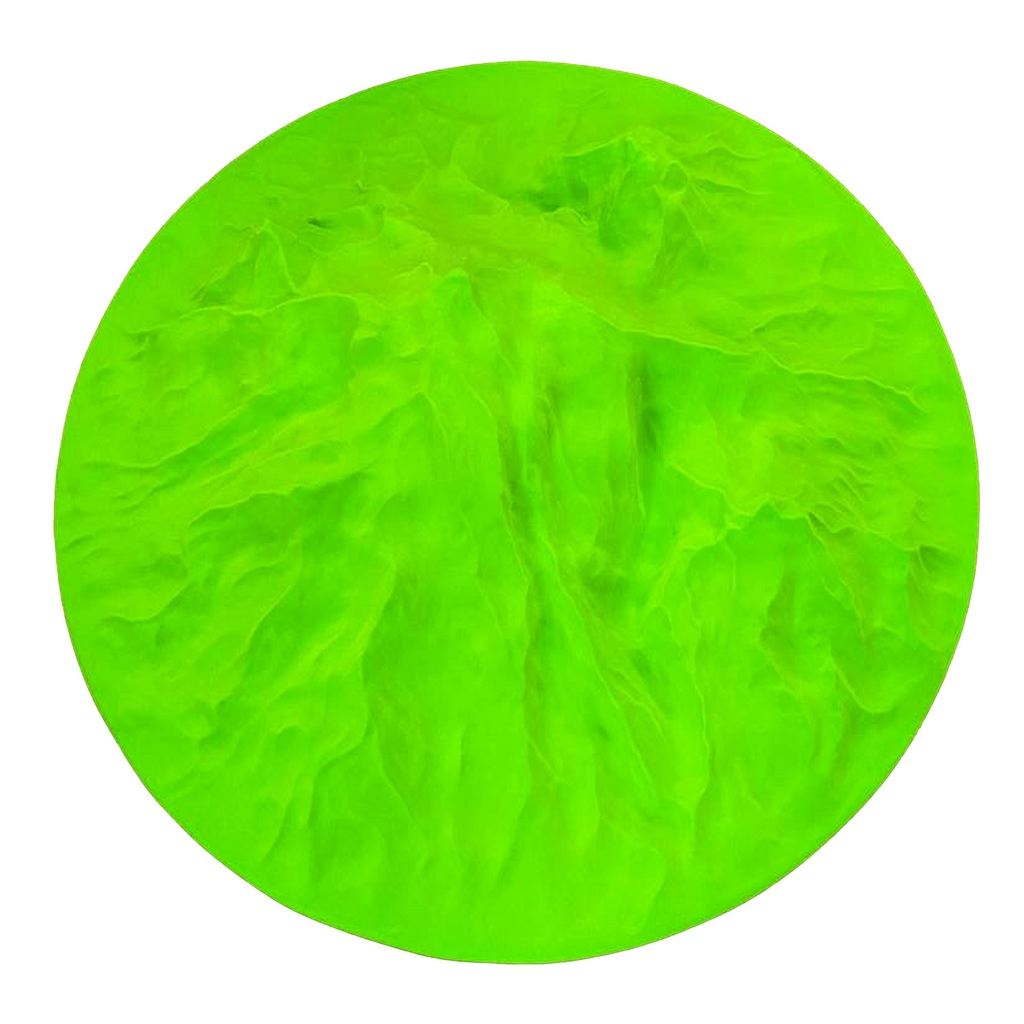
Algae Bloom, 2022
Wood base, flocking (repurposed sawdust), acrylic paint, fiberglass construction
Diameter 110 cm, Mixed Media
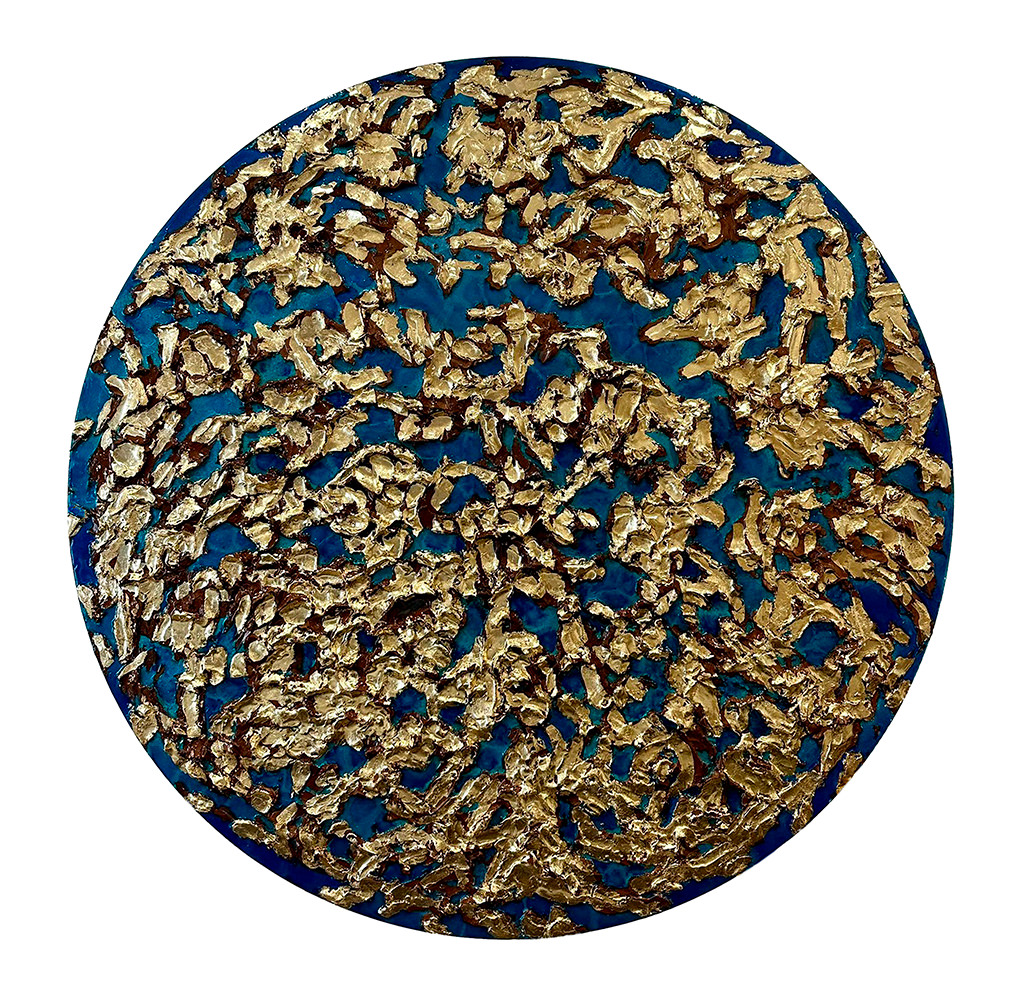
Poseidon’s Shield, 2023
Acrylics, pigments, clay, resin, gold leaf, wood
Diameter 120 cm, Mixed Media
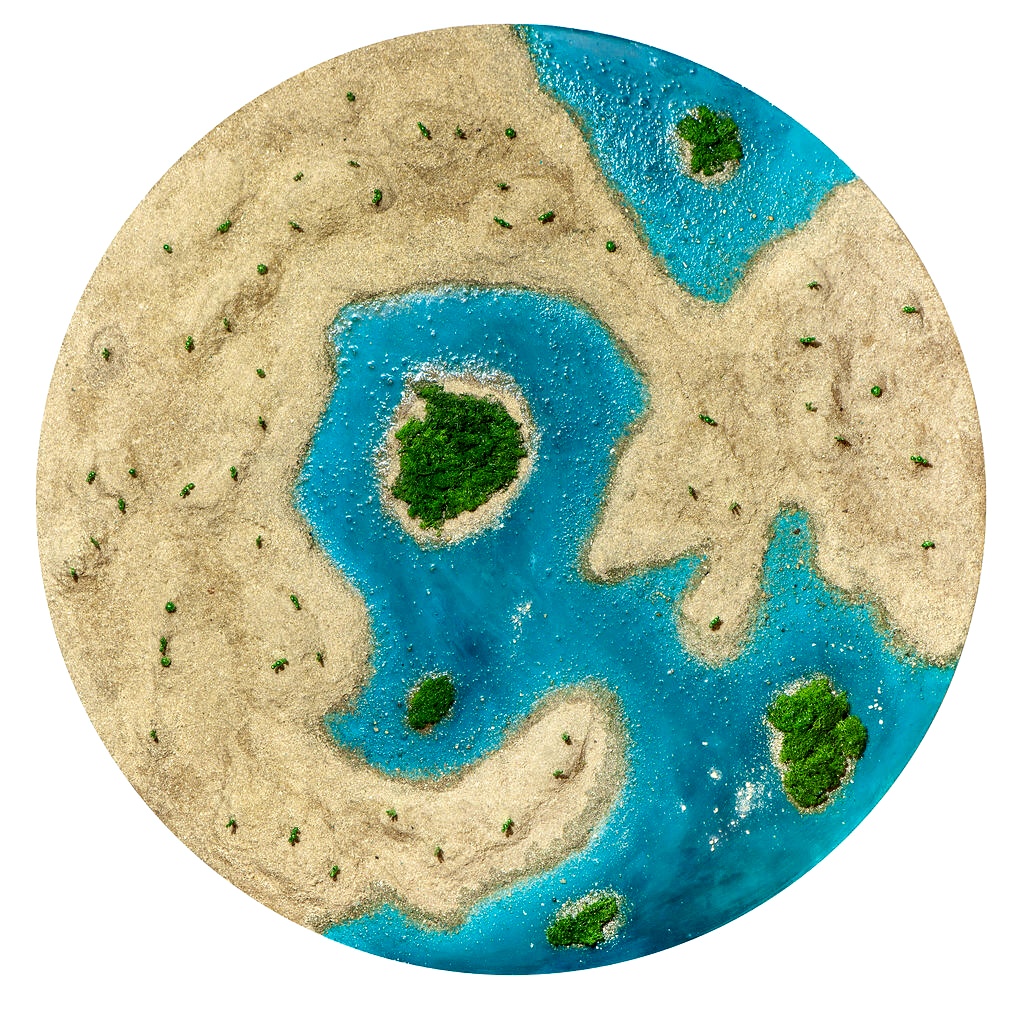
Self-isolation, 2020
Sand, fermented moss, resin, acrylic paint, chrome paint on wood
Diameter 110 cm, Mixed Media
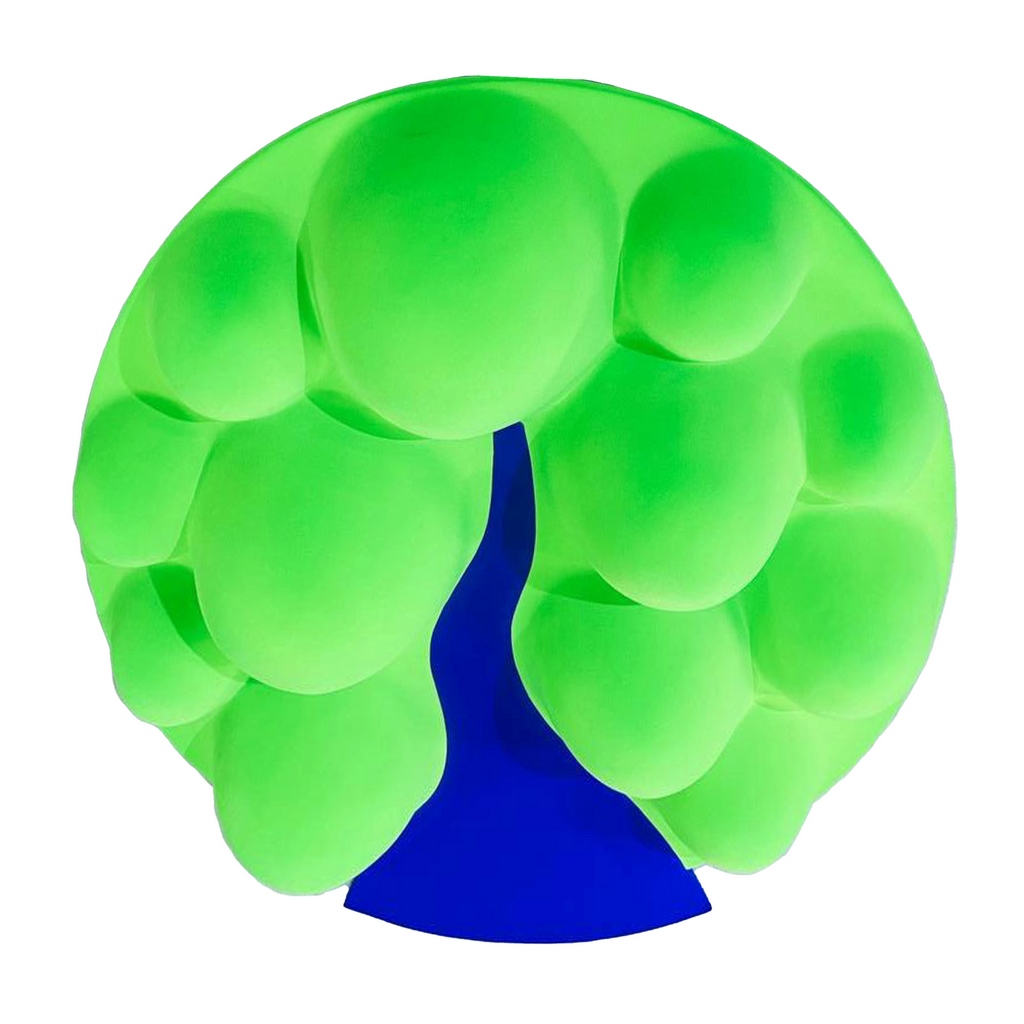
Fairytale Lands, 2022
Wood base, flocking (repurposed sawdust), acrylic paint, fiberglass construction
Diameter 110 cm, Mixed Media
The Lost Planet
The focus of Natalia Kapchuk’s art is the beauty of the nature and the ecological threats the world is now facing.
The artist uses her art to champion causes that resonate with all of us, bringing our attention to the pollution and ills of climate change threatening our world today. The creative artistic process starts with extensive research on the topics of global warming, the pollution of the ocean through plastic and other destructive behaviors impacting nature.
As a result, the artist expresses the message that humanity should think more about environmental protections and the conservation of natural resources.
The Lost Planet collection of mixed media artworks emphasizes how the effects of human actions are changing and destroying nature.
“Plastic pollution is without doubt one of the major threats to our planet, and thus we need to tackle it through innovate angles. I believe that Arts have the power of touching people’s hearts, and that’s why we’re delighted to be part of Natalia’s exhibition and to help her to create an impact and to inspire many individuals to become change makers.”
— Juan Castaño Vilas, Regional Director, Plastic Oceans Europe, 2021

“The global environmental problems we face are caused by billions of individual acts and decisions — we are all in this together. Earthwatch, as a science-based organization works across sectors of society to motivate change through creating knowledge and inspiring action. Using art as a means of communicating the issues we face increases the numbers and diversity of people we can reach on these issues. We are therefore, thrilled to be part of Natalia’s exhibition.”
— Dr Neil Bailey, Director of Philanthropy, Earthwatch Europe, 2021.


